Do Androids Dream of Exploding Stars?
University of Delaware
Department of Physics and Astronomy
Biden School of Public Policy and Administration
Data Science Institute
federica b. bianco
she/her
experiment driven science -∞:1900
theory driven science 1900-1950
data driven science 1990-2010
the fourth paradigm - Jim Gray, 2009
computationally driven science 1950-1990
experiment driven science -∞:1900
theory driven science 1900-1950
data driven science 1990-2010
the fourth paradigm - Jim Gray, 2009
computationally driven science 1950-1990
AI driven science? 2010...
Frank Rosenblatt, 1958
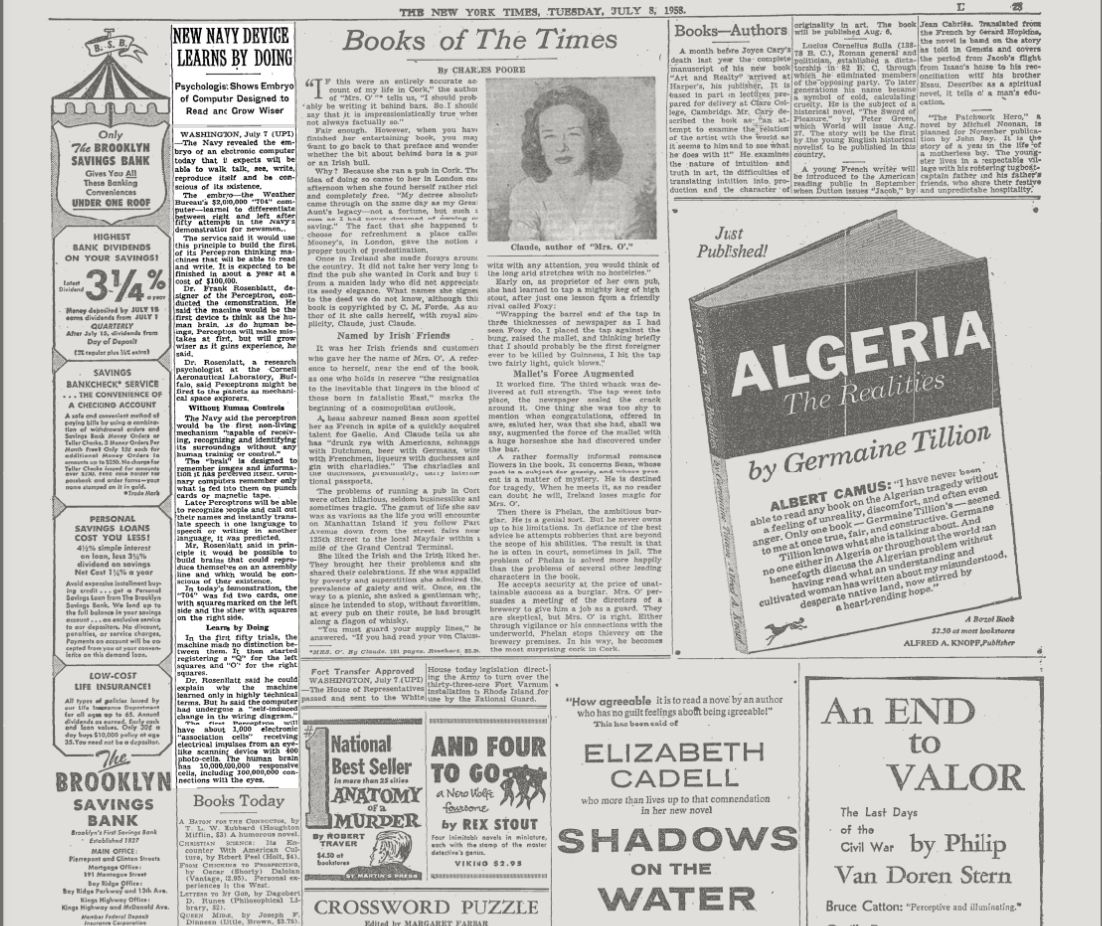
The Navy revealed the embryo of an electronic computer today that it expects will be able to walk, talk, see, write, reproduce itself and be conscious of its existence.
The embryo - the Weather Buerau's $2,000,000 "704" computer - learned to differentiate between left and right after 50 attempts in the Navy demonstration
NEW NAVY DEVICE LEARNS BY DOING; Psychologist Shows Embryo of Computer Designed to Read and Grow Wiser
July 8, 1958
when did the first Neural Network in astronomy review came out?
Join at
slido.com
#1771215

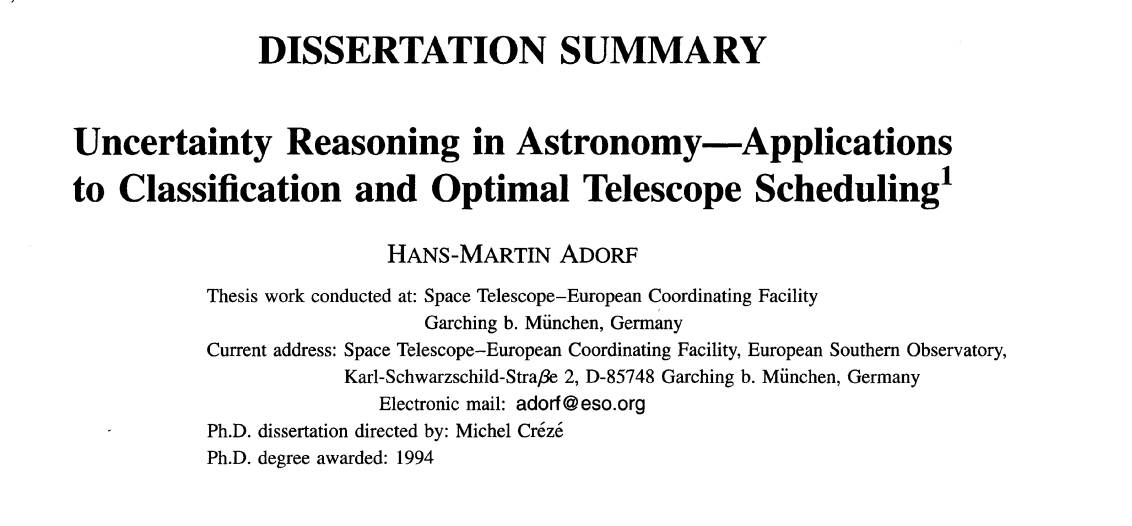
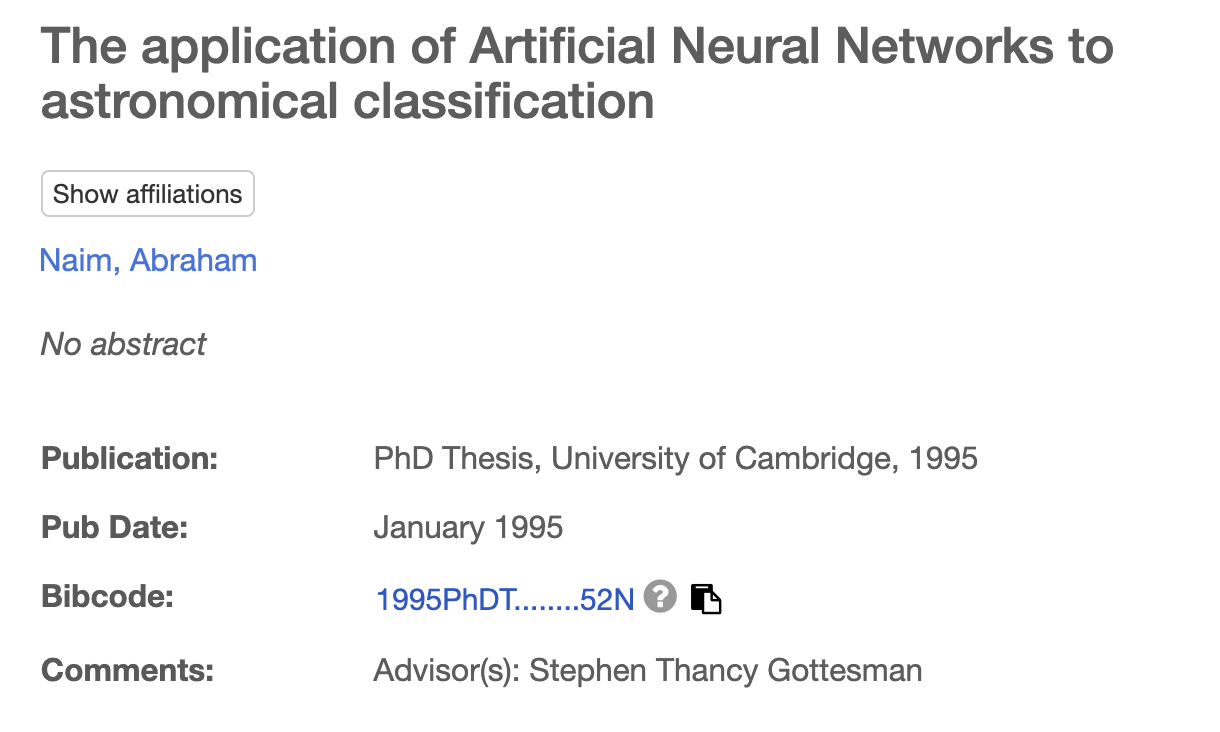
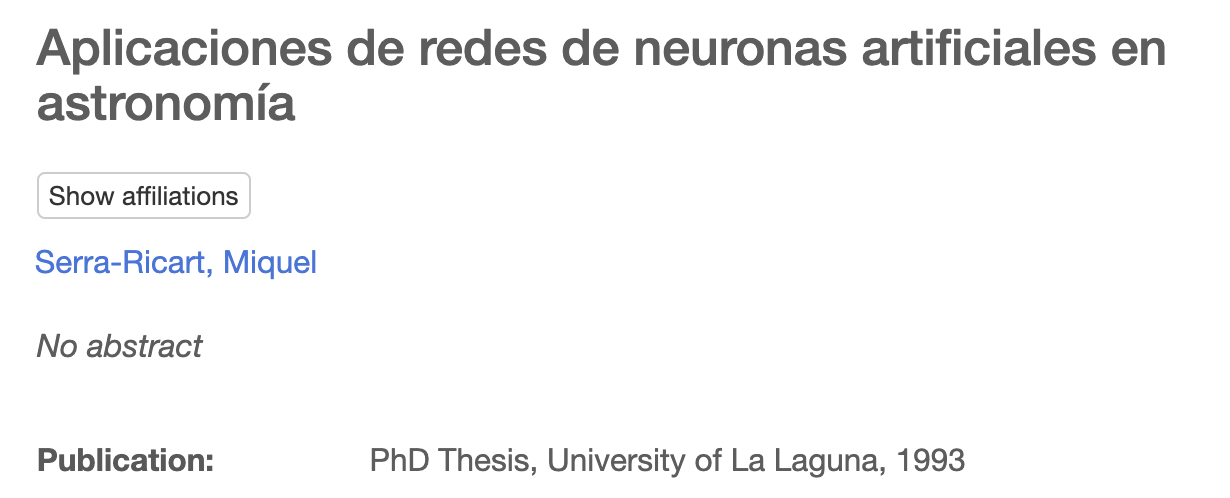



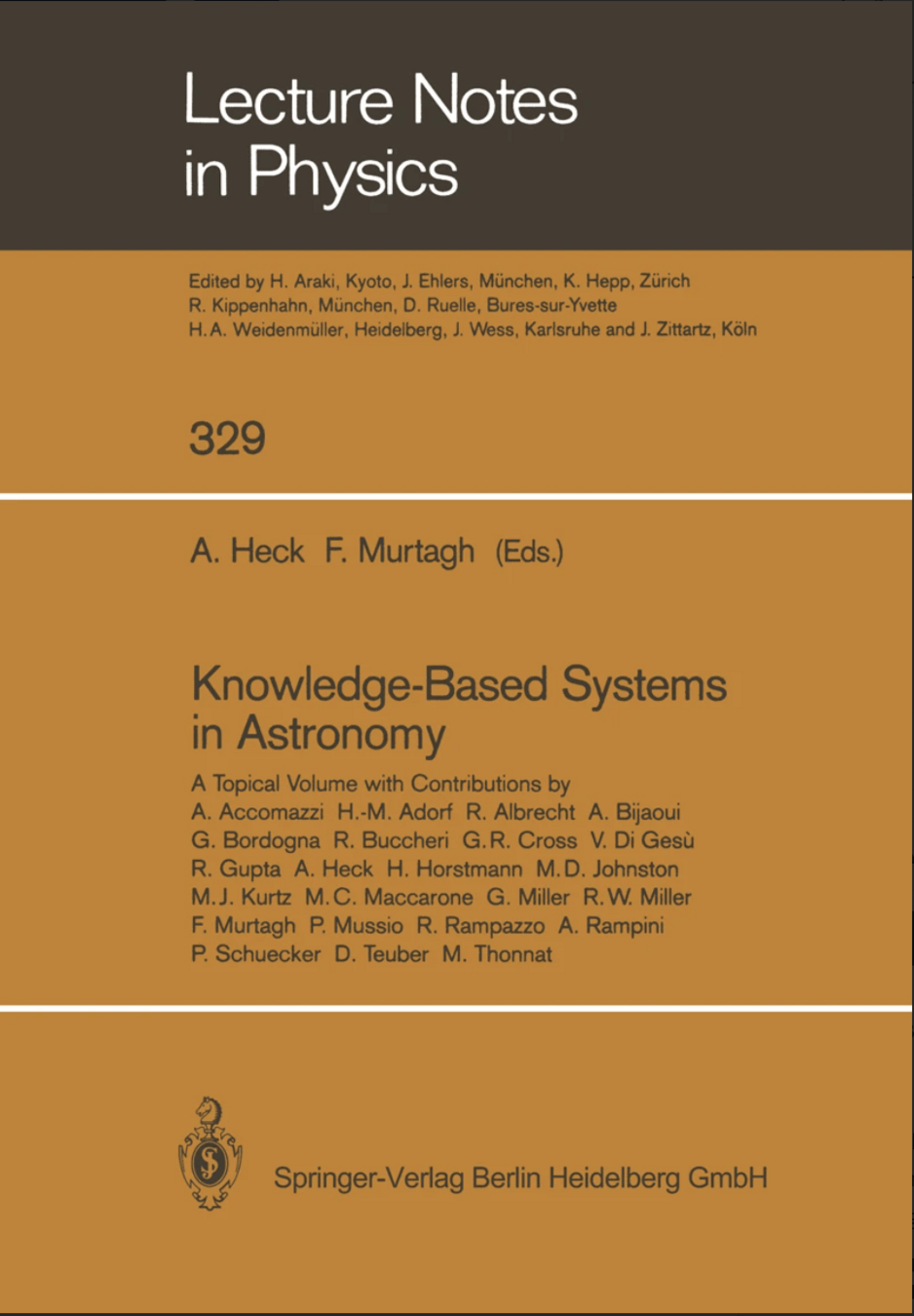
1988
early 1990s
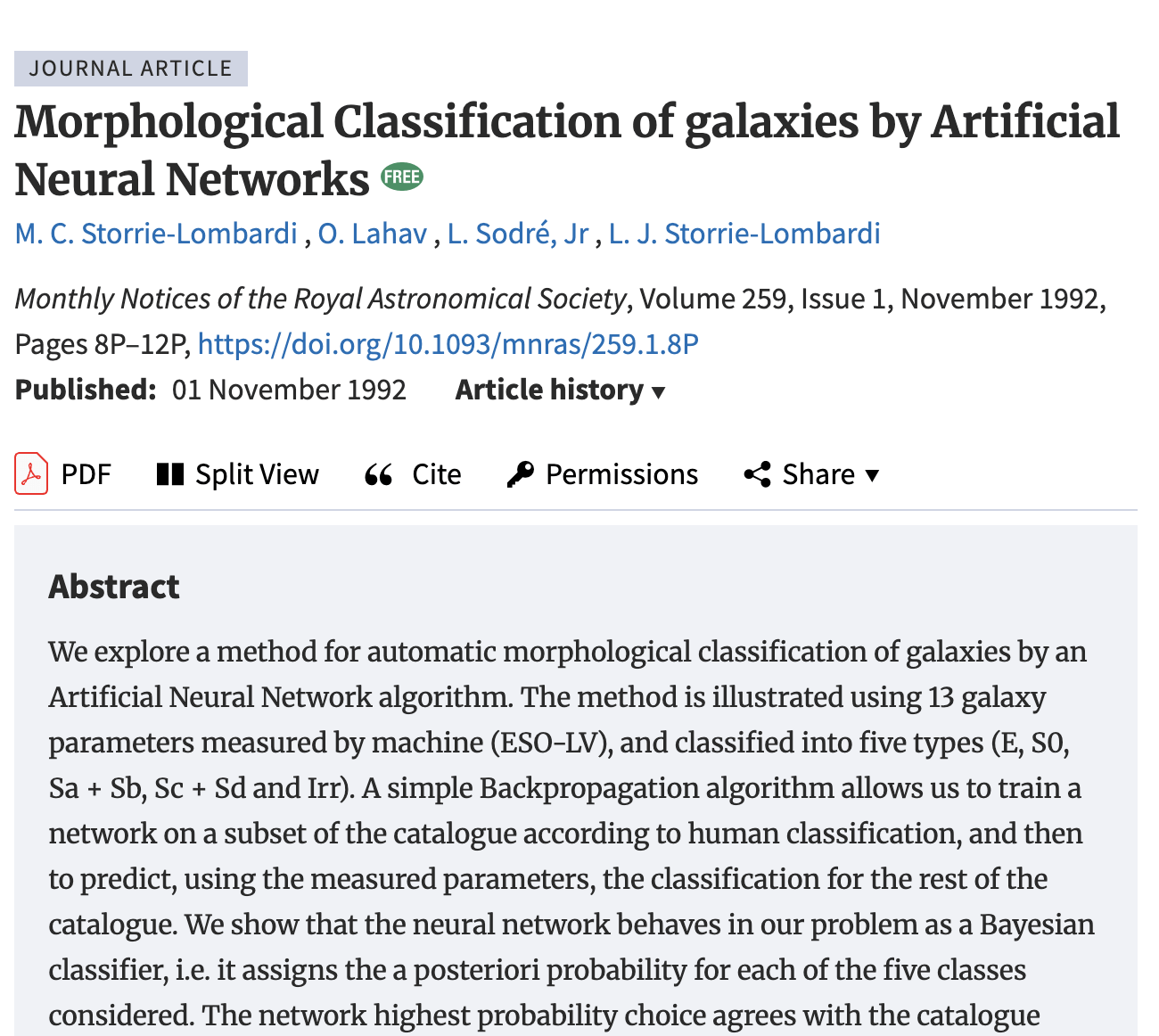
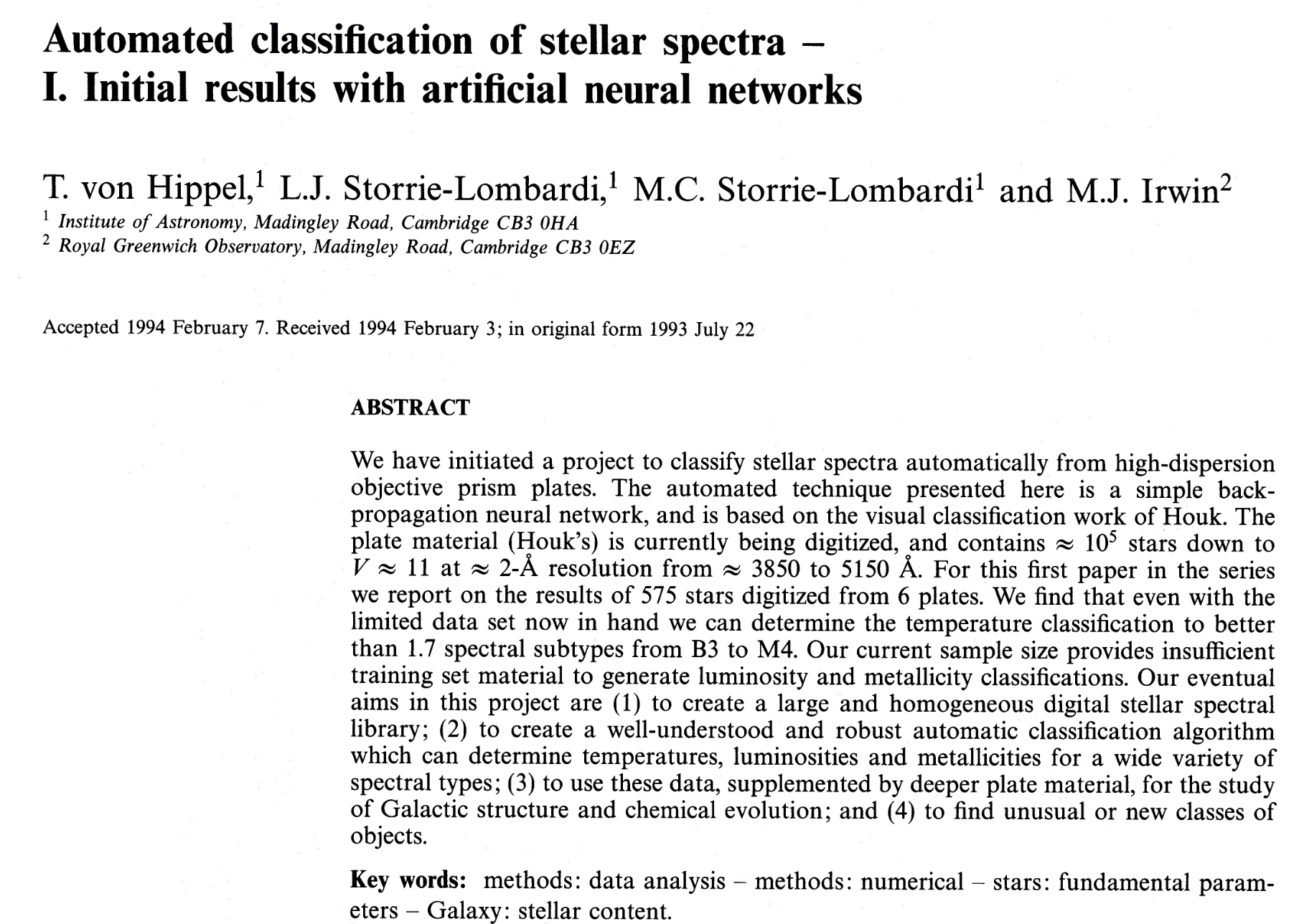

number of arXiv:astro-ph submissions with abstracts containing one or more of the strings: ‘machine learning’, ‘ML’, ‘artificial intelligence’, ‘AI’, ‘deep learning’ or ‘neural network’.

Rubin Observatory
Site: Cerro Pachon, Chile
Funding: US NSF + DOE

Building an unprecedented catalog of Solar System Objects
LSST Science Drivers

Building an unprecedented catalog of Solar System Objects
LSST Science Drivers
Mapping the Milky Way and Local Volume

Building an unprecedented catalog of Solar System Objects
LSST Science Drivers
Mapping the Milky Way and Local Volume
Probing Dark Energy and Dark Matter

Building an unprecedented catalog of Solar System Objects
LSST Science Drivers
Mapping the Milky Way and Local Volume
Probing Dark Energy and Dark Matter
Exploring the Transient Optical Sky
To accomplish this, we need:
1) a large telescope mirror to be sensitive - 8m (6.7m)
2) a large field-of-view for sky-scanning speed - 10 deg2
3) high spatial resolution, high quality images - 0.2''/pixels
4) process images in realtime and offline to produce 20TB data every night, 70PB in 10 years
>=18000 sq degrees
~800 visits per field
2 visits per night (within ~30 min for asteroids)
+ 5x10sq deg Deep Drilling Fields with ~8000 visits
Objective: to provide a science-ready dataset to transform the 4 key science area
Are We There YET????!!!!
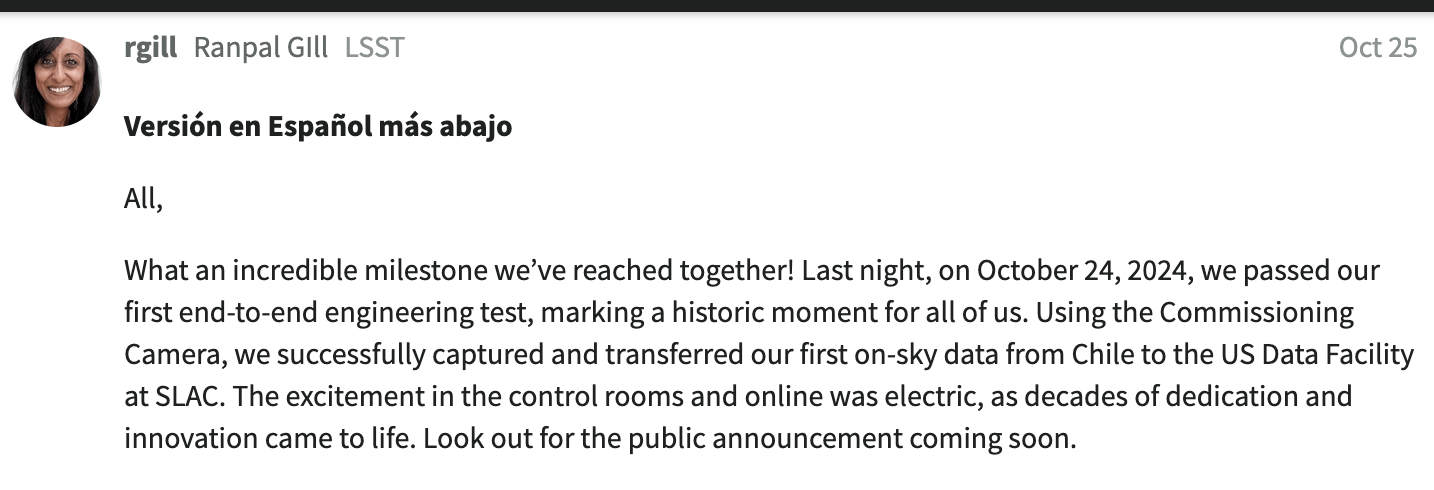

artist (me) impression of the first image taken by ComCam

The DOE LSST Camera - 3.2 Gigapixel
3024 science raft amplifier channels
Camera and Cryostat integration completed at SLAC in May 2022,
Shutter and filter auto-changer integrated into camera body
LSSTCam undergoing final stages of testing at SLAC
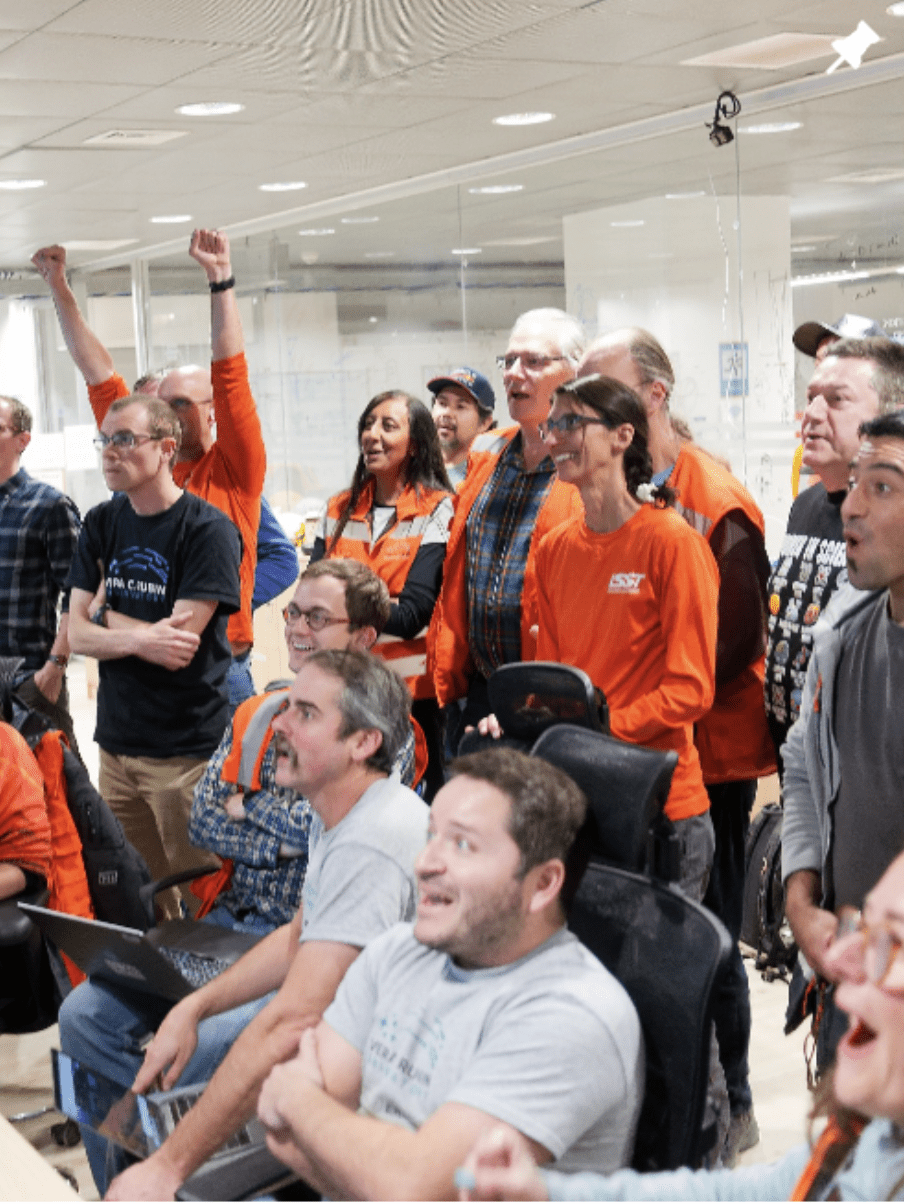

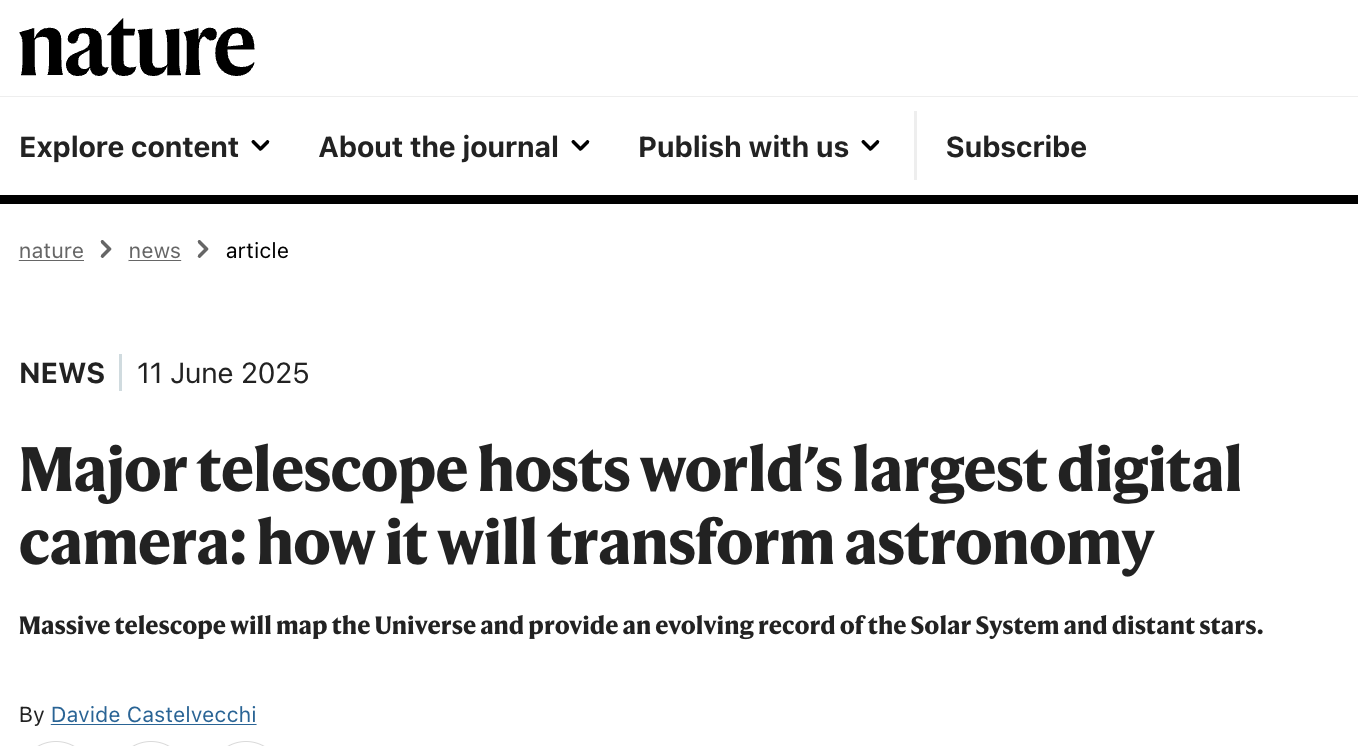
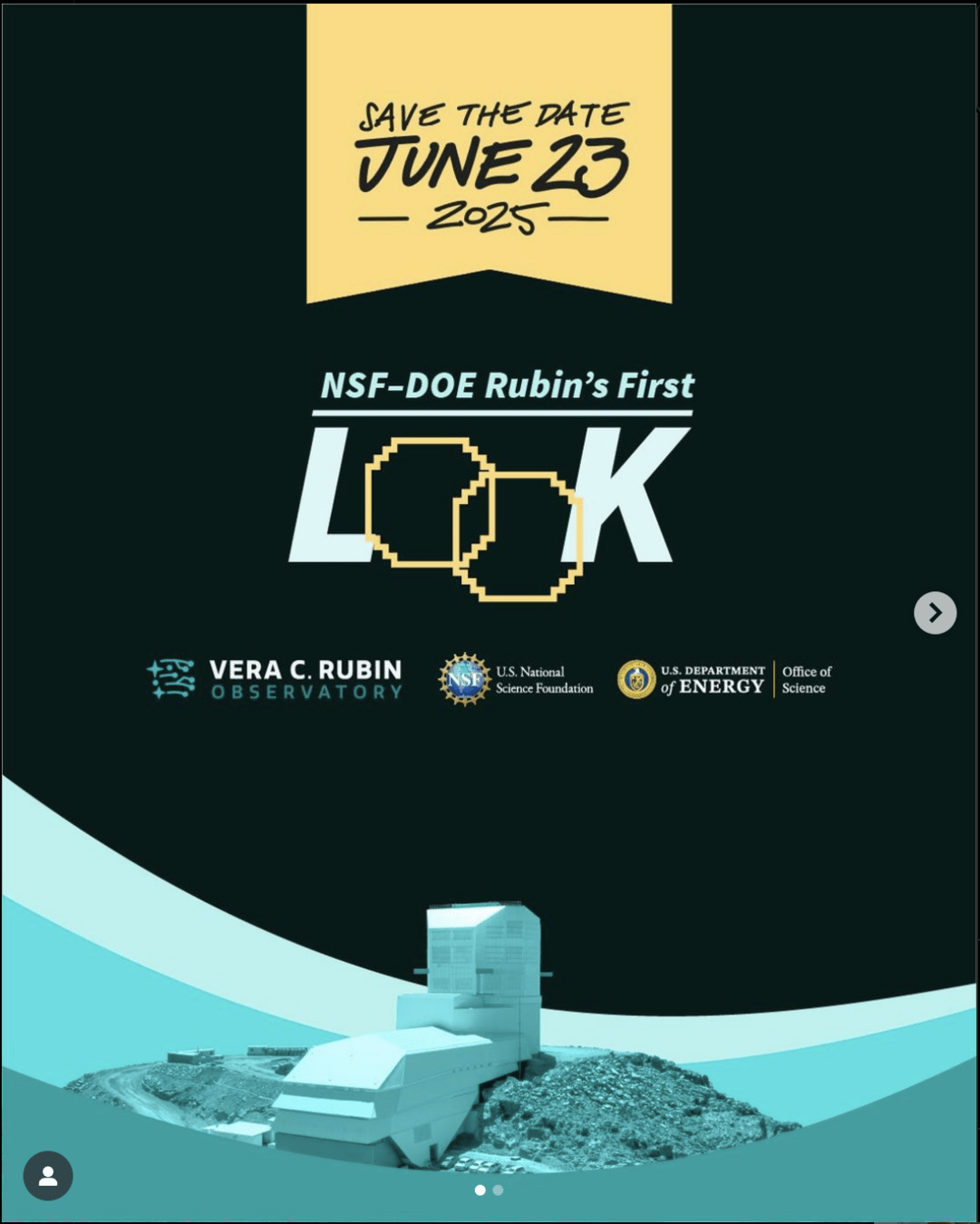
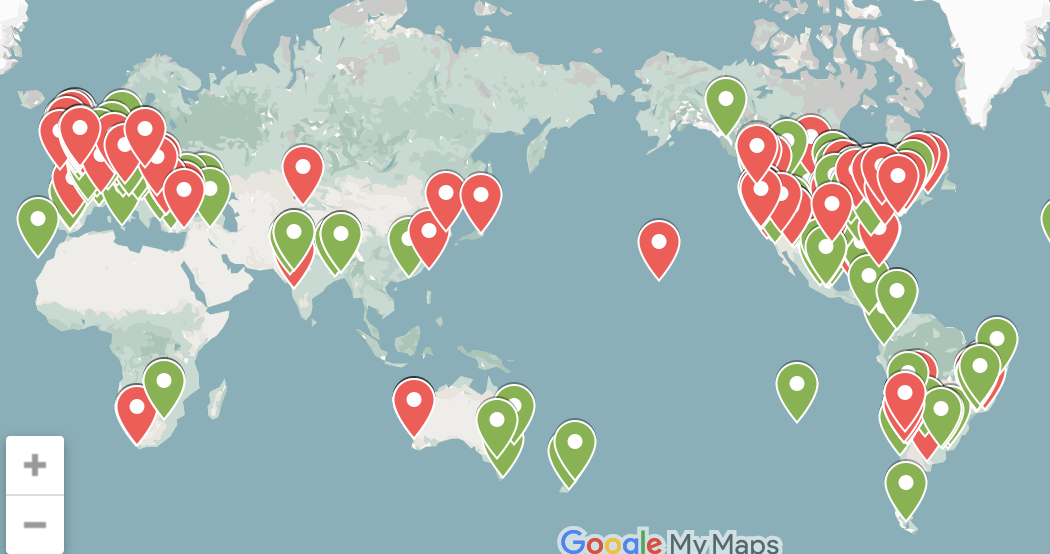
678 separate images taken in just over seven hours of observing time. Trifid nebula (top right) and the Lagoon nebula, which are several thousand light-years away from Earth. | NSF-DOE Vera C. Rubin Observatory
Virgo cluster. Visible are two prominent spiral galaxies (lower right), three merging galaxies (upper right), several groups of distant galaxies, many stars in the Milky Way galaxy and more.
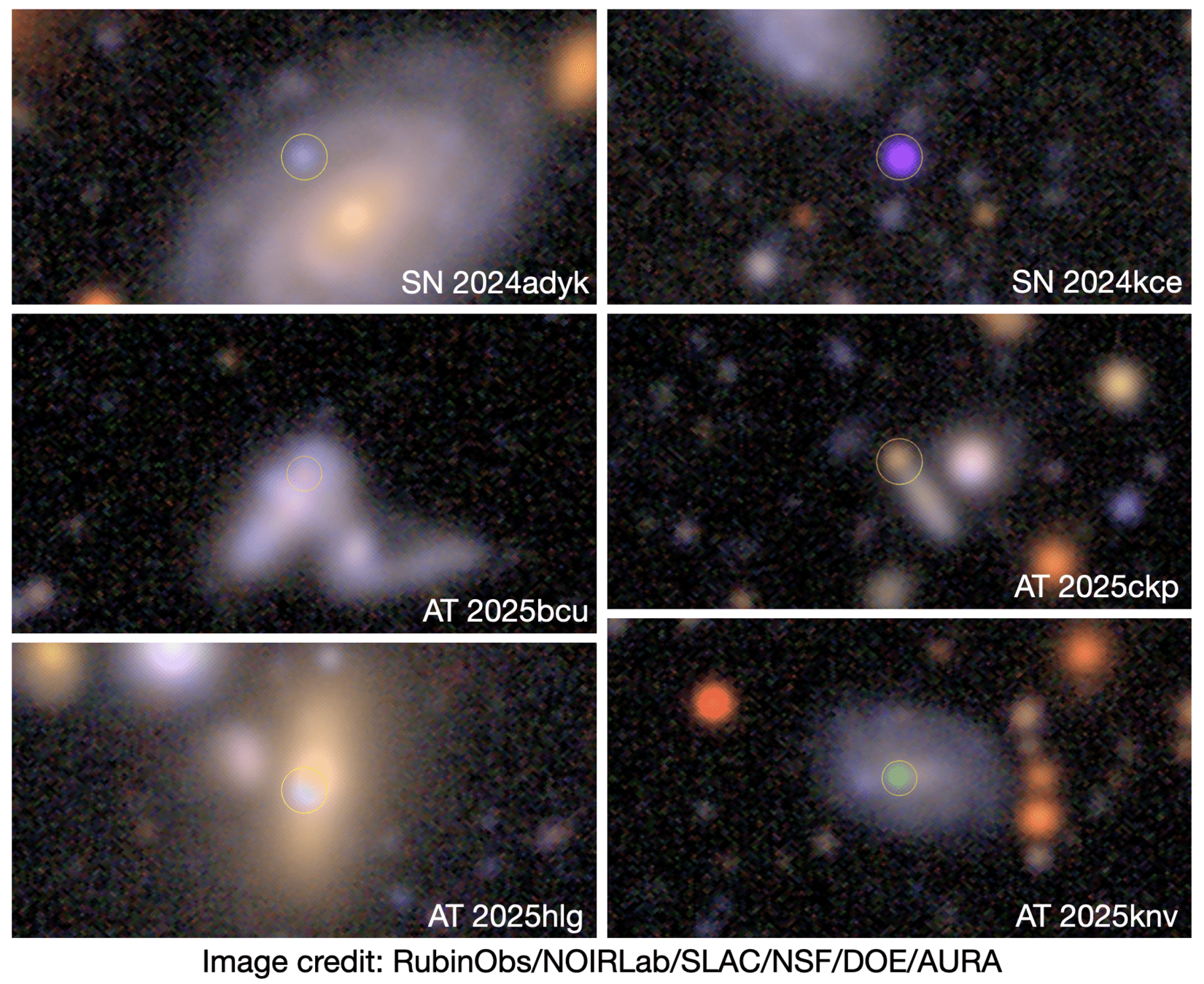
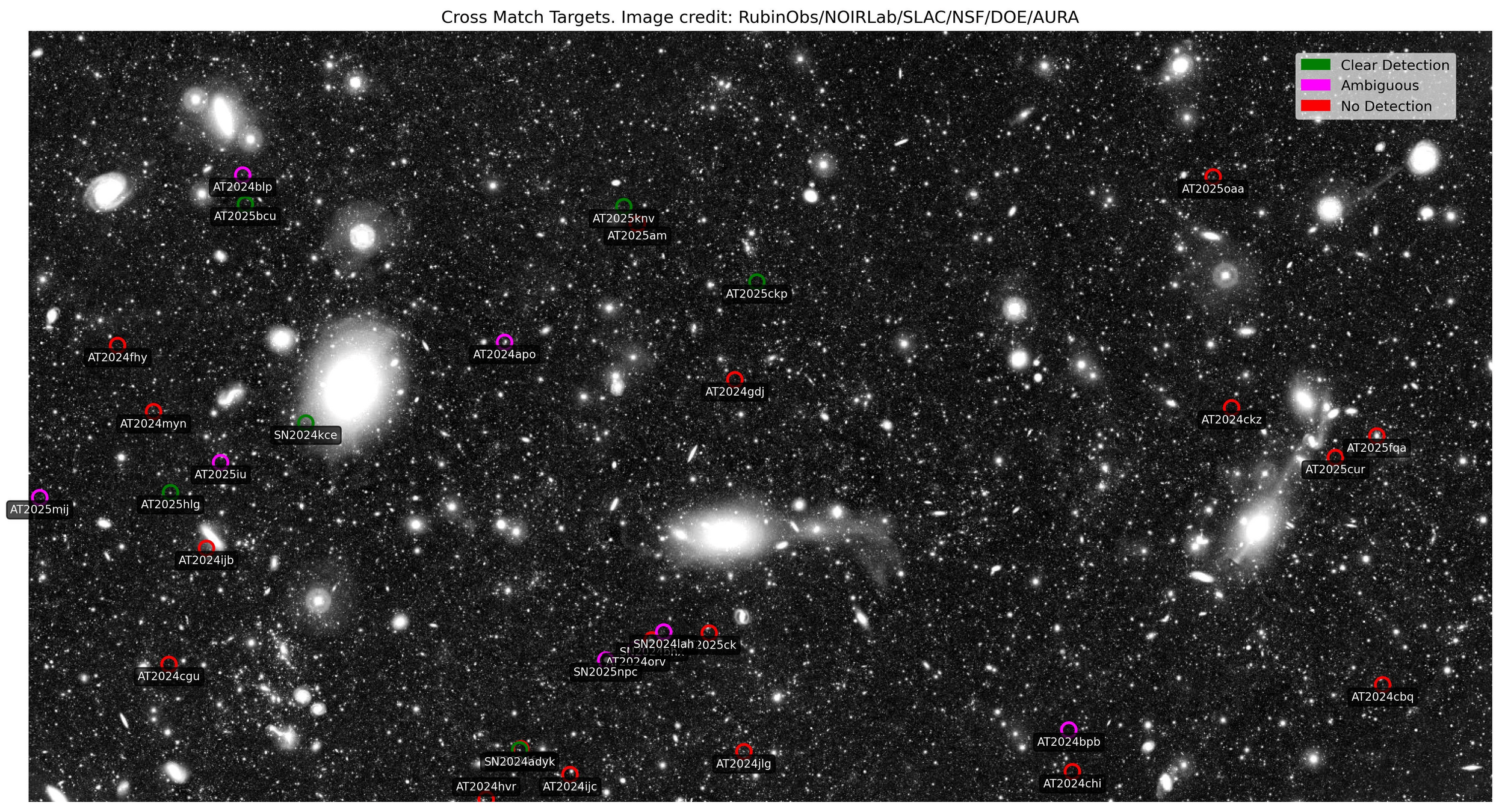

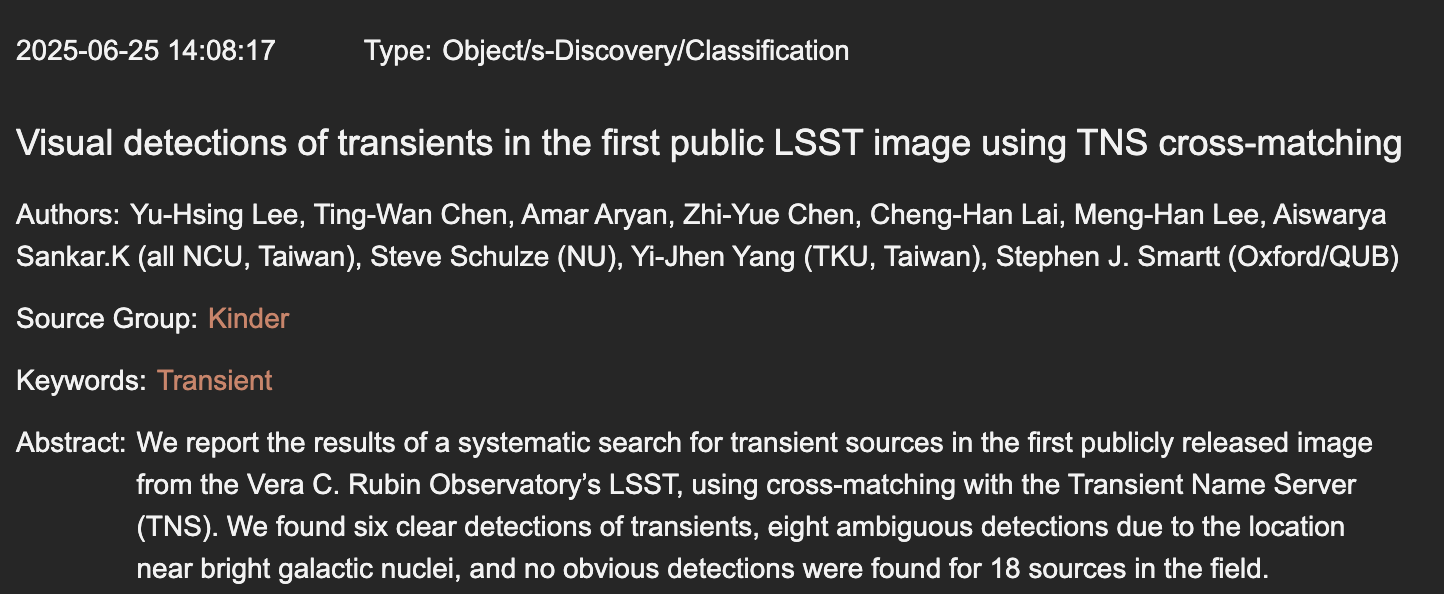
June 30, 2025
DP1 release!
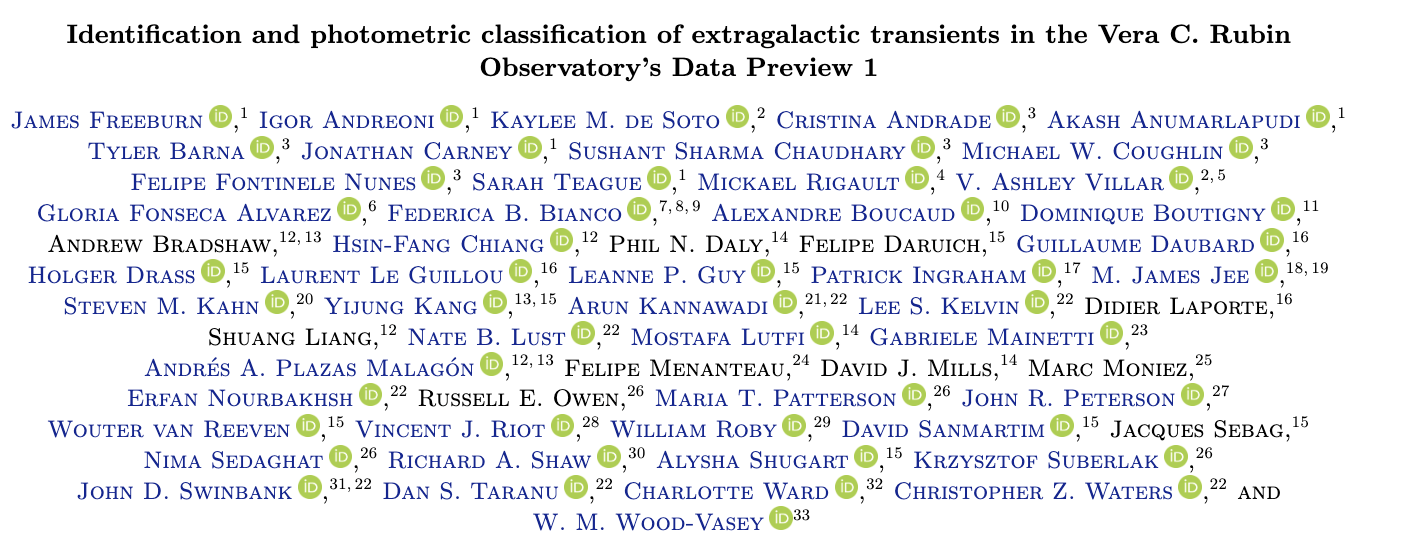

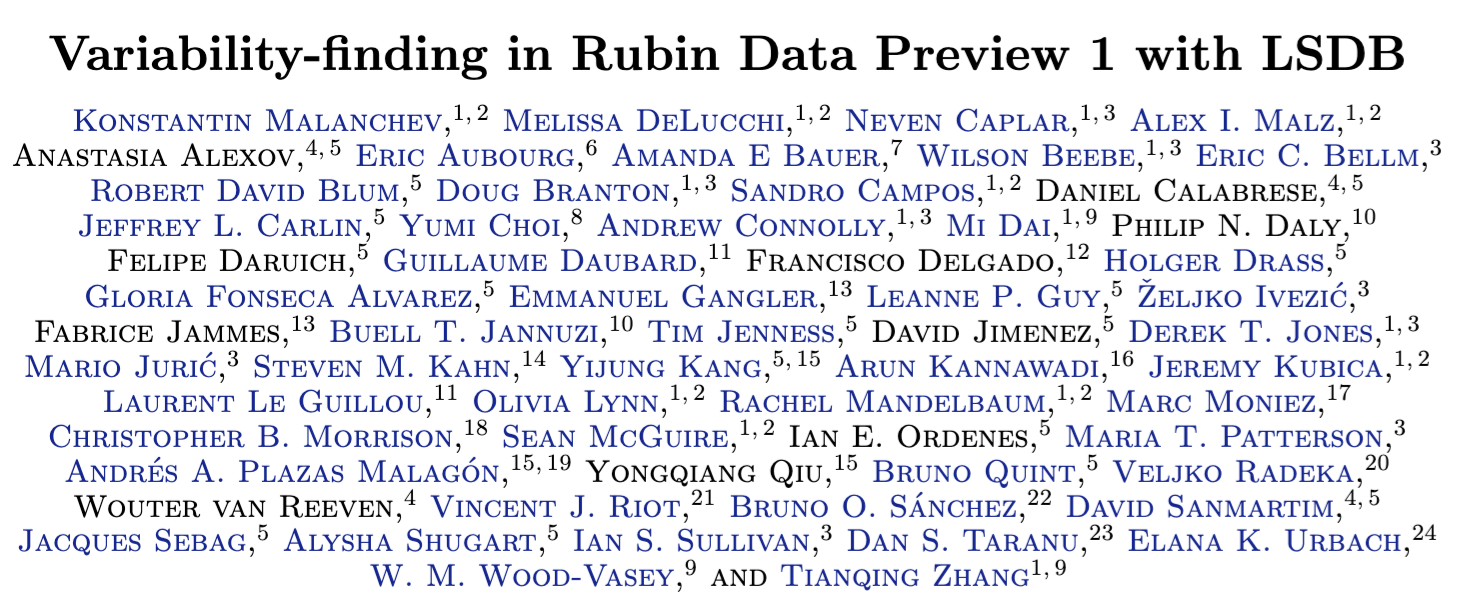


HELL YEAH!
2025

edge computing
Will we get more data???
2025

edge computing
Will we get more data???
17B stars
20 B galaxies
more celestial objects than people on this ever increasingly overpopulated earth
"BUT BIG DATA DOES NOT MEAN BIG SCIENCE"
Yang Huang,
University of Chinese Academy of Sciences
SpecCLIP talk @UNIVERSAI
IAU workshop Greece June 2025


From Flammarion's Astronomie Populaire (1880): in Scania, Denmark
Workshop of Diebold Lauber unknown artist, ca.1450
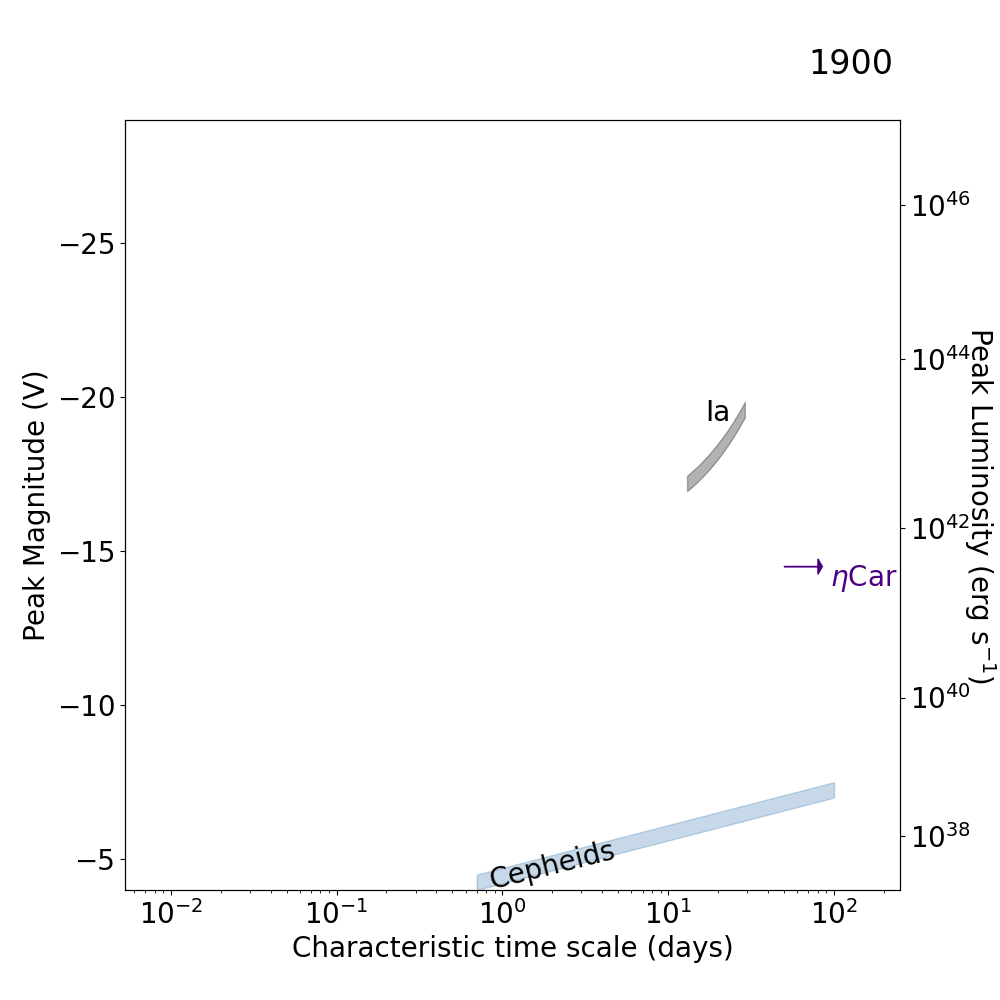
Exploring the Transient and Variable Optical Sky
Exploring the Transient and Variable Optical Sky
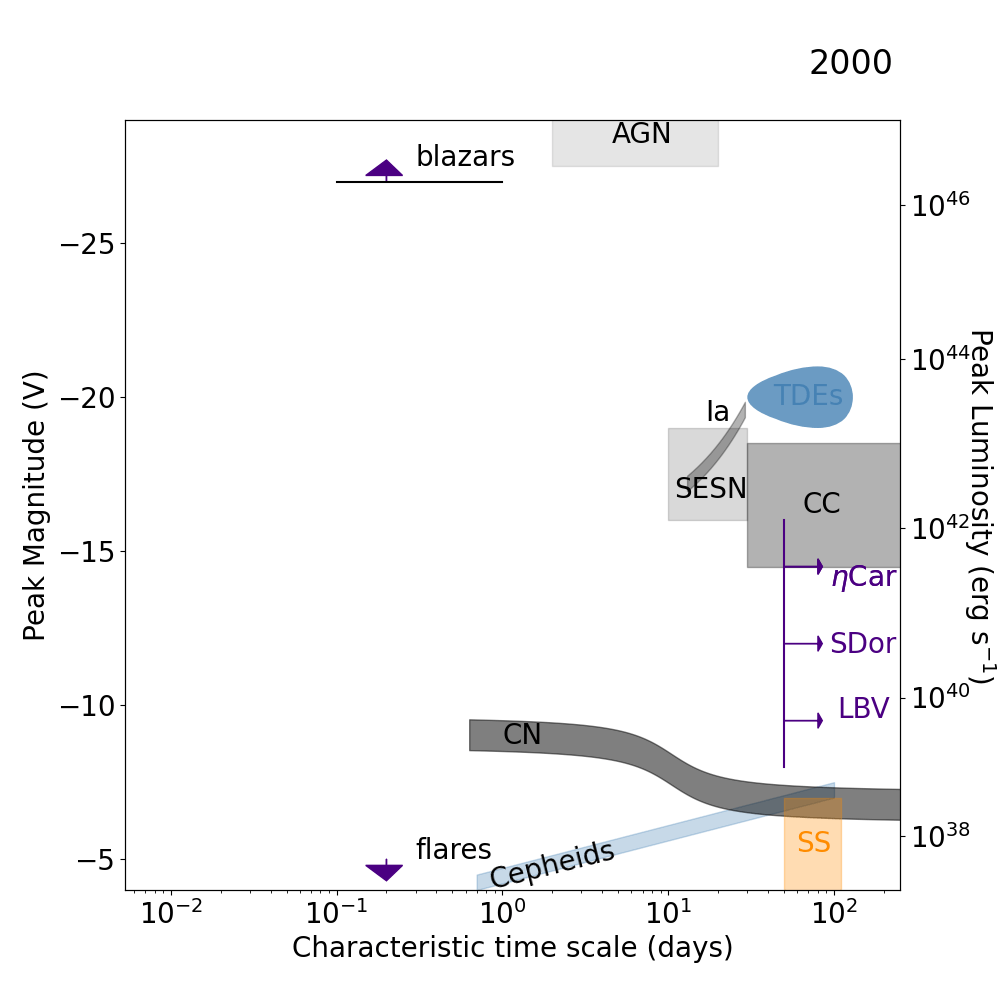
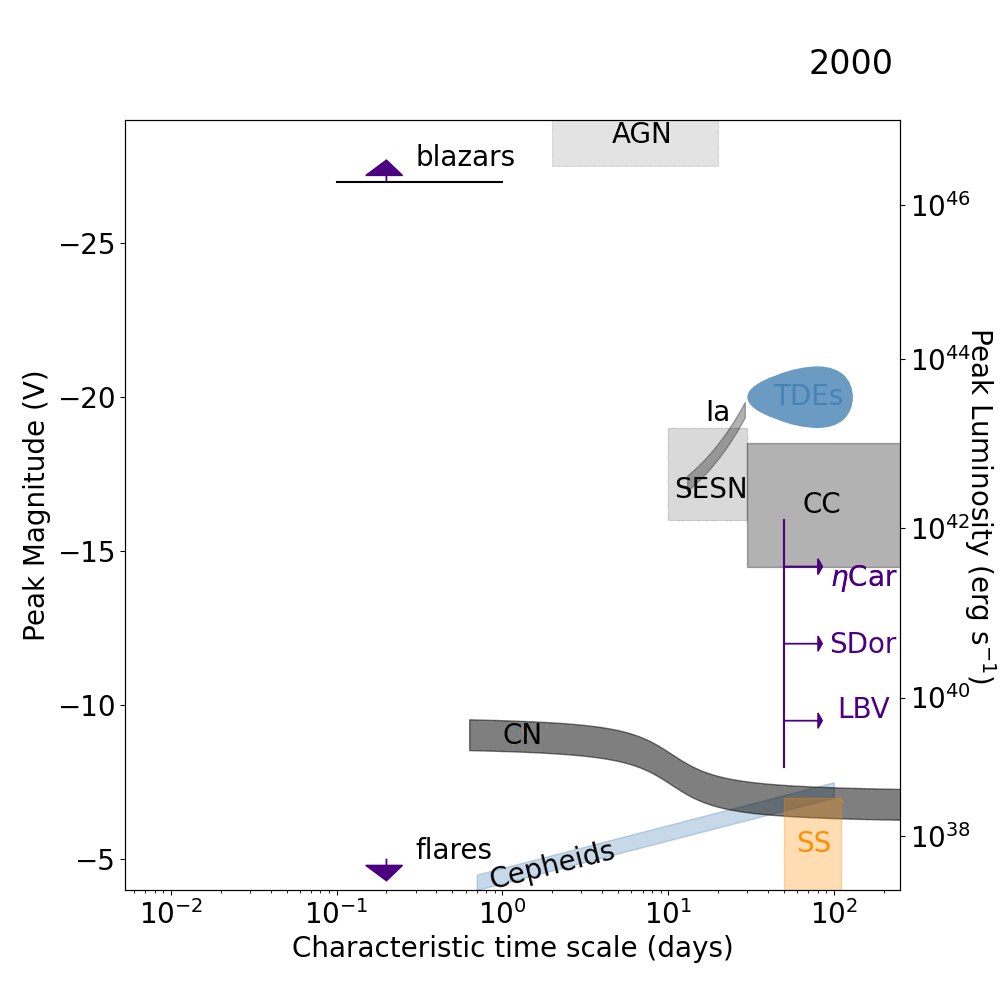
Exploring the Transient and Variable Optical Sky

Exploring the Transient and Variable Optical Sky
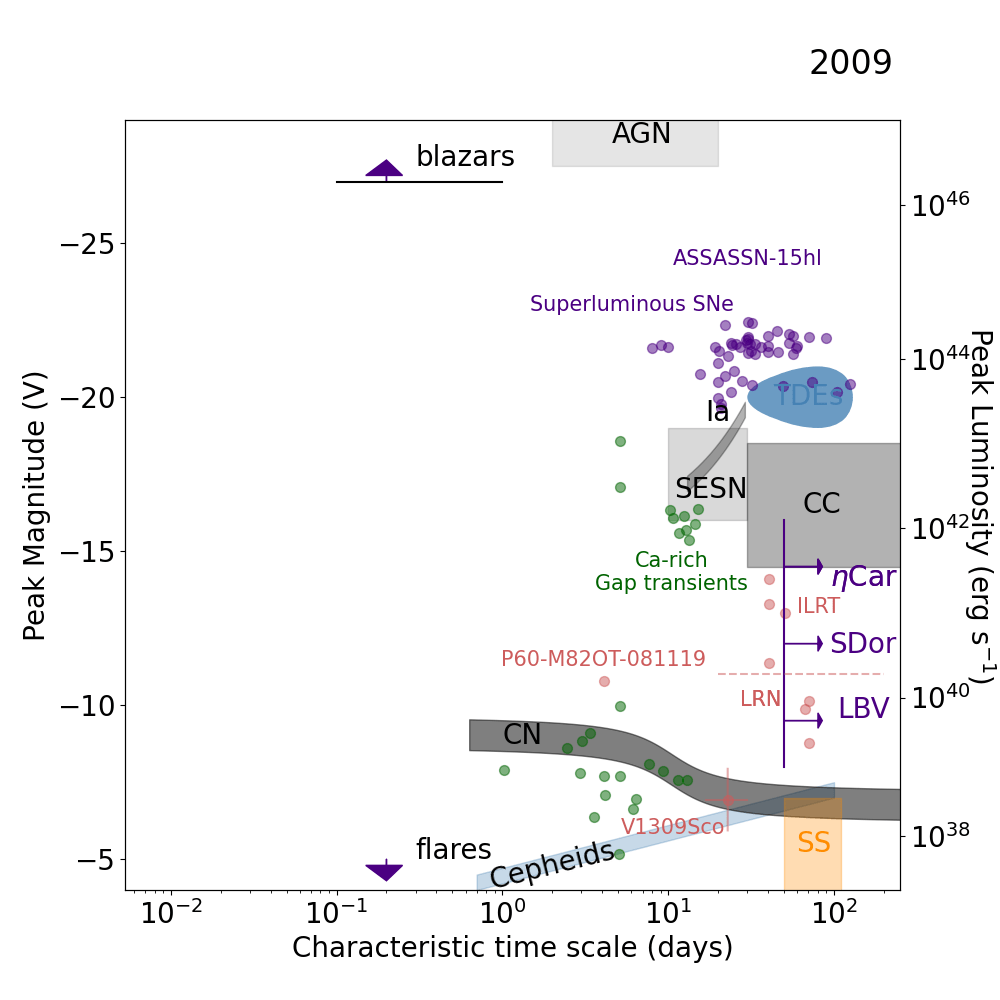
Exploring the Transient and Variable Optical Sky

Exploring the Transient and Variable Optical Sky
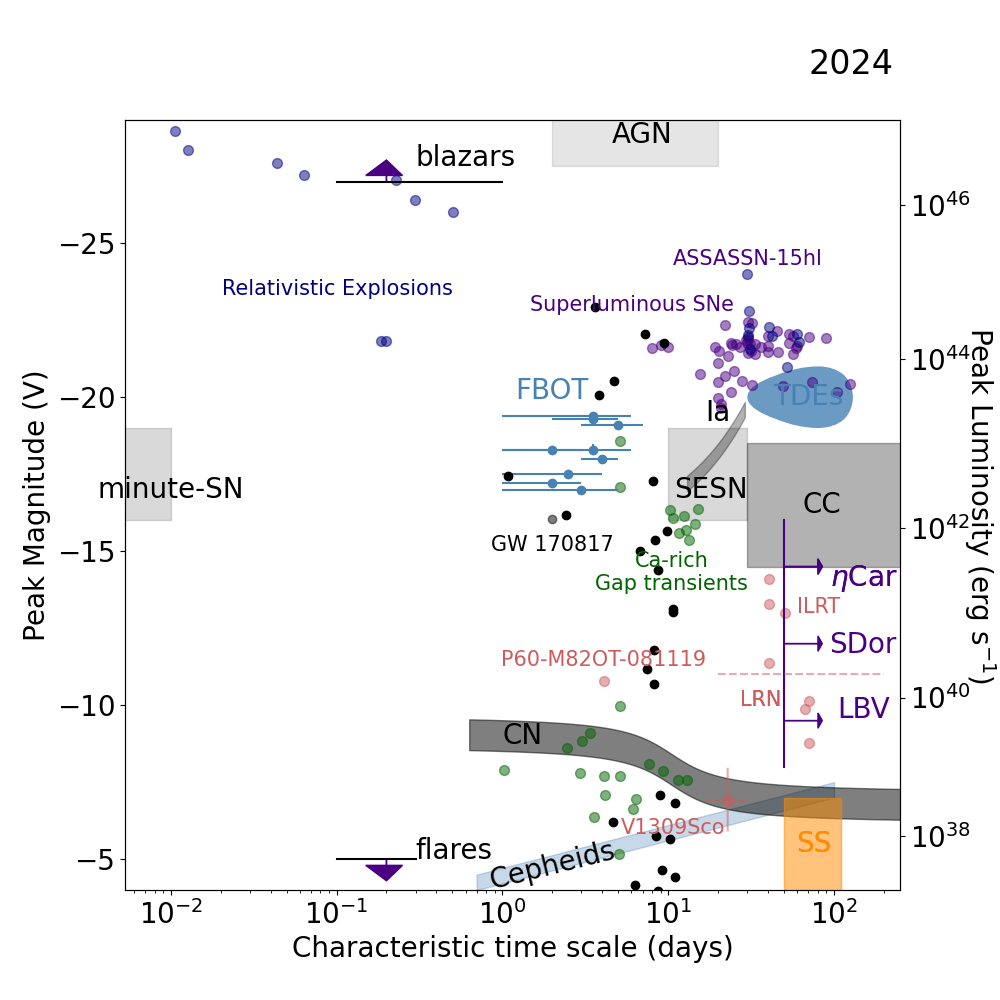
edge computing
Rubin LSST Transients by the numbers
17B stars (x10) Ivezic+19
~10 million QSO (x10) Mary Loli+21
~50k Tidal Disruption Events (from ~150) Brickman+ 2020
~10k SuperLuminous Supernovae (from ~200)
~400 strongly lensed SN Ia (from 10) Ardense+24
~50 kilonovae (from 2) Setzer+19, Andreoni+19 (+ ToO)
> 10 Interstellar Objects fom 2.... ?)

edge computing
Rubin LSST Transients by the numbers
17B stars (x10) Ivezic+19
~10 million QSO (x10) Mary Loli+21
~50k Tidal Disruption Events (from ~150) Brickman+ 2020
~10k SuperLuminous Supernovae (from ~200)
~400 strongly lensed SN Ia (from 10) Ardense+24
~50 kilonovae (from 2) Setzer+19, Andreoni+19 (+ ToO)
> 10 Interstellar Objects fom 2.... ?)

Rubin LSST Transients by the numbers
17B stars (x10) Ivezic+19
~10 million QSO (x10) Mary Loli+21
~50k Tidal Disruption Events (from ~150) Brickman+ 2020
~10k SuperLuminous Supernovae (from ~200) Villar+ 2018
~400 strongly lensed SN Ia (from 10) Ardense+24
~50 kilonovae (from 2) Setzer+19, Andreoni+19 (+ ToO)
> 10 Interstellar Objects fom 2.... ?)

Rubin LSST Transients by the numbers
17B stars (x10) Ivezic+19
~10 million QSO (x10) Mary Loli+21
~50k Tidal Disruption Events (from ~150) Brickman+ 2020
~10k SuperLuminous Supernovae (from ~200) Villar+ 2018
~400 strongly lensed SN Ia (from 10) Ardense+24
~50 kilonovae (from 2) Setzer+19, Andreoni+19 (+ ToO)
> 10 Interstellar Objects fom 2.... ?)

Rubin LSST Transients by the numbers
17B stars (x10) Ivezic+19
~10 million QSO (x10) Mary Loli+21
~50k Tidal Disruption Events (from ~150) Brickman+ 2020
~10k SuperLuminous Supernovae (from ~200) Villar+ 2018
~400 strongly lensed SN Ia (from 10) Ardense+24
~50 kilonovae (from 2) Setzer+19, Andreoni+19 (+ ToO)
> 10 Interstellar Objects fom 2.... ?)

SKA
(2025)
17B stars (x10) Ivezic+19
~10 million QSO (x10) Mary Loli+21
~50k Tidal Disruption Events (from ~150) Brickman+ 2020
~10k SuperLuminous Supernovae (from ~200) Villar+ 2018
~400 strongly lensed SN Ia (from 10) Ardense+24
~50 kilonovae (from 2) Setzer+19, Andreoni+19 (+ ToO)
> 10 Interstellar Objects fom 2.... ?)

True Novelties!
Rubin LSST Transients by the numbers

LSST survey strategy optimization
LSST survey strategy optimization
a pioneering process of community-centric design
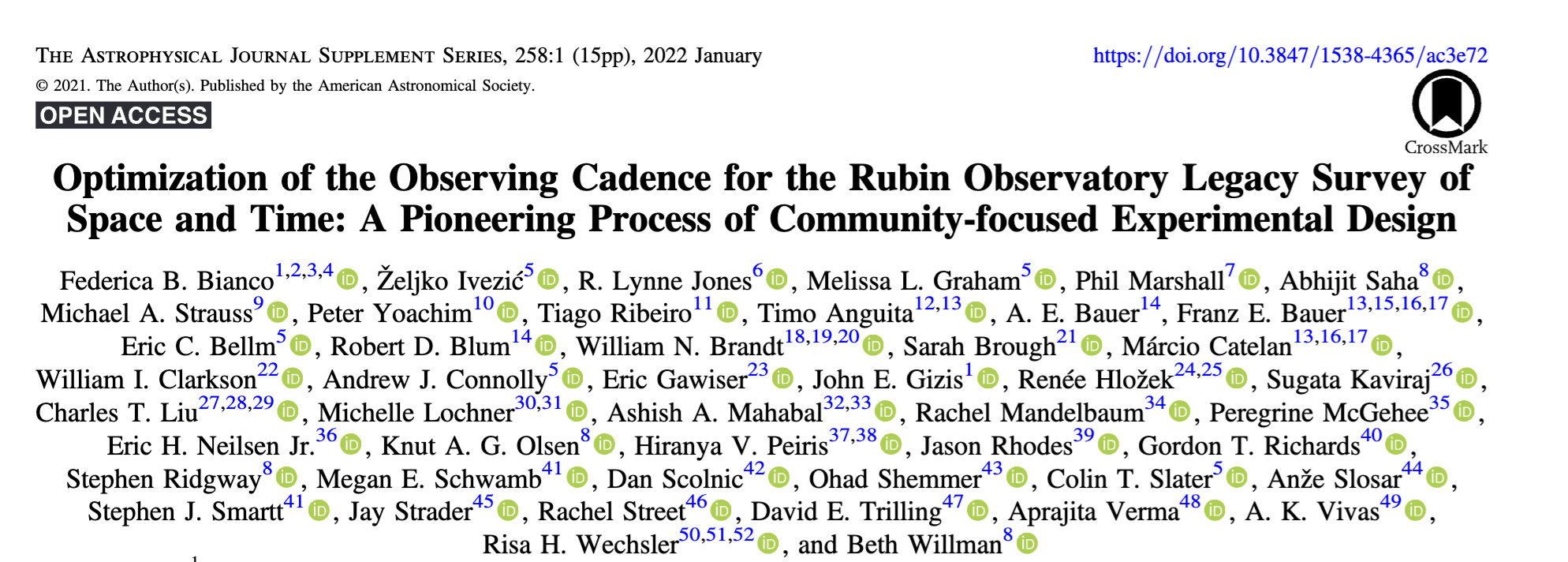
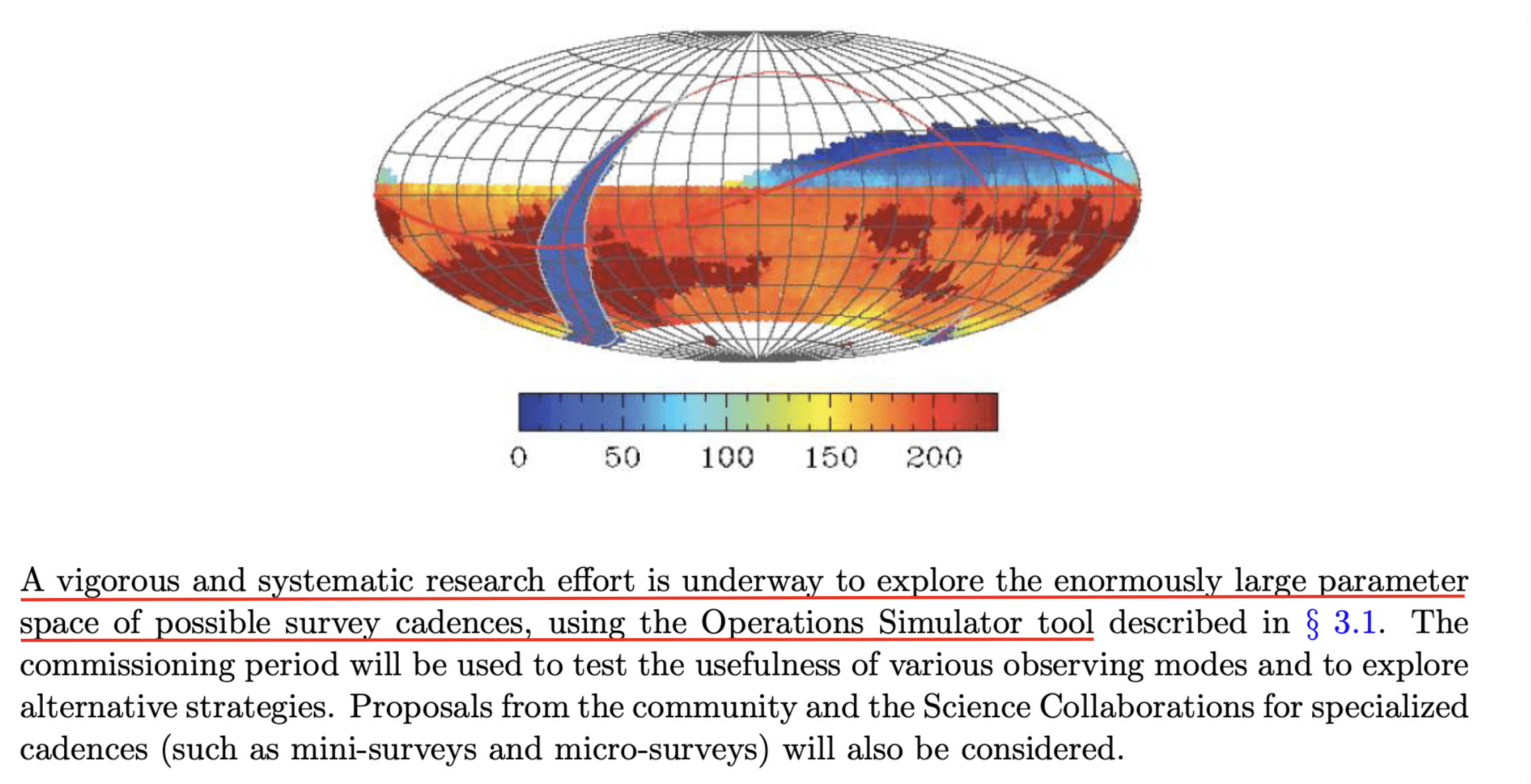
LSST Science Book (2009)
Rubin LSST survey design
Rubin has involved the community to an unprecedented level in survey design this is a uniquely "democratic" process!
Survey Cadence Optimization Committee
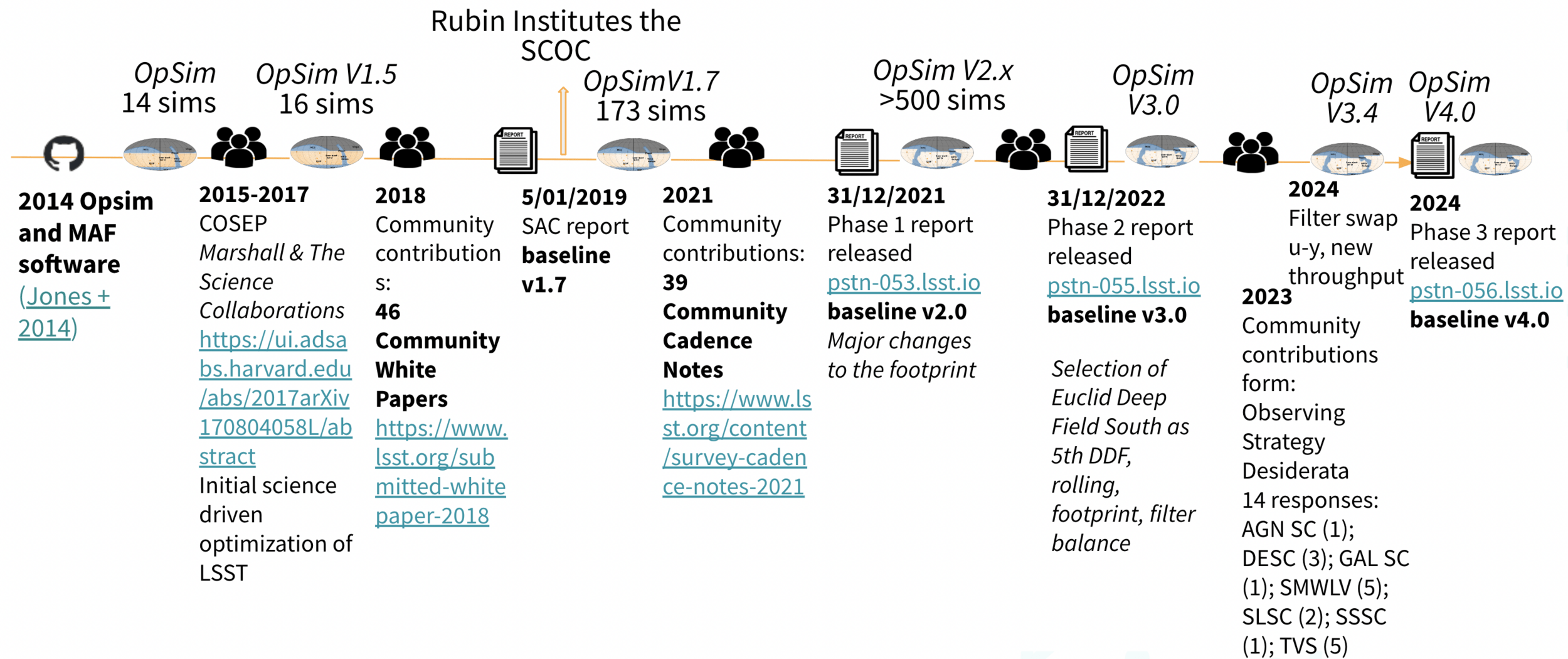
Rubin LSST survey design

2017
80,000
Rubin LSST survey design
Rubin has involved the community to an unprecedented level in survey design this is a uniquely "democratic" process!
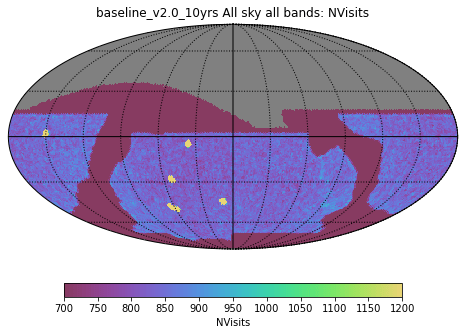
2019
80,000
Rubin LSST survey design
Rubin has involved the community to an unprecedented level in survey design this is a uniquely "democratic" process!
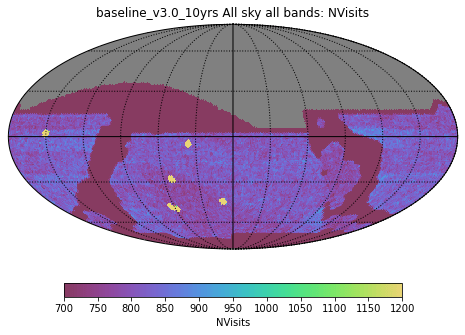
2023
80,000
Rubin LSST survey design
Rubin has involved the community to an unprecedented level in survey design this is a uniquely "democratic" process!
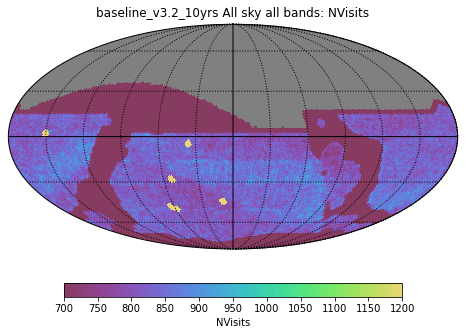
2024
80,000
Rubin LSST survey design
Rubin has involved the community to an unprecedented level in survey design this is a uniquely "democratic" process!

2024

2024

80,000
Rubin LSST survey design up to 2018
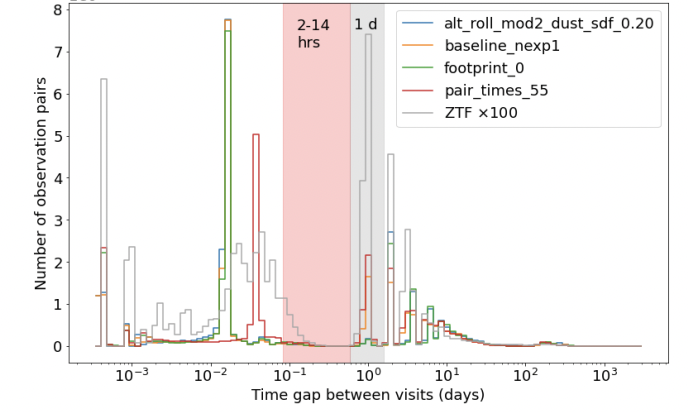
# pairs of observations (1e5)
time gaps (days)
Eric C. Bellm et al 2022 ApJS 258 13
Proposed 3 intranight obs
2 within 1 hour in different filters
1 at 4-8 hours separation w repeat filter
Intranight color (near instantaneous)
Intranight rate of change (~hour time scales)
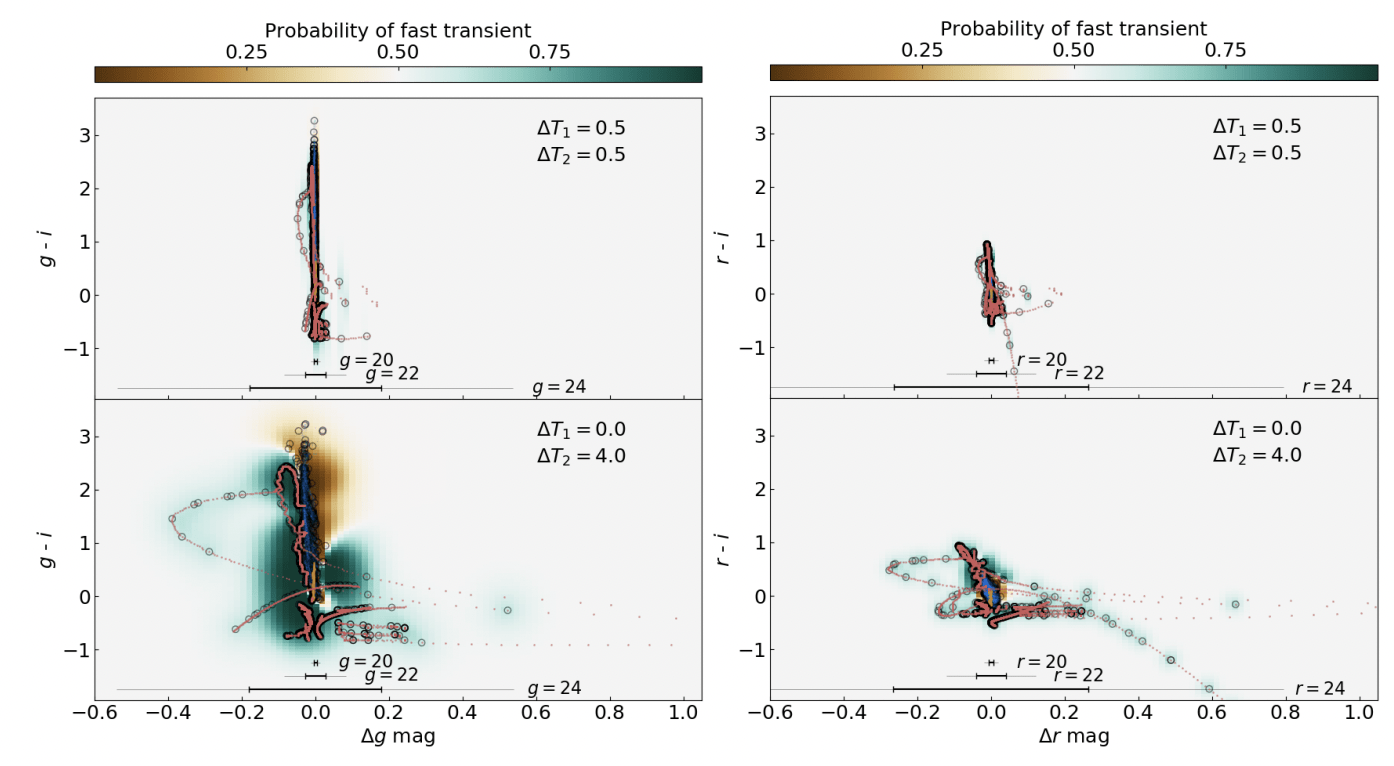
Presto-Color, Bianco+ 2019
Introducing Rolling Cadence
Current plan: rolling 8 out of the 10 years
newer simulations ->
<-bad good ->
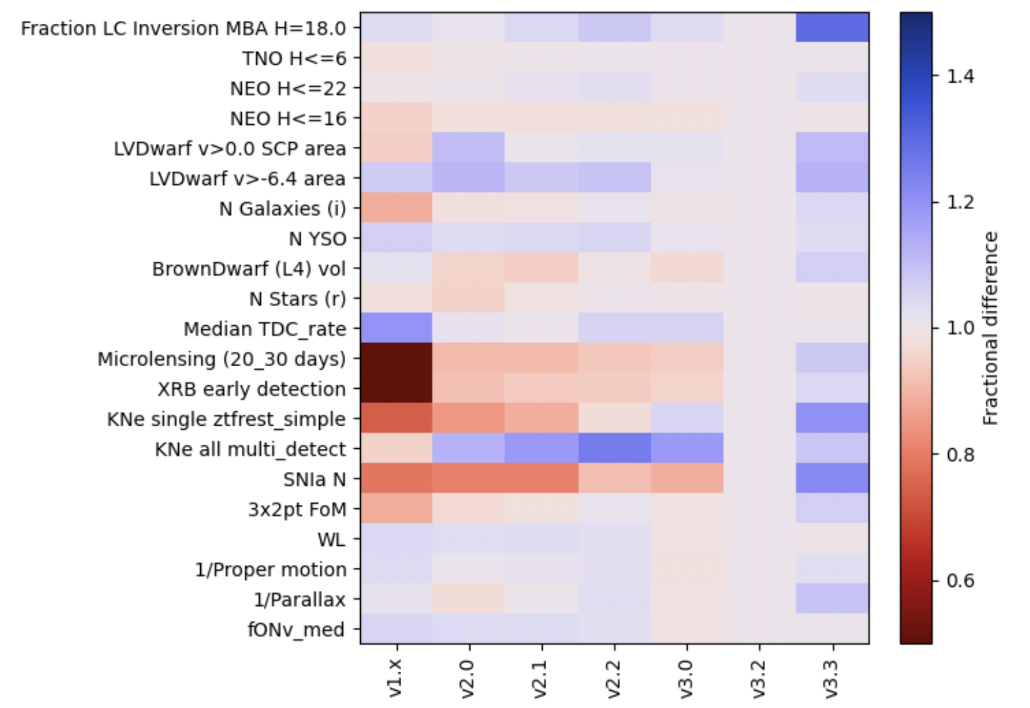
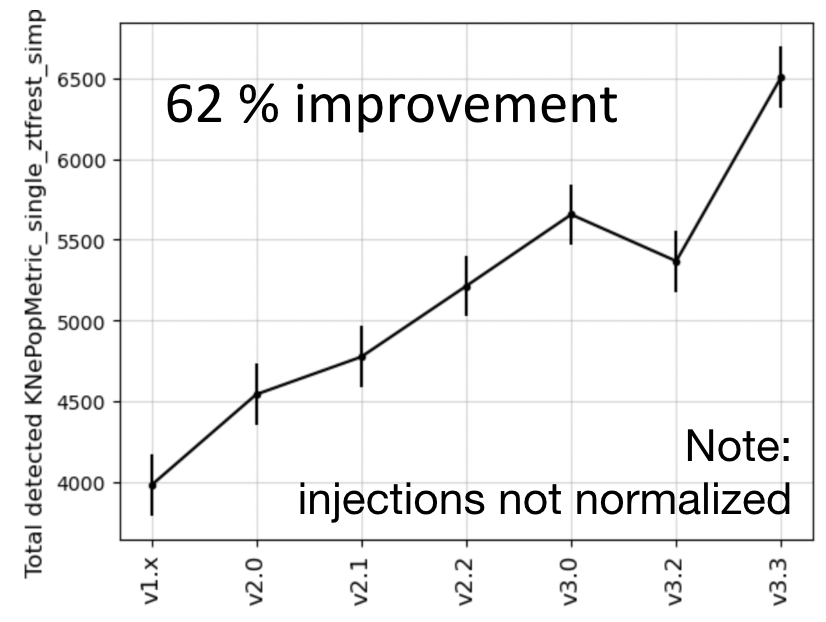
newer simulations ->
4 – 24 hour gaps between epochs will enable kilonova parameter estimation
Kilonovae in LSST Wide Fast Deep
Andreoni+ 2022a
Rubin ToO program
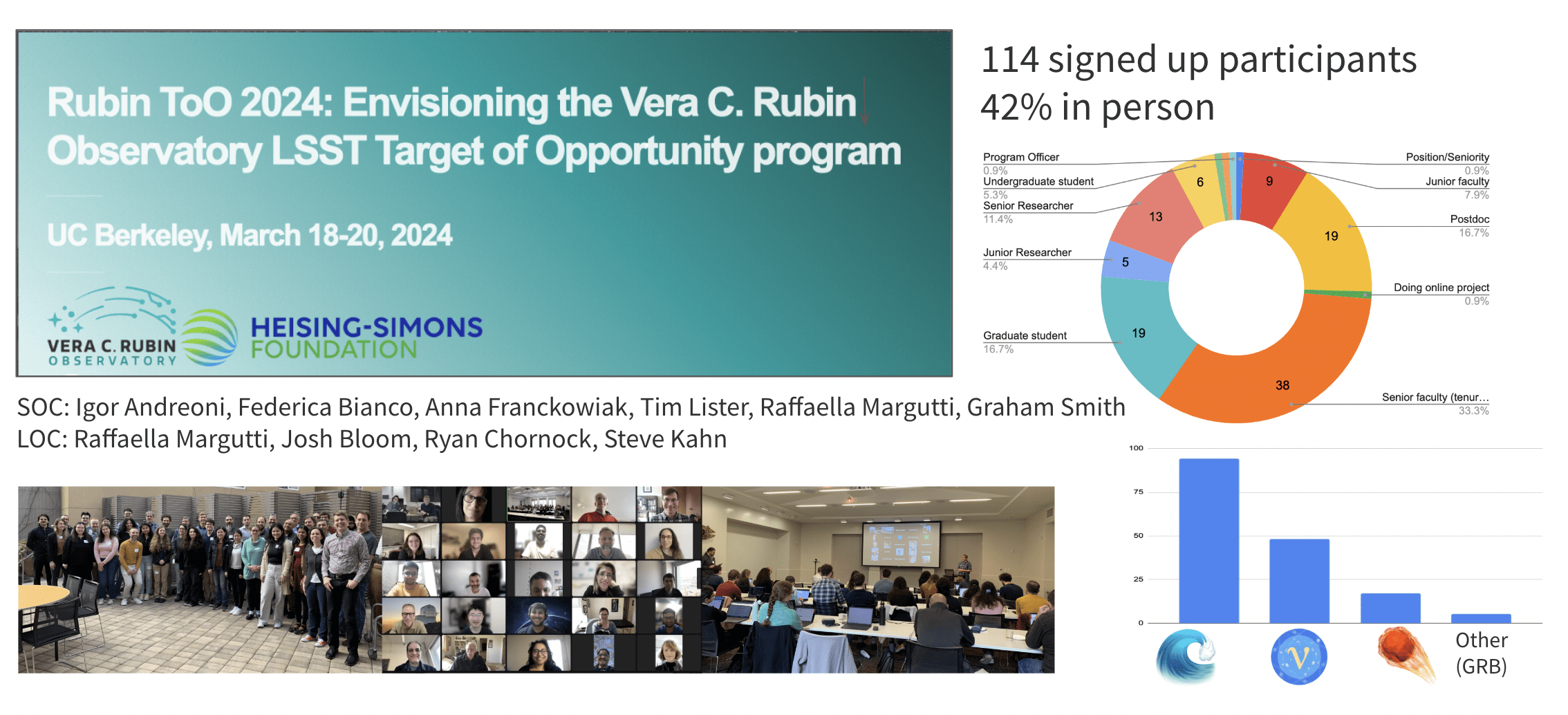
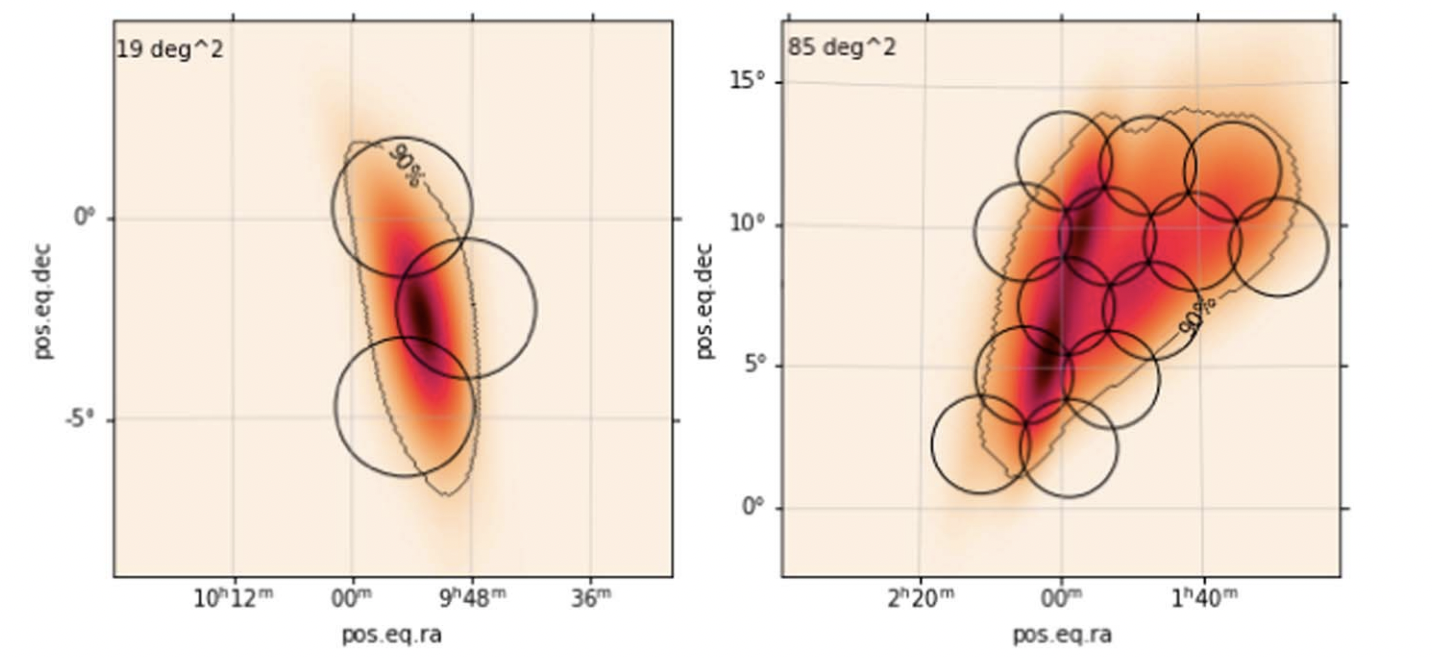
Rubin ToO program
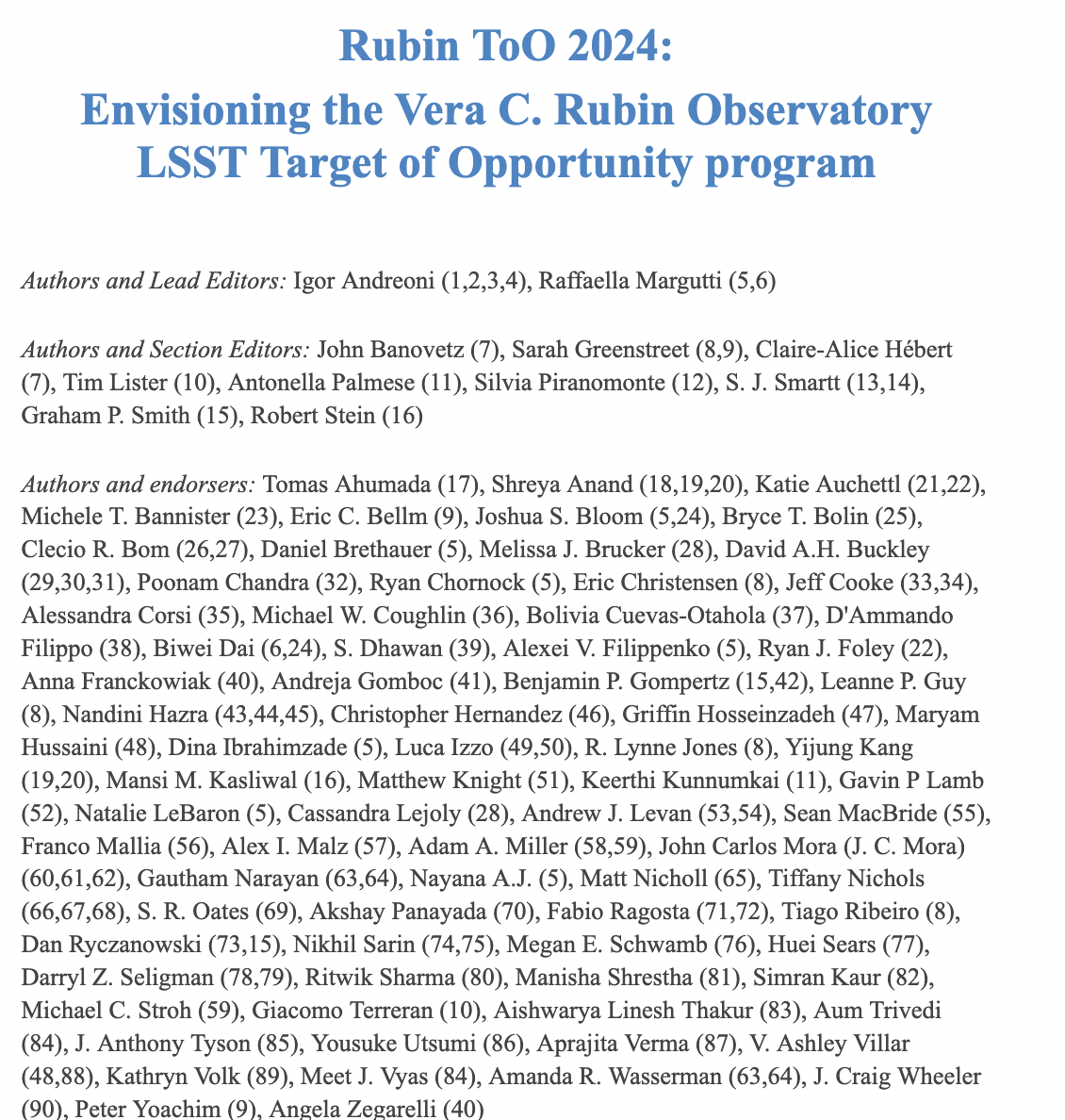
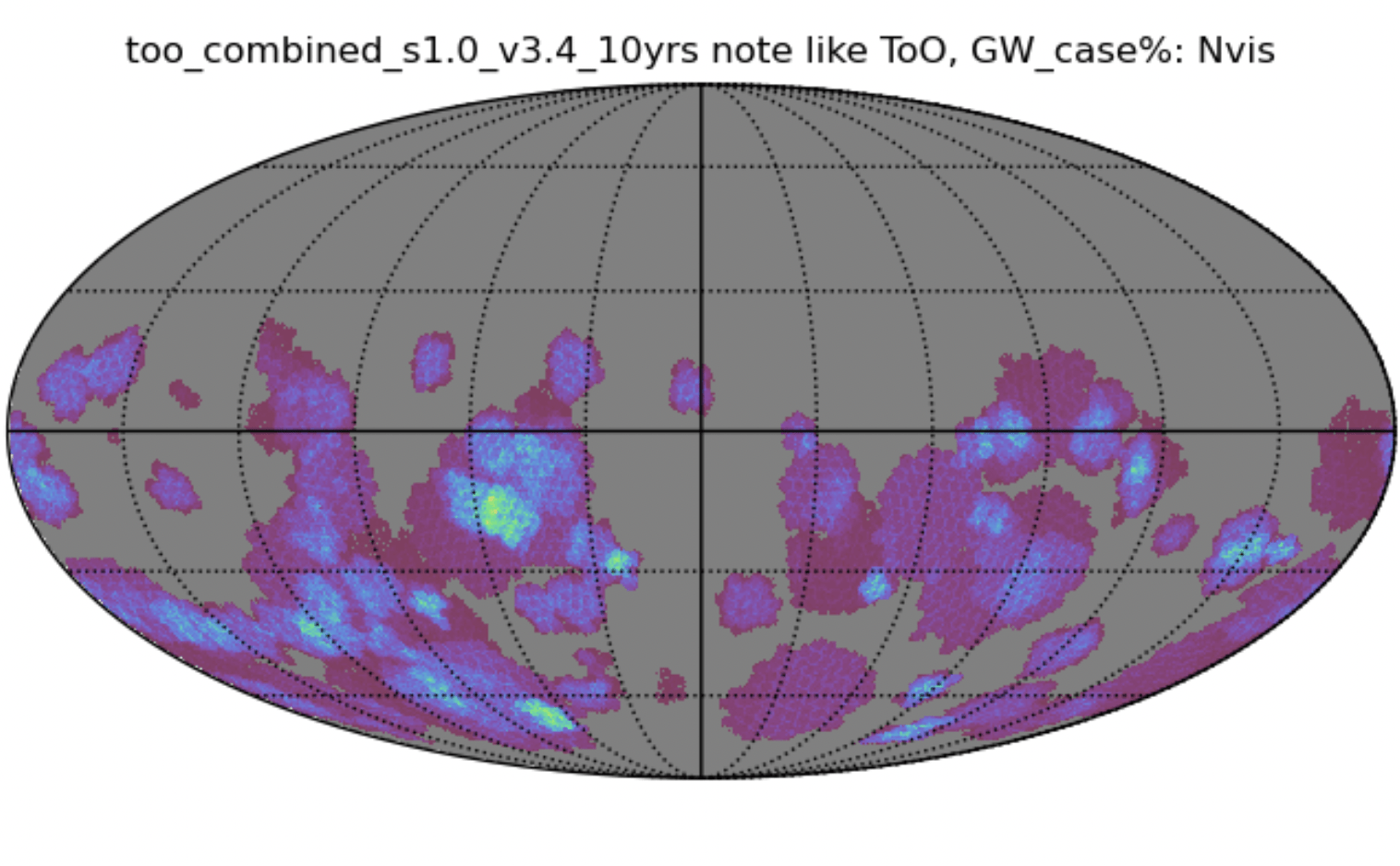
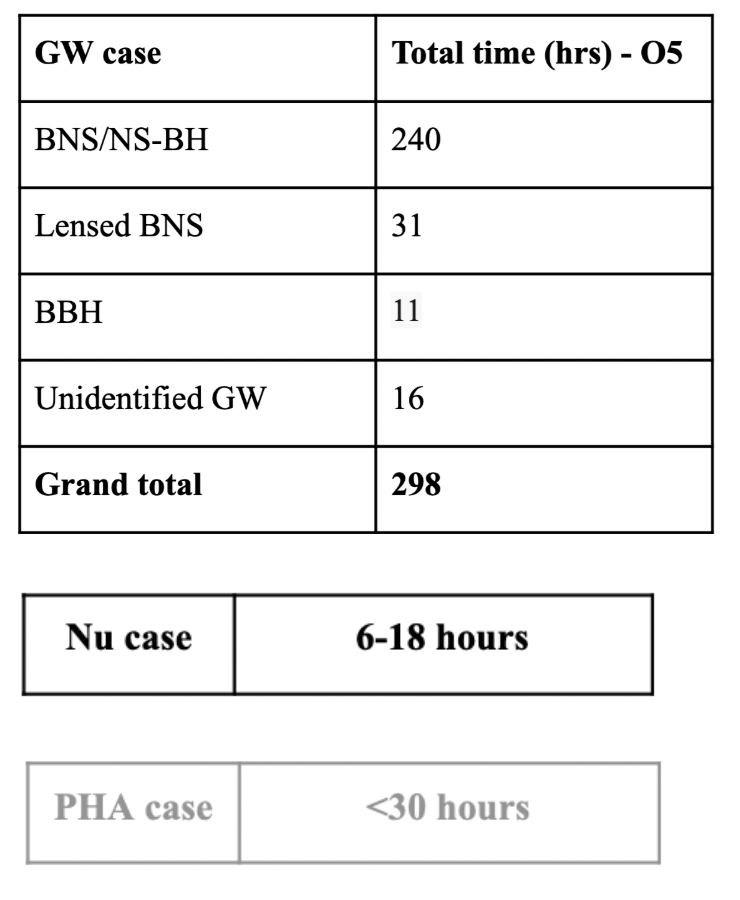
Rubin ToO program


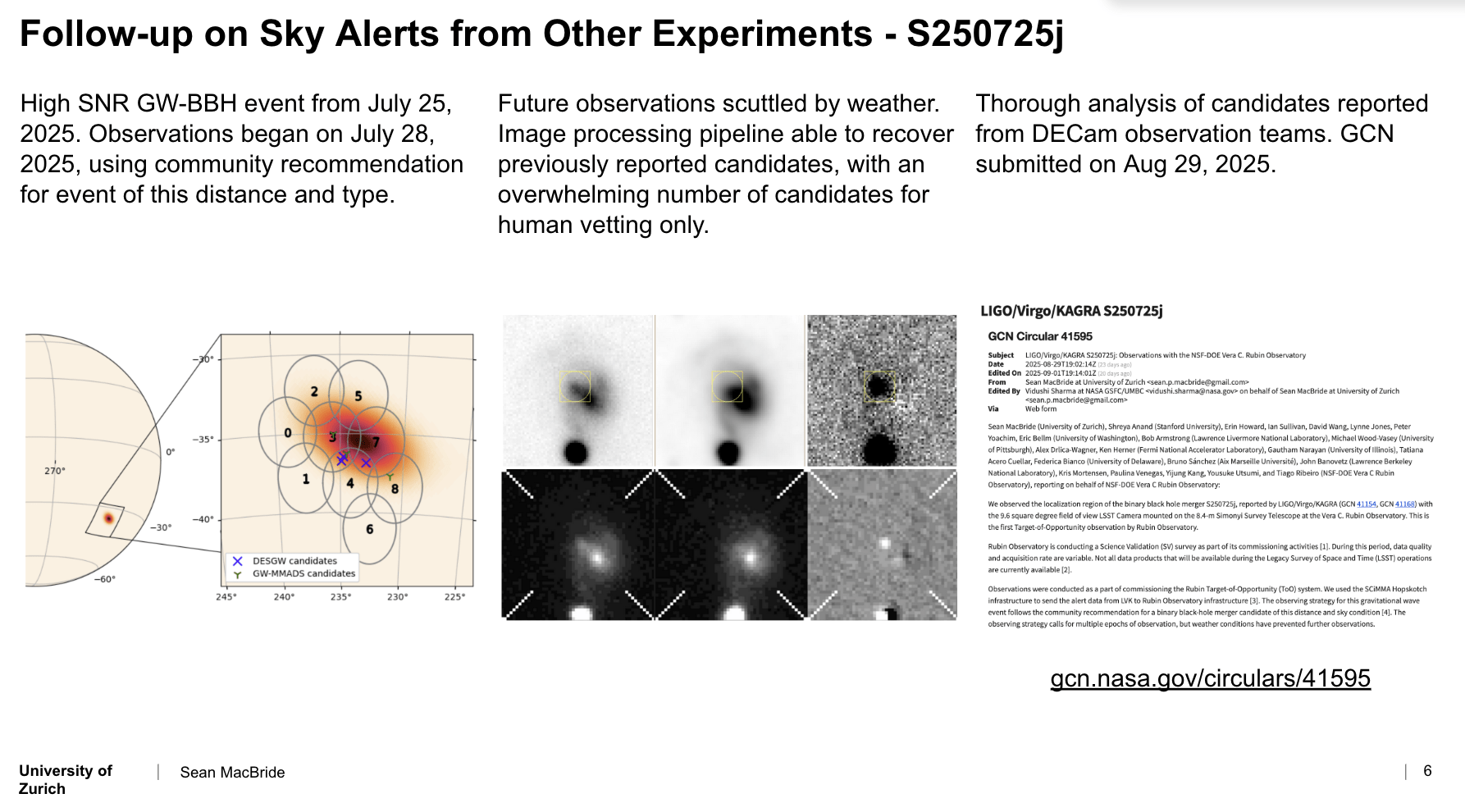

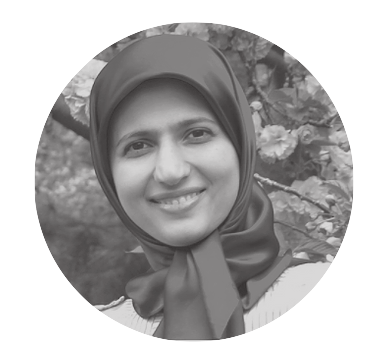
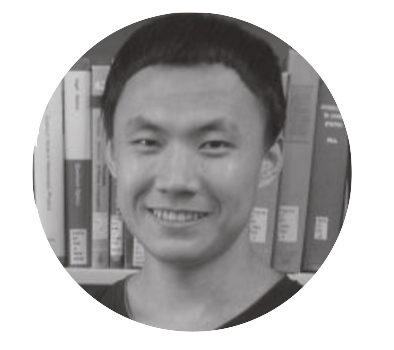


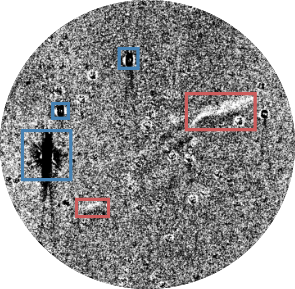
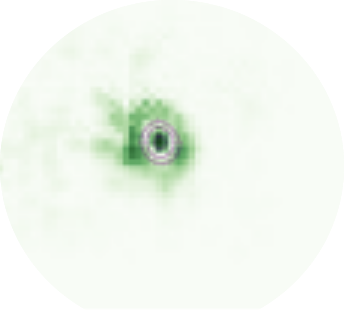
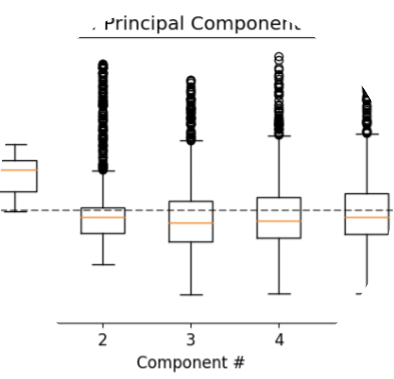
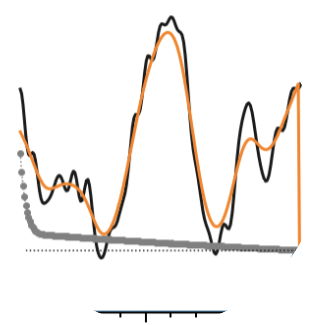




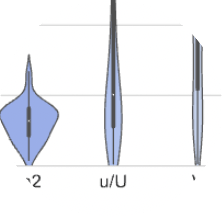

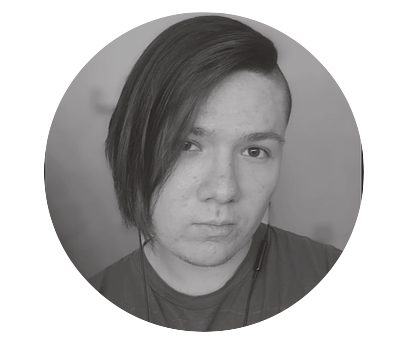
Grad student
Since 2019 we study the sky (and more!) with AI


Postdoc
LSST has profoundly changed the TDA infrastructure
Data Products

federica bianco - fbianco@udel.edu
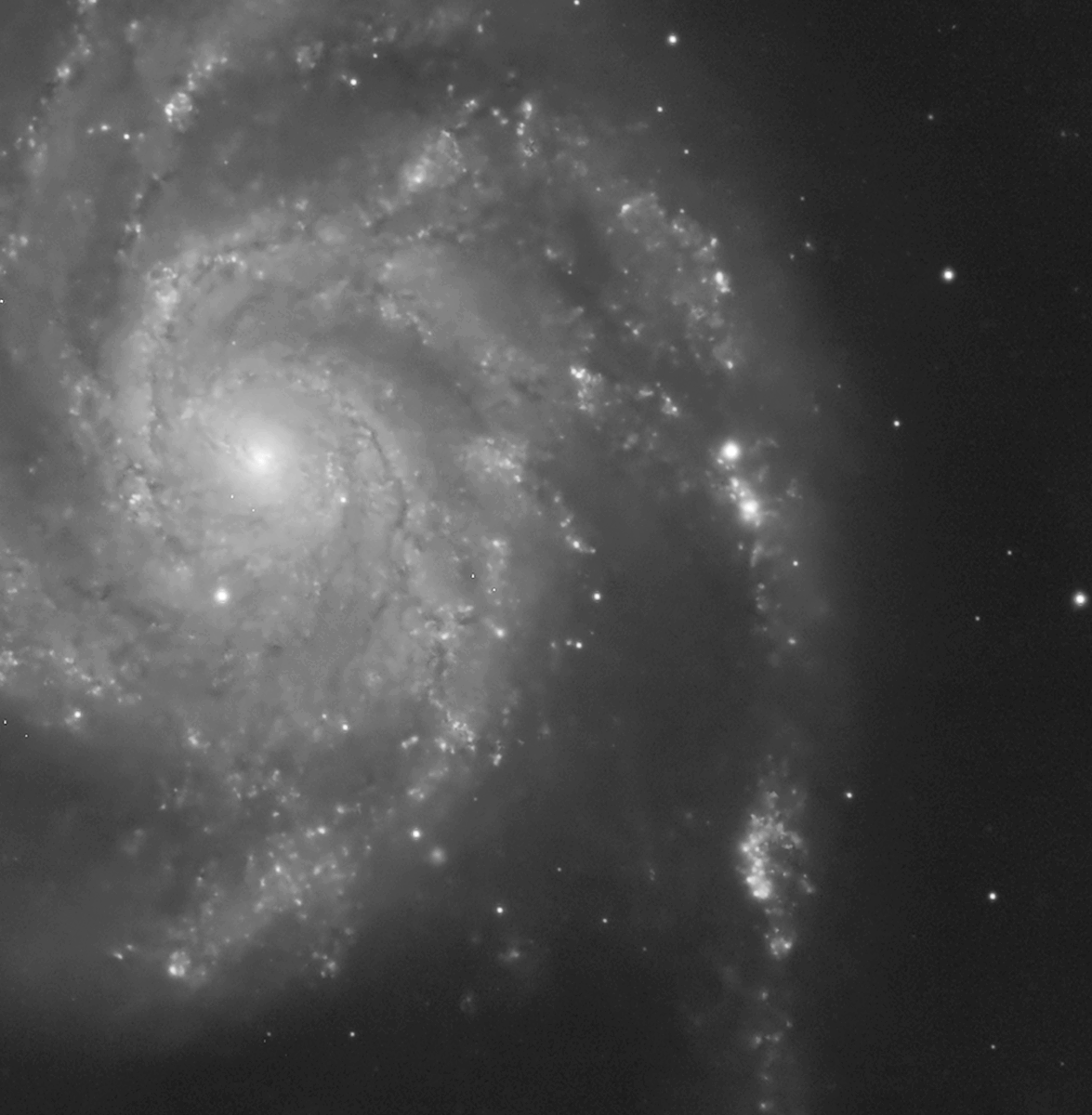


described in ls.st/LDM-612
world public!
10M alerts per night!! anything that changed by >5σ from "how the sky usually looks"

in 60 seconds:
Difference Image Analysis











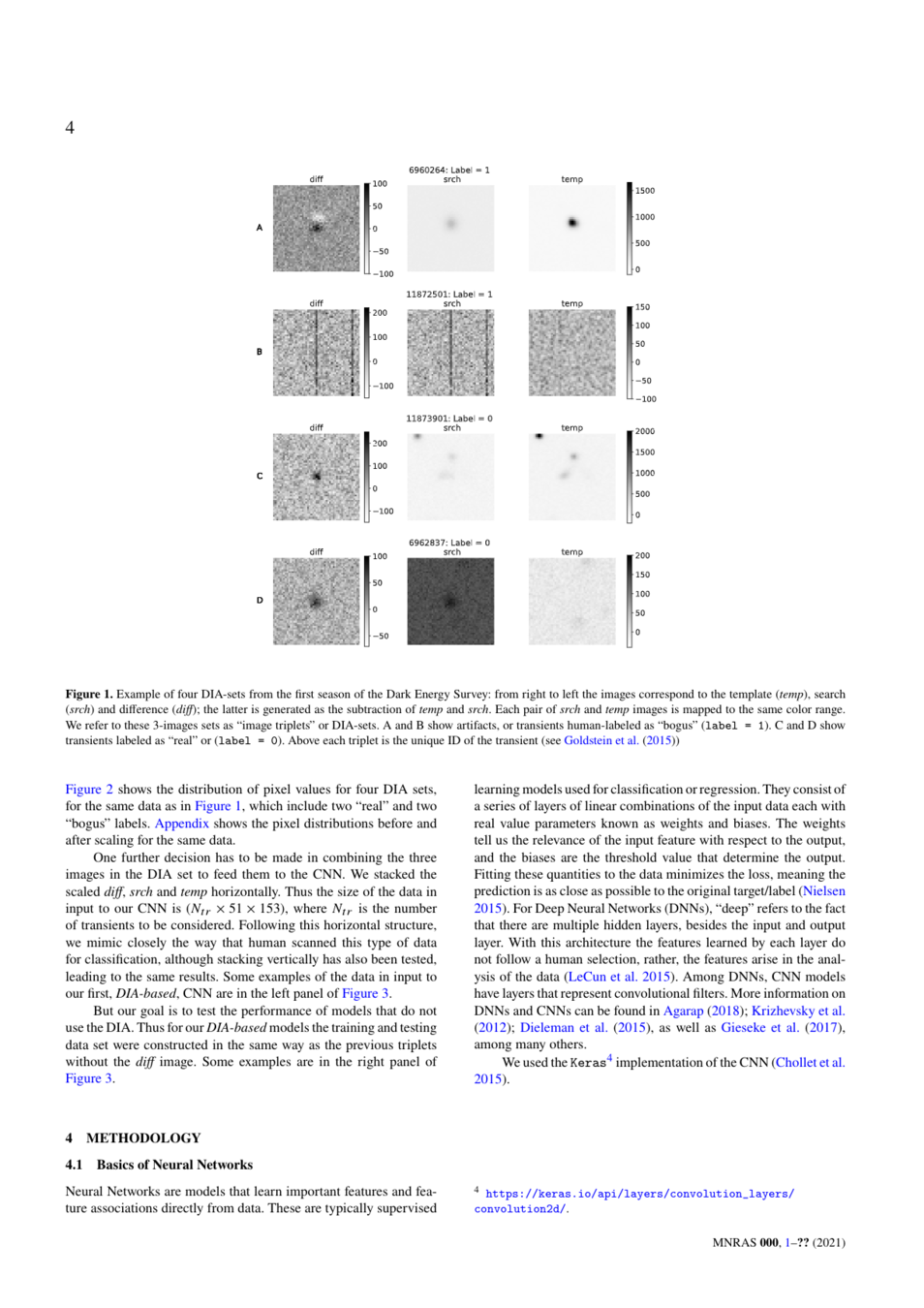
in 60 seconds:
Difference Image Analysis + Bogus rejection
Rubin Observatory LSST
federica bianco - fbianco@udel.edu
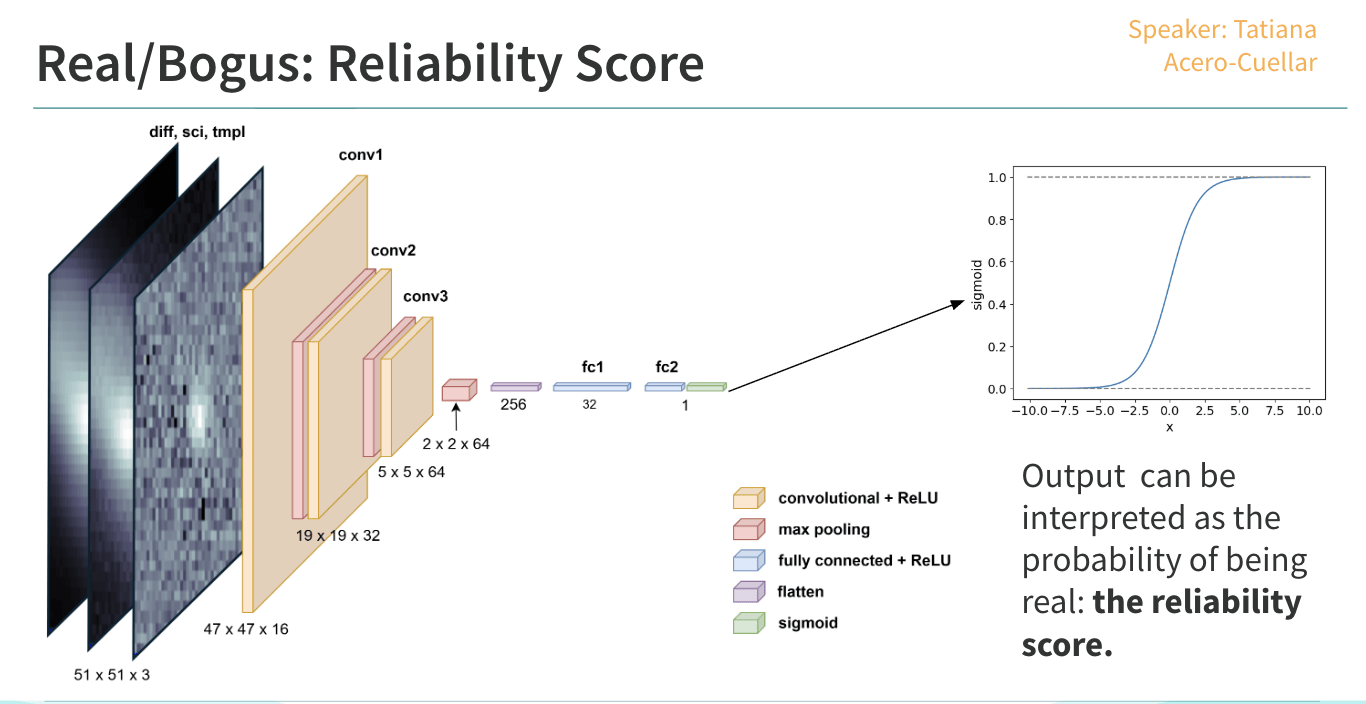

Tatiana Acero Cuellar
UNIDEL Fellow
The only AI element in the current LSST pipeline
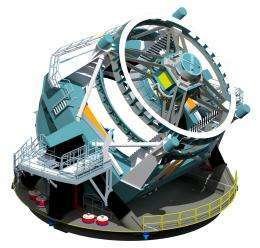
Discovery Engine
10M alerts/night

Community Brokers



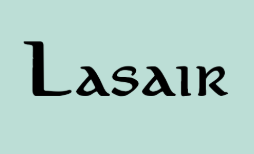
target observation managers



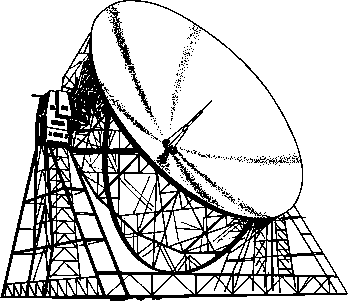


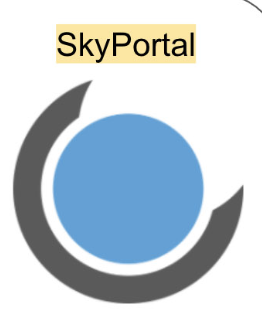


Pitt-Google
Broker
BABAMUL
federica bianco - fbianco@udel.edu
the new astronomy discovery chain
To this day, transient astronomy heavily relies on spectra
federica bianco - fbianco@udel.edu
Rubin will see ~1000 SN every night!
Credit: Alex Gagliano University of Illinois, IAIFI fellow 2023
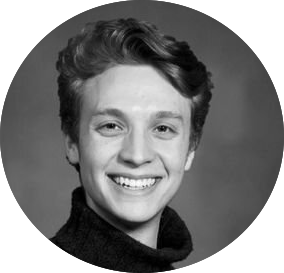

Tatiana Acero-Cuellar, UNIDEL fellow, LSSTC data science fellow
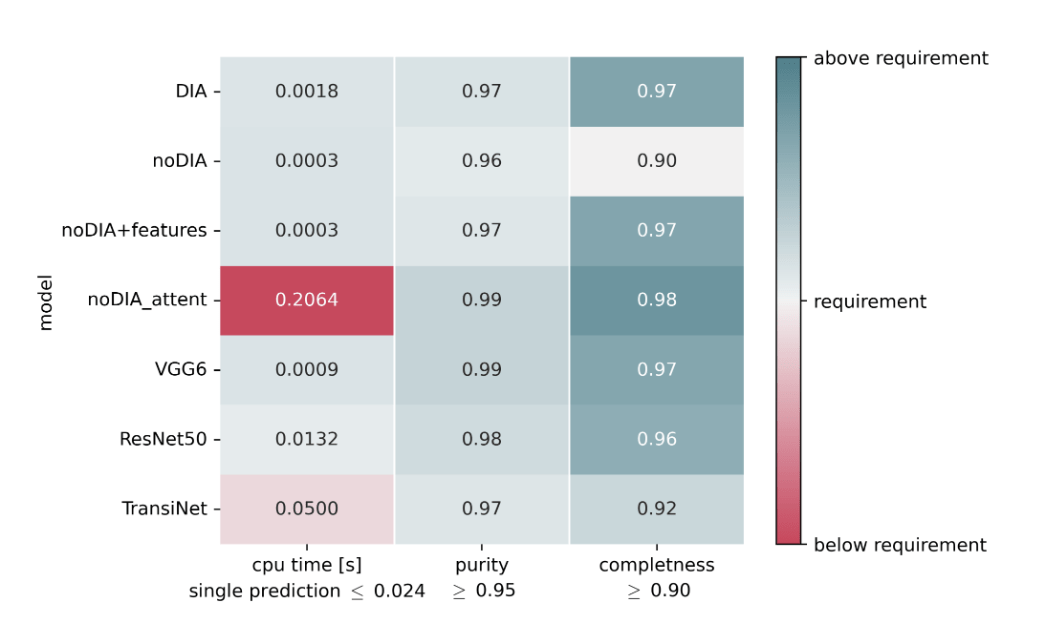
WORKING WITH RUBIN AP TEAM TO DEVELOP THE ML-RELIABILITY SCORE OF RUBIN ALERTS
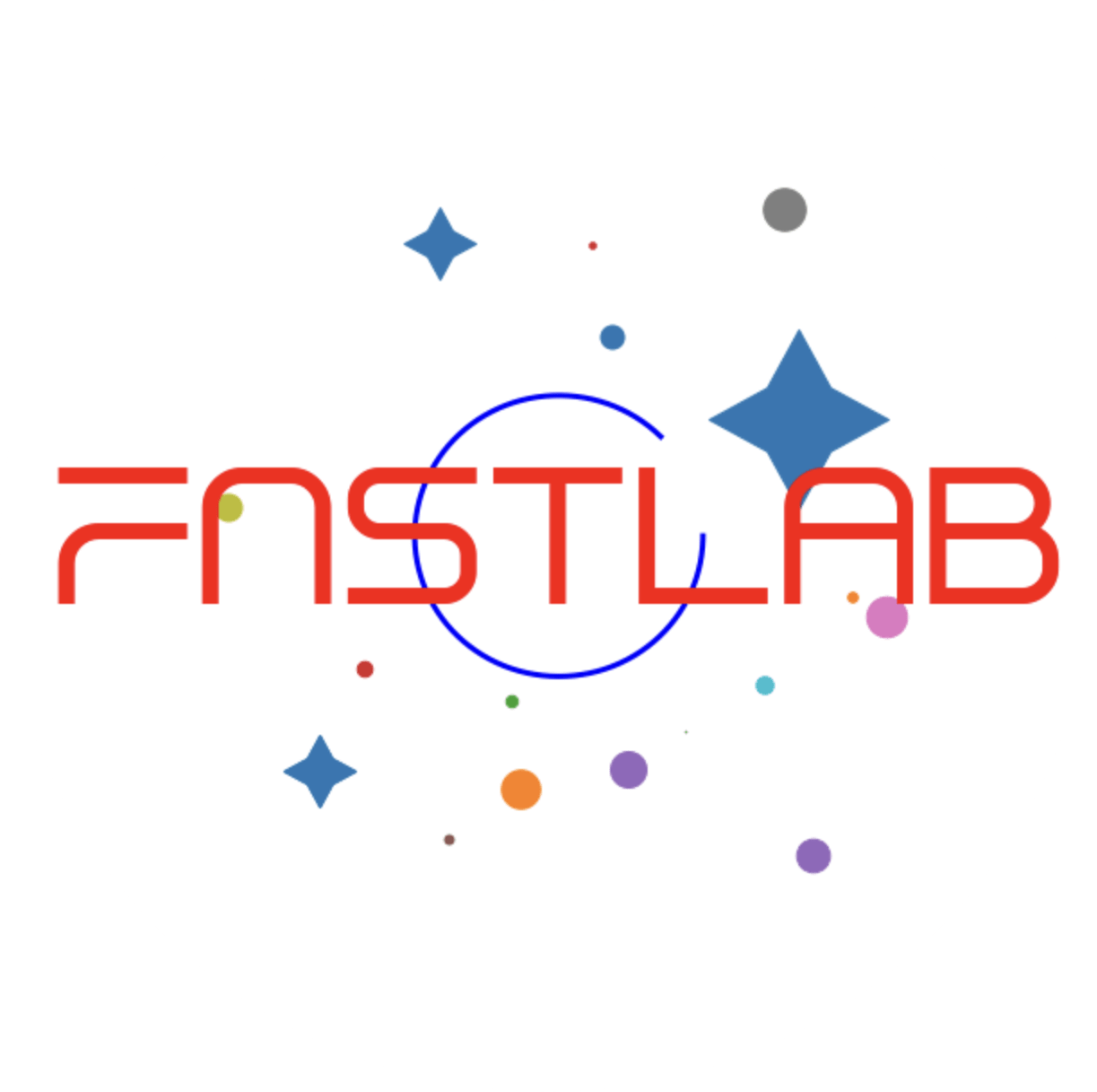

search
template
difference
-
=
96% accurate




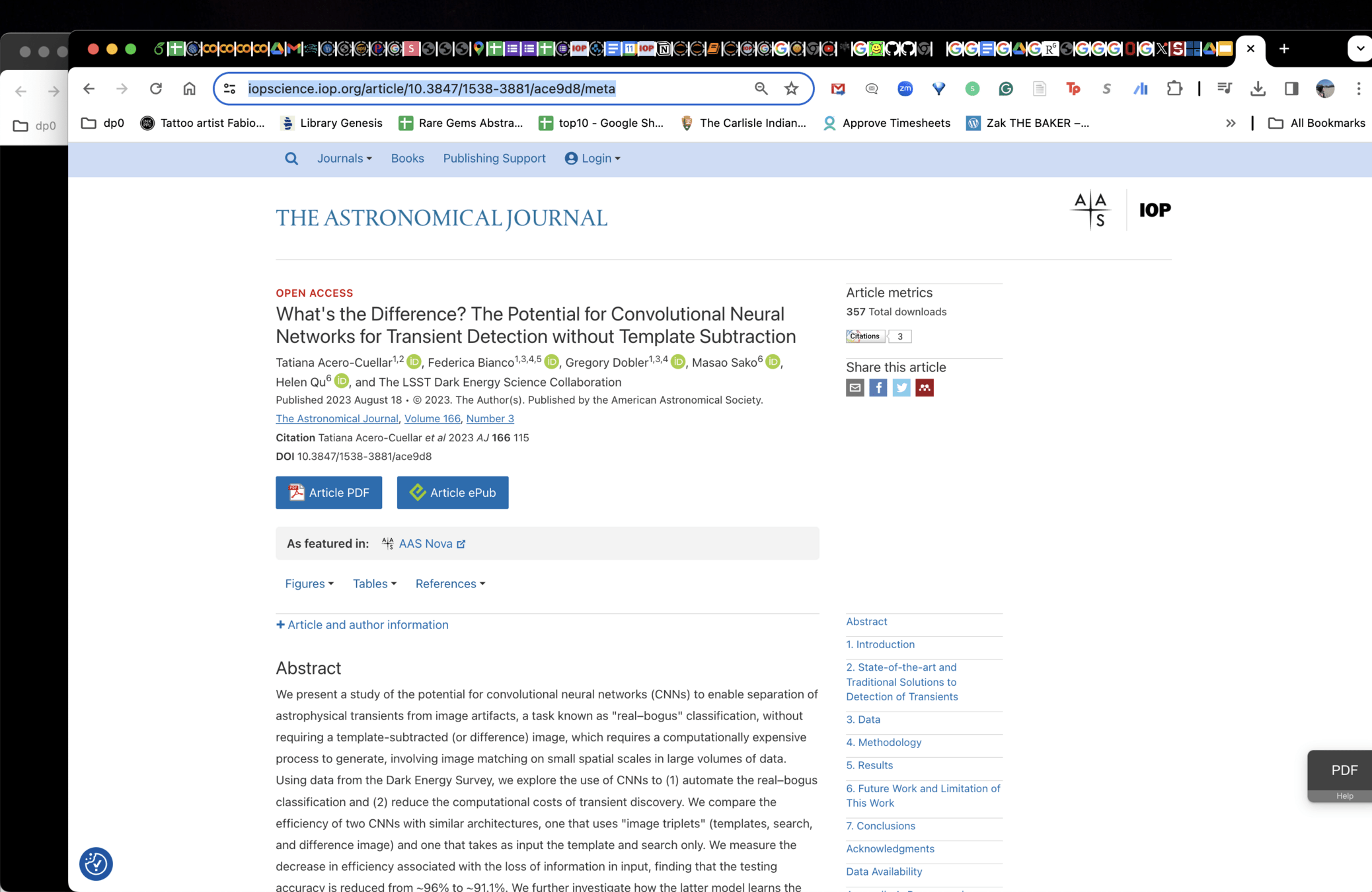
Tatiana Acero-Cuellar, UNIDEL fellow, LSSTC data science fellow



search
template
difference
-
=
92% accurate




Tatiana Acero-Cuellar, UNIDEL fellow, LSSTC data science fellow

search
template
difference
-
=
What is the network learning?
What can we learn from the AI?

Tatiana Acero-Cuellar, UNIDEL fellow, LSSTC data science fellow
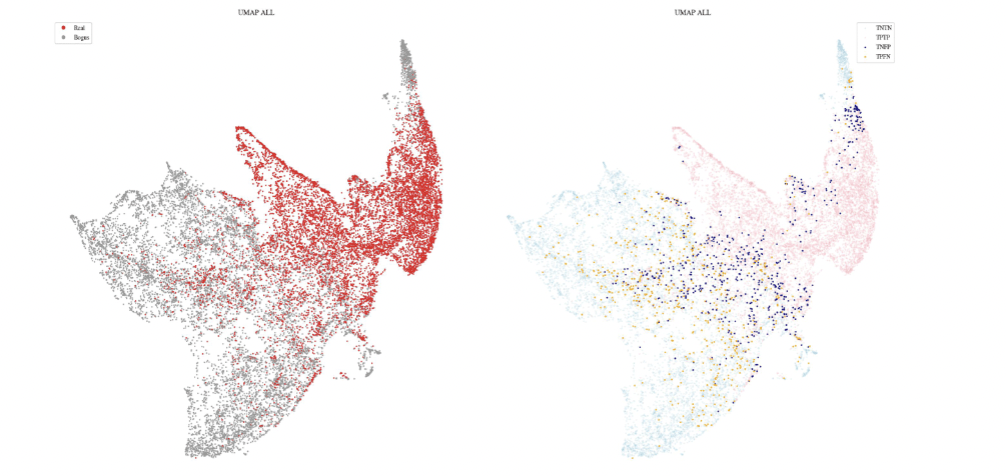
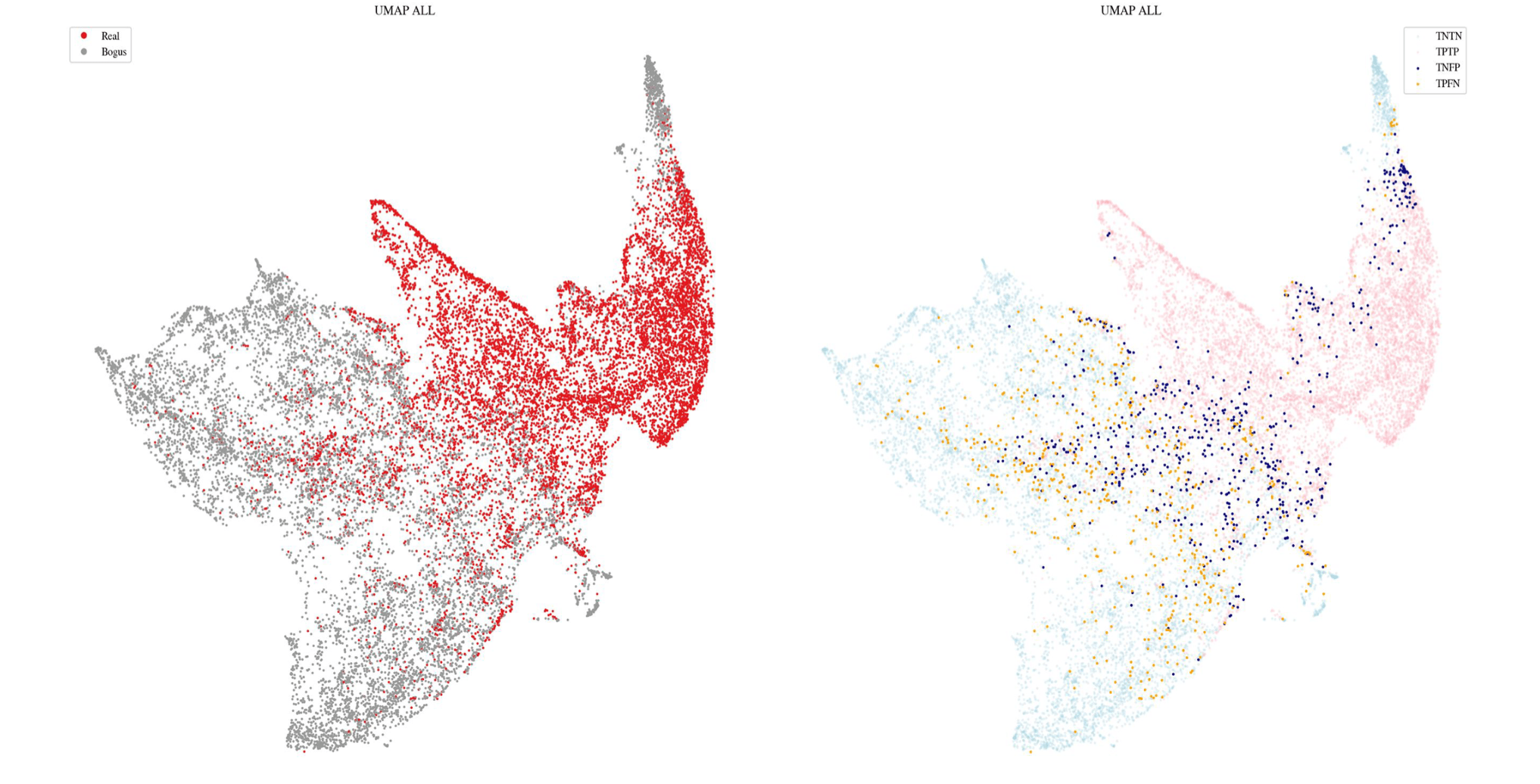


Interpretable AI
Robust AI
Anomaly detection


Photometric Classification of transients

Photometric Classification of transients

KIC 3858884: A hybrid δ Scuti pulsator in a highly eccentric eclipsing binary Maceroni+2014
Photometric Classification of transients

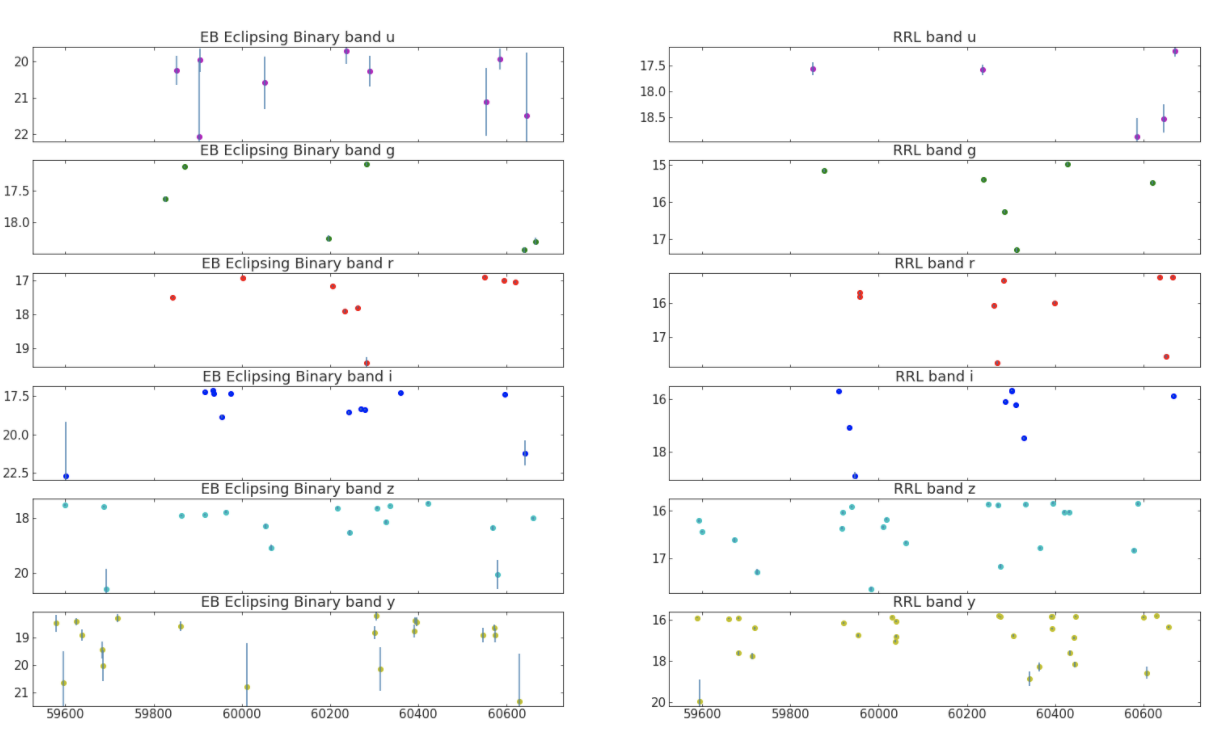
Kepler EB
LSST (simulated) EB
Photometric Classification of transients
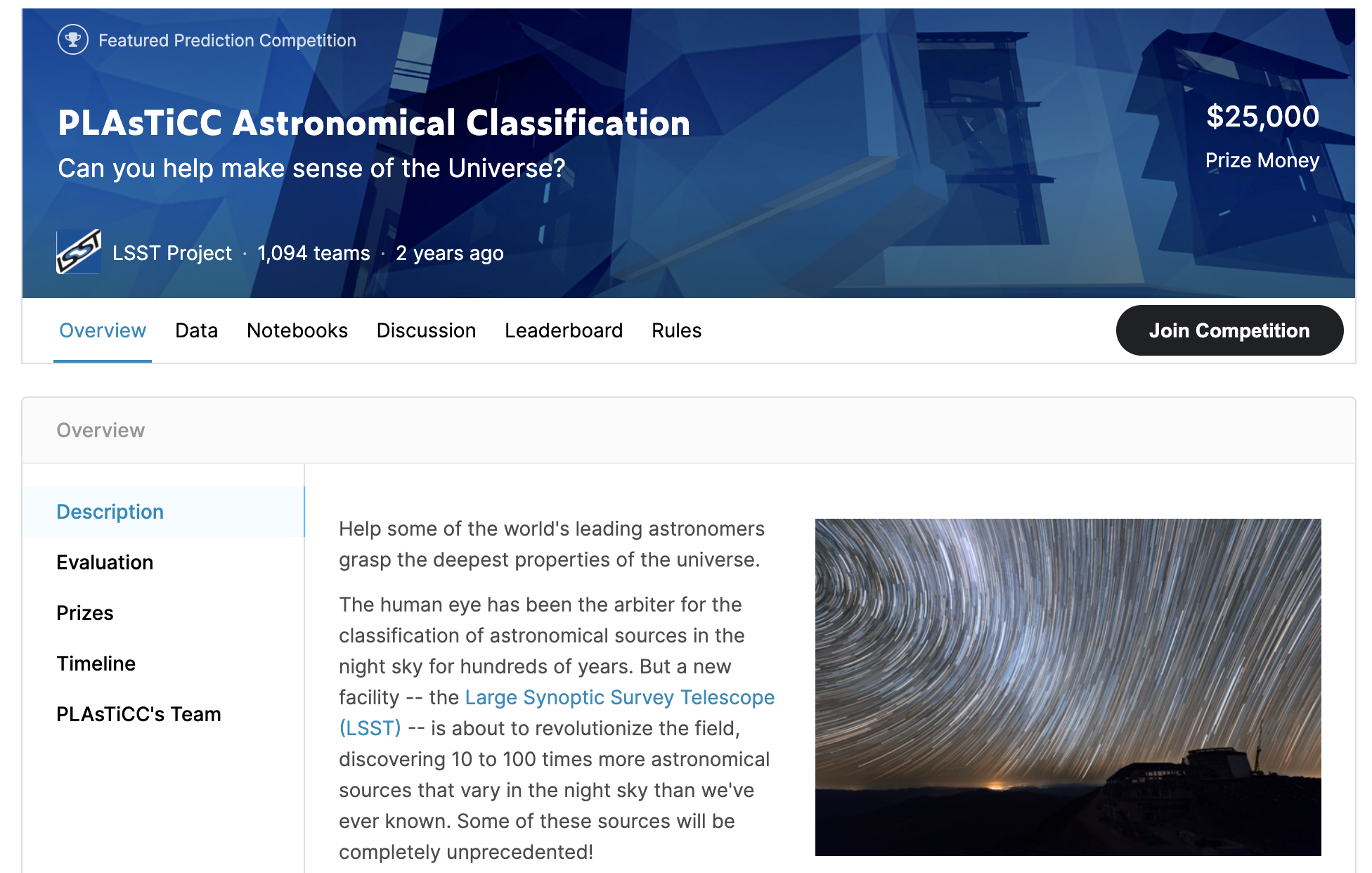


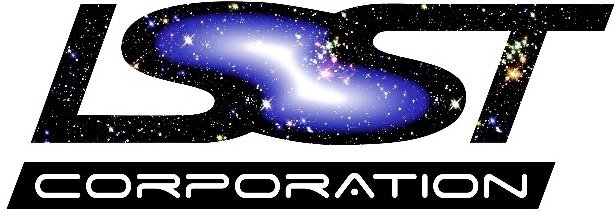




Kepler EB
LSST (simulated) EB
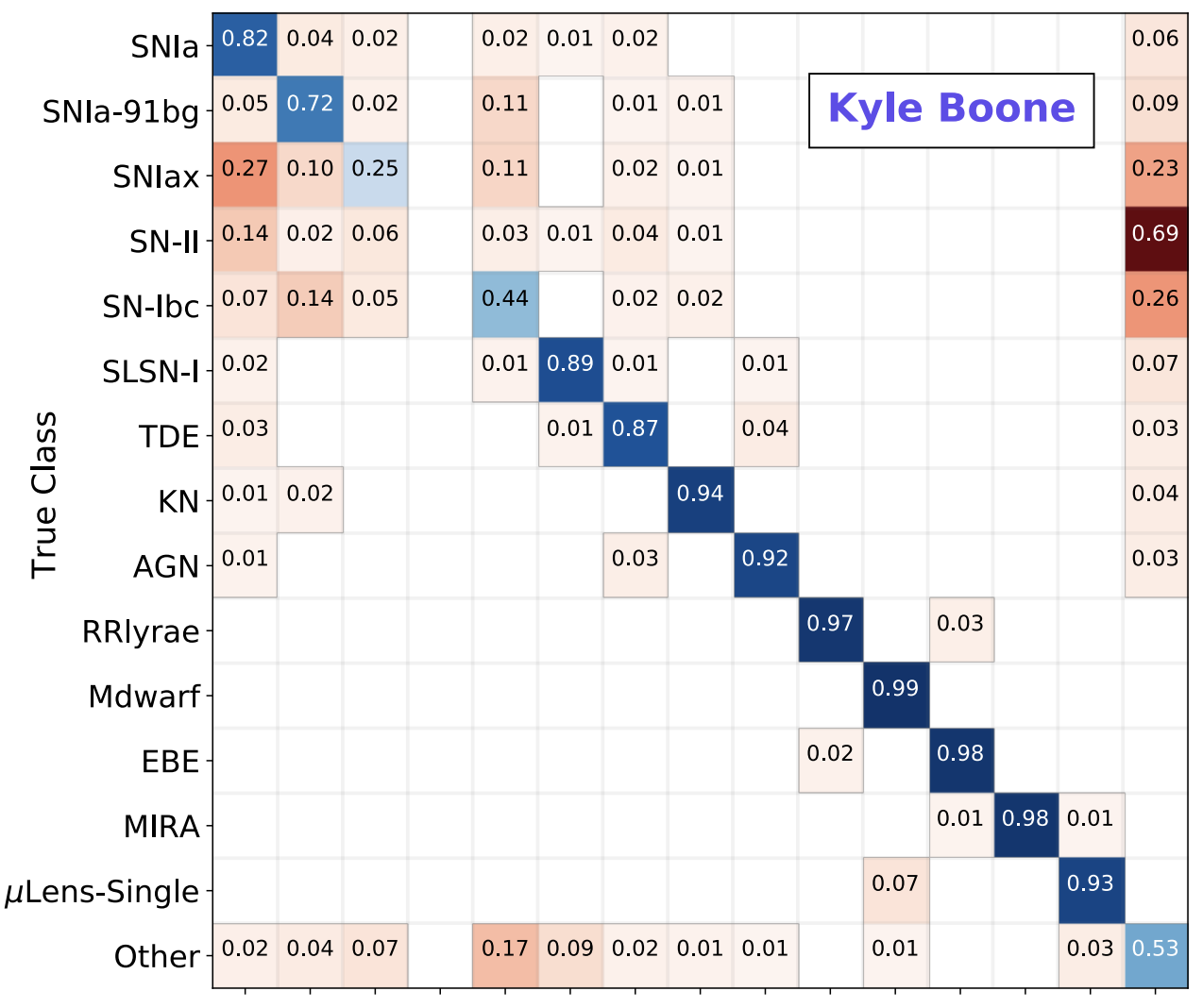

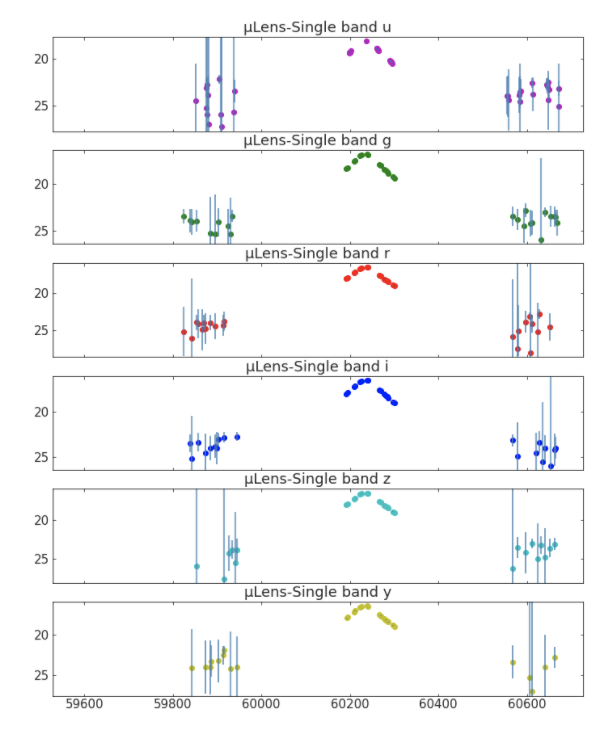
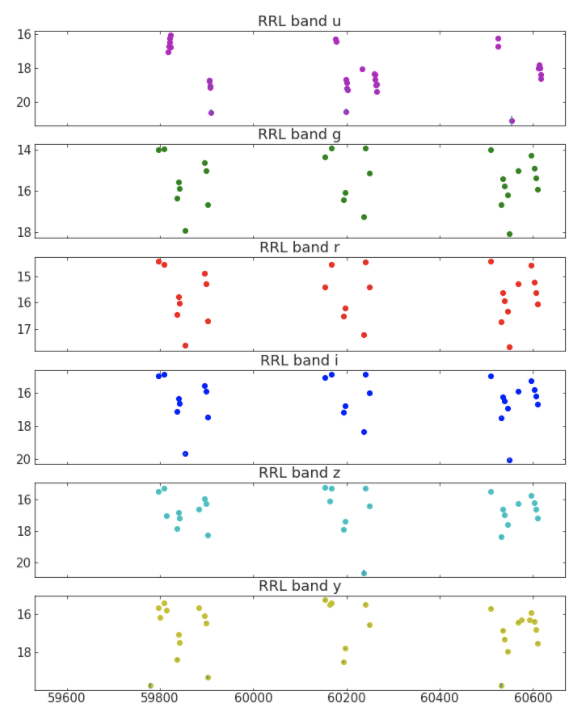

LSST Deep Drilling Fields
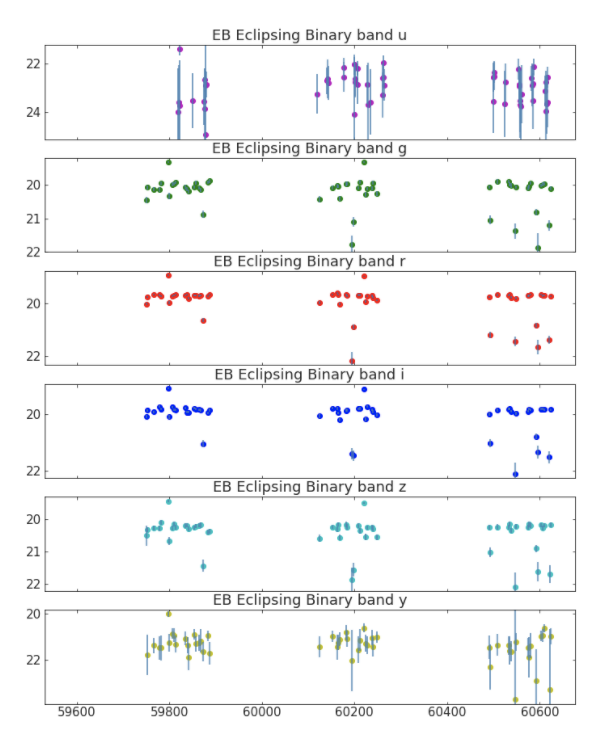

LSST Wide Fast Deep (main survey)
Photometric Classification of transients
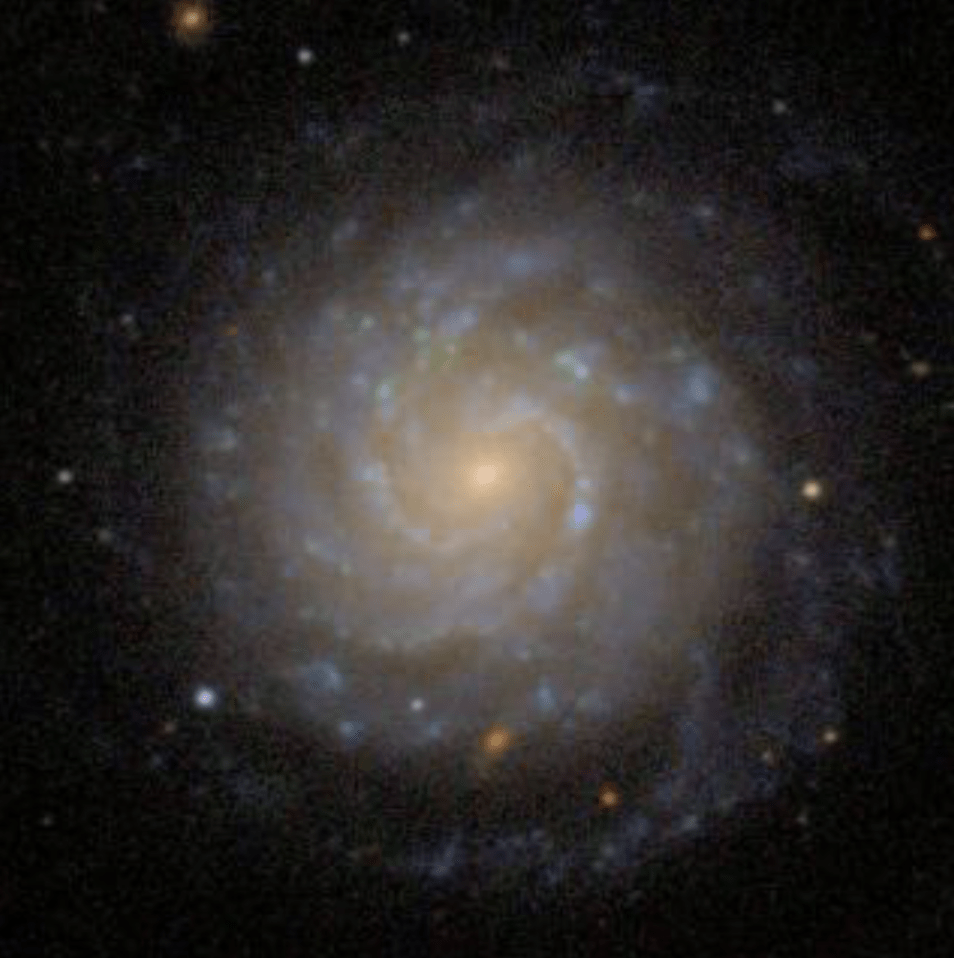
visualizatoin and concept credit: Alex Razim

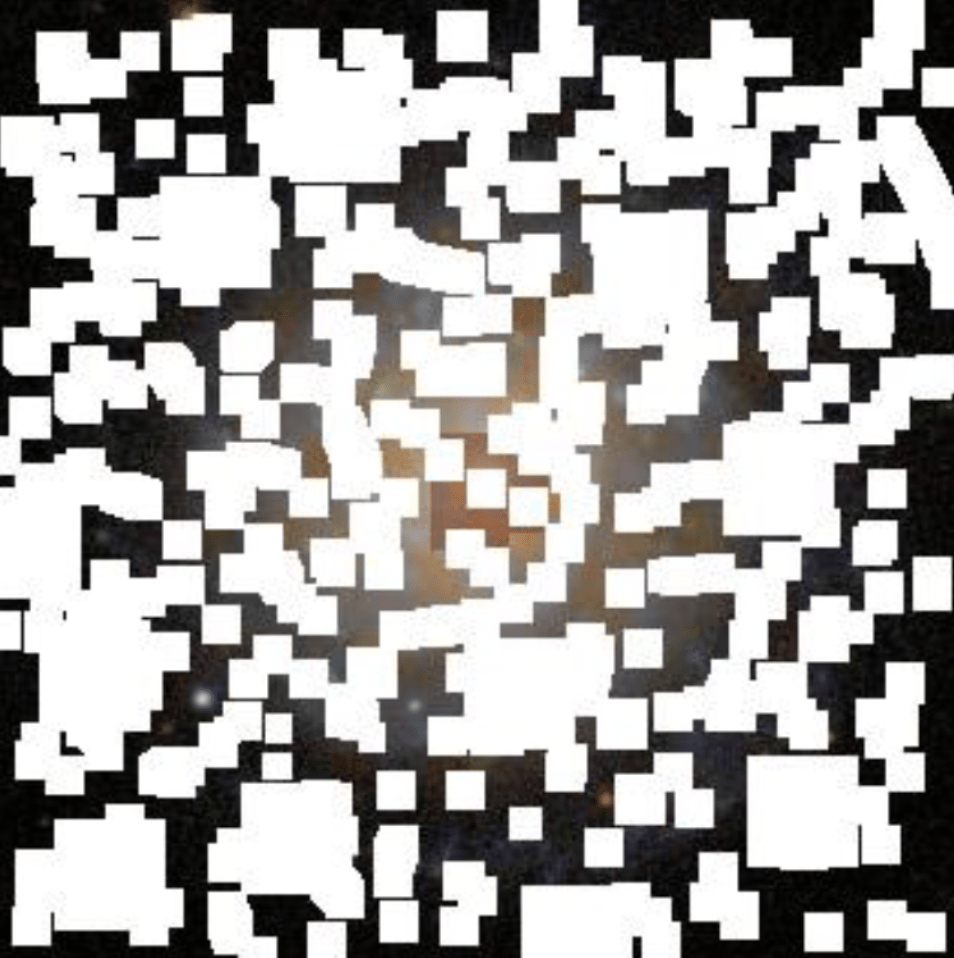
visualizatoin and concept credit: Alex Razim

Kaicheng Zhang et al 2016 ApJ 820 67
SN 2011fe
deSoto+2024

Boone 2017

7% of LSST data
Boone 2017


7% of LSST data
The rest
lightcurves make really bad tensors
is transient data AI ready?

lightcurves make really bad tensors
- Variable sizes of data vectors
is transient data AI ready?

lightcurves make really bad tensors
- Variable sizes of data vectors
is transient data AI ready?

- Variable sizes of data vectors
- Uneven sampling
- Variable sizes of data vectors
- Uneven sampling
lightcurves make really bad tensors
- Variable sizes of data vectors
is transient data AI ready?

- Variable sizes of data vectors
- Uneven sampling
- Variable sizes of data vectors
- Uneven sampling
- Variable sizes of data vectors
- Uneven sampling
- Different sampling at different wavelengths
lightcurves make really bad tensors
is transient data AI ready?

- Variable sizes of data vectors
- Uneven sampling
- Different sampling at different wavelengths
- Phase gaps can be months long over ~1 year
lightcurves make really bad tensors
is transient data AI ready?

- Variable sizes of data vectors
- Uneven sampling
- Different sampling at different wavelengths
- Phase gaps can be months long over ~1 year
- Multiple relevant time scales
lightcurves make really bad tensors
is transient data AI ready?

- Variable sizes of data vectors
- Uneven sampling
- Different sampling at different wavelengths
- Phase gaps can be months long over ~1 year
- Multiple relevant time scales
- Aleatory and Epistemic Heteroscedastic uncertainties
- Variable sizes of data vectors
- Uneven sampling
- Different sampling at different wavelengths
- Phase gaps can be months long over ~1 year
- Multiple relevant time scales
Dr. Somayeh Khakpash
LSSTC Catalyst Fellow, Rutgers


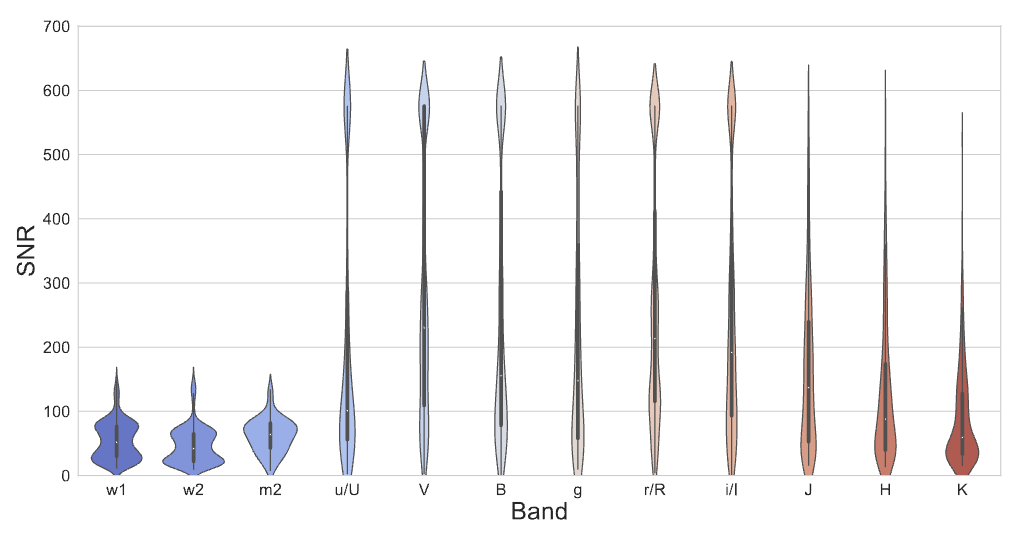
Rare classes will become common, but how do we know what we are looking at and classify different objects for sample studies?
Data-Driven Photometric Templates for stripped SESN
on the job market!
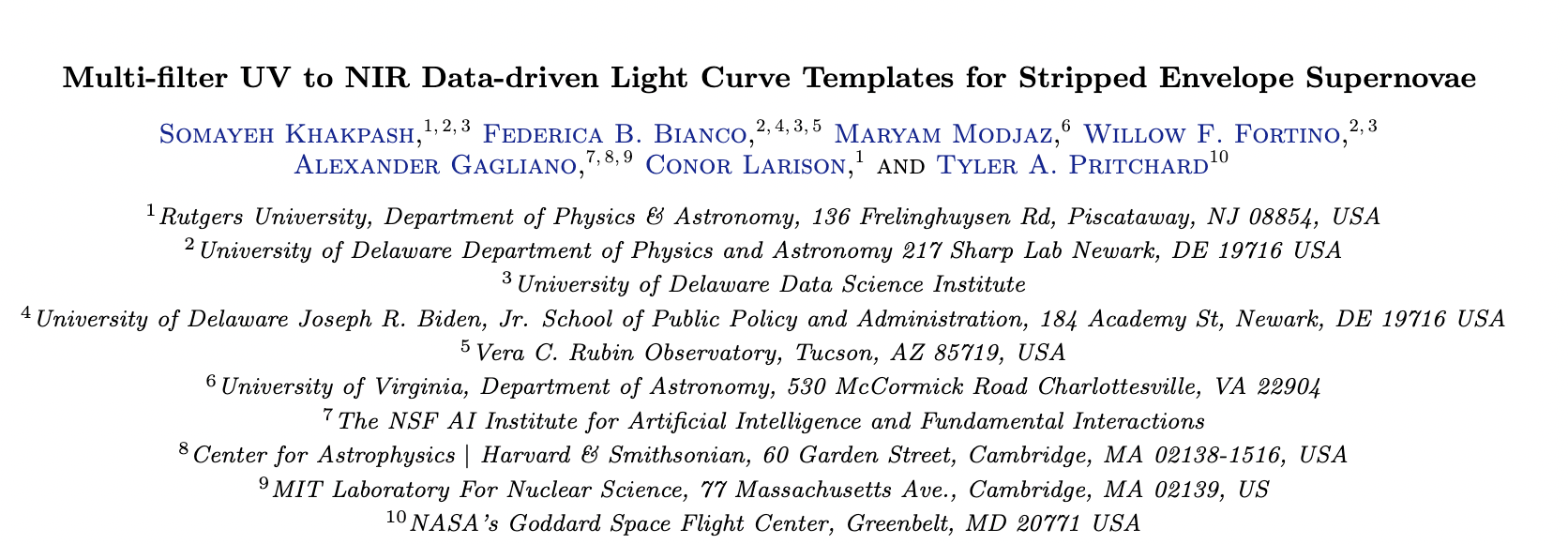
Khakpash et al. 2024 ApJS https://arxiv.org/pdf/2405.01672
FASTlab Flash highlight

Siddharth Chaini, FINESST NASA fellow
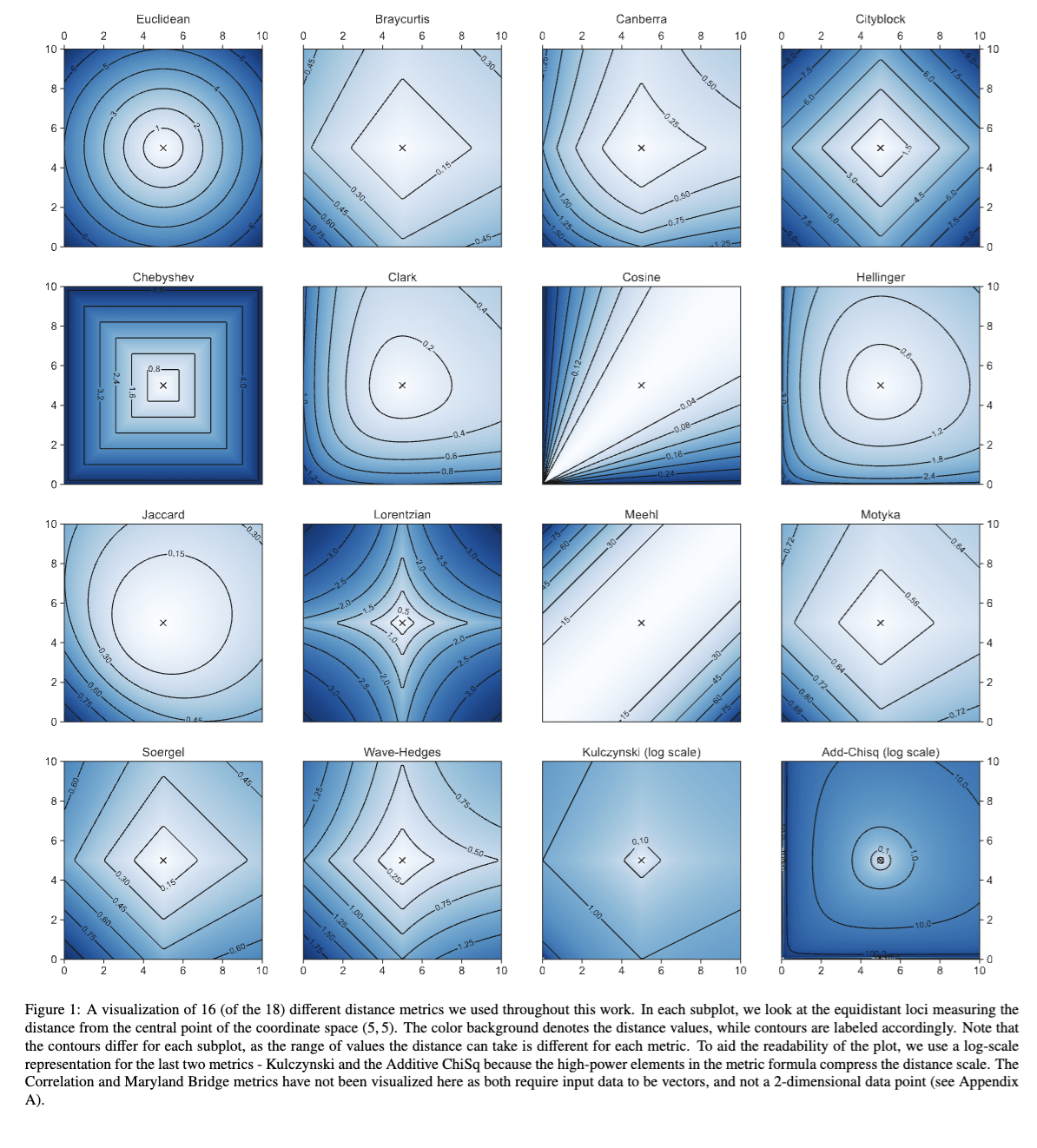
https://arxiv.org/pdf/2403.12120.pdf
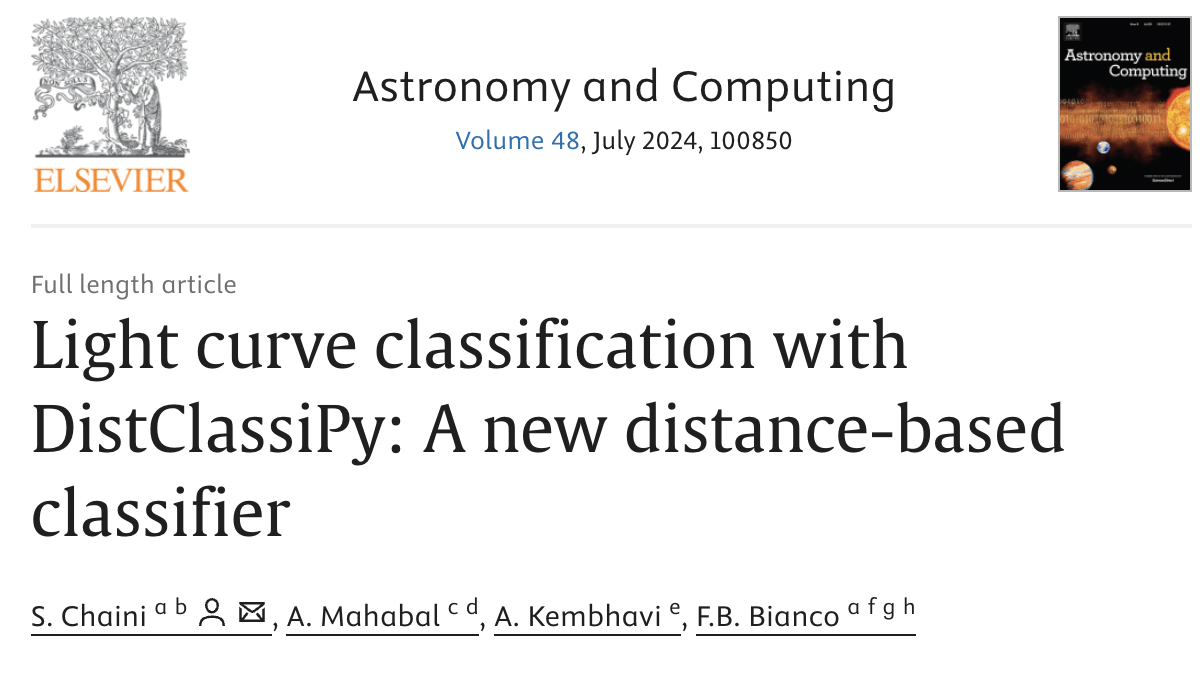


Somayeh Khakpash
Catalyst Fellow (Rutgers)
Autoencoders to generate computationally expensive caustic maps for quasar microlensing and infer physical parameters from the latent space
FASTlab Flash highlight


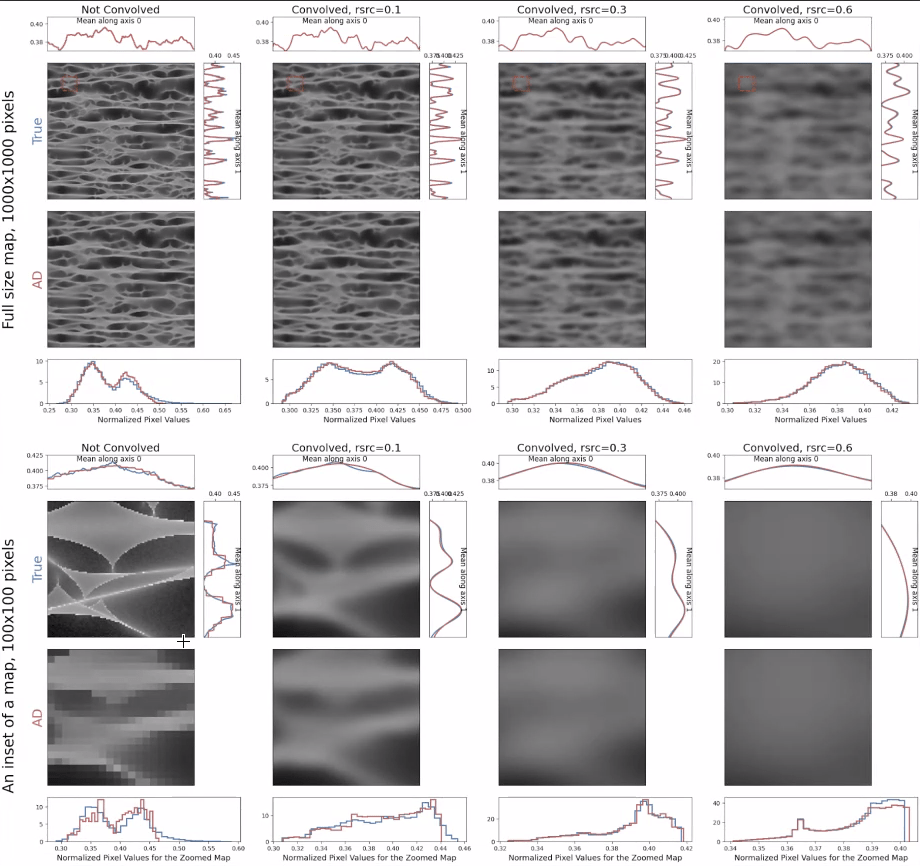
Gaussian processes work by imposing a kernel that represents the covariance in the data (how data depend on time or time/wavelength). Imposing the same kernel for different time-domain phenomena is principally incorrect
=> bias toward known classes
AI approaches to sparse sampling
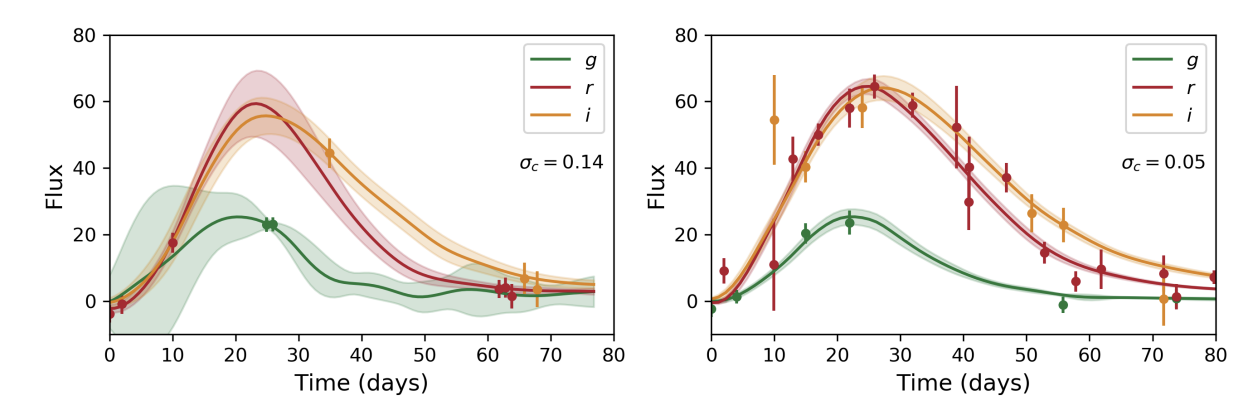
Neural processes replaces the imposed kernel with a learned model: an artificial neural network
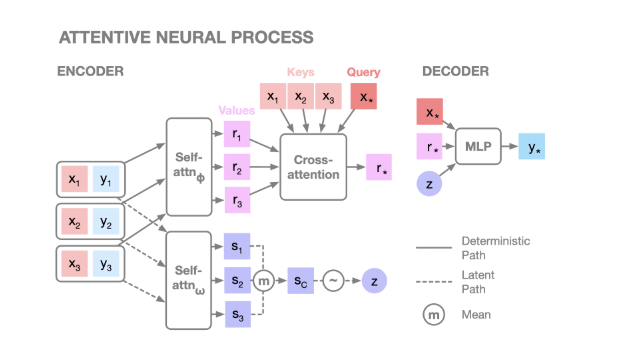
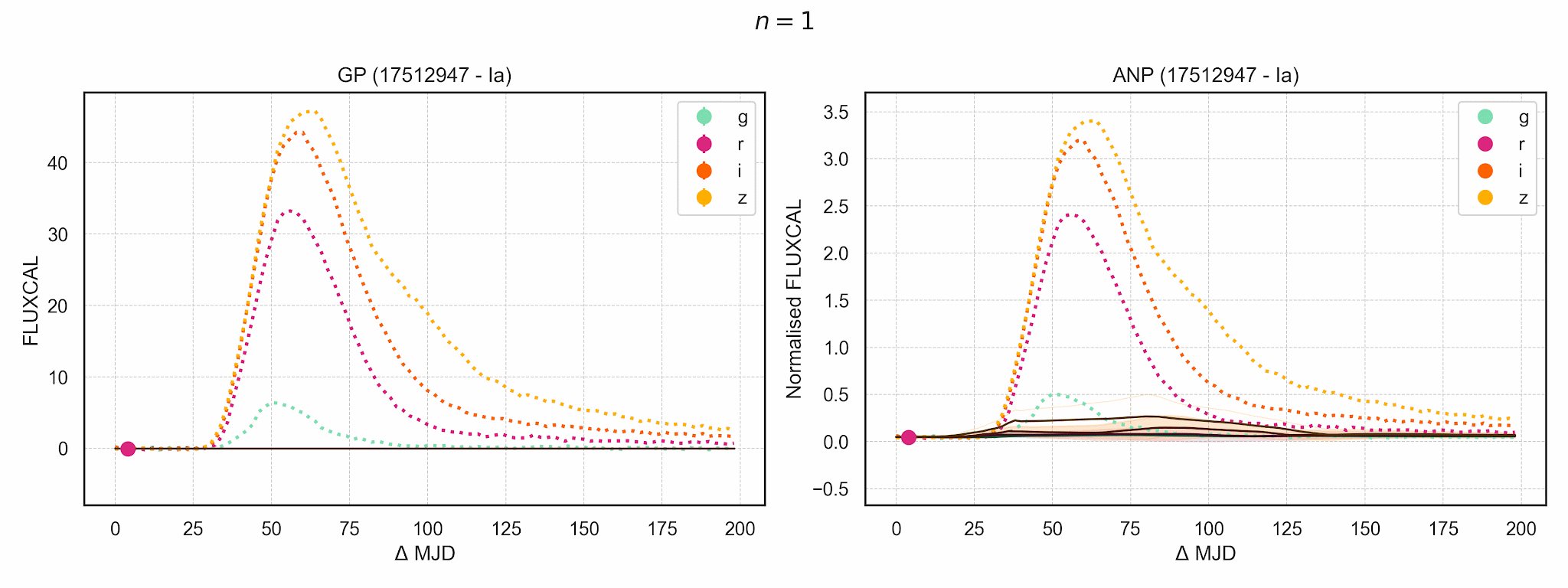
AI approaches to sparse sampling
Siddharth Chaini, FINESST NASA fellow
Discoverying the unknown
Siddharth Chaini, FINESST NASA fellow
NEURIPS Machine Learning for Physical Sciences workdhop - accepted


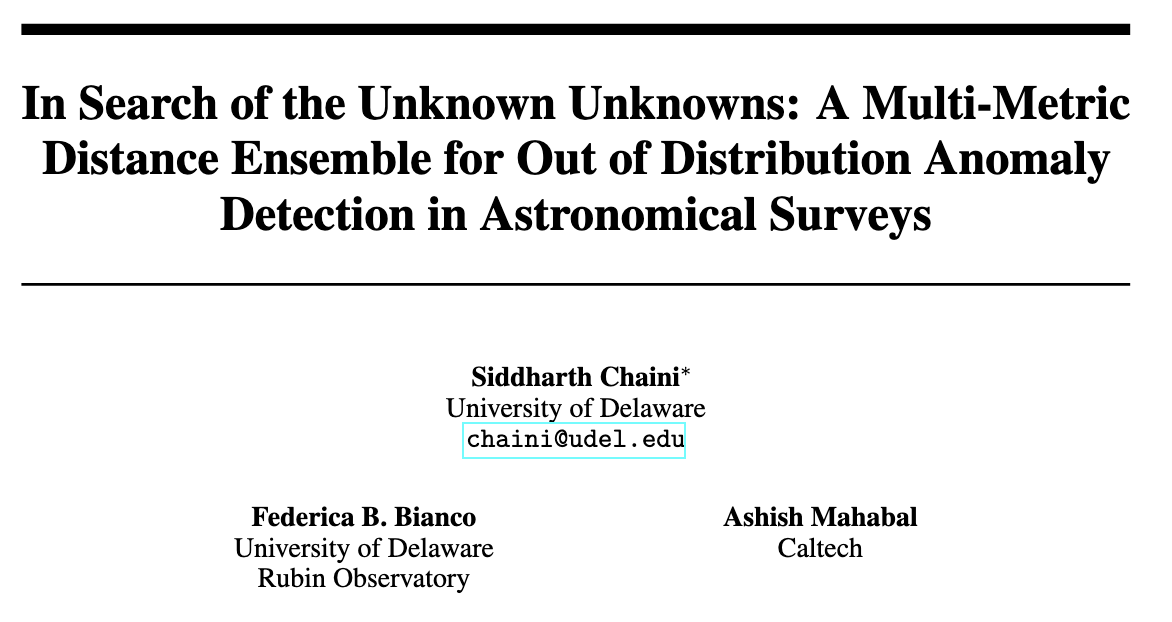

NSF award #2219731
Text
Are we prepared to discover new physics?
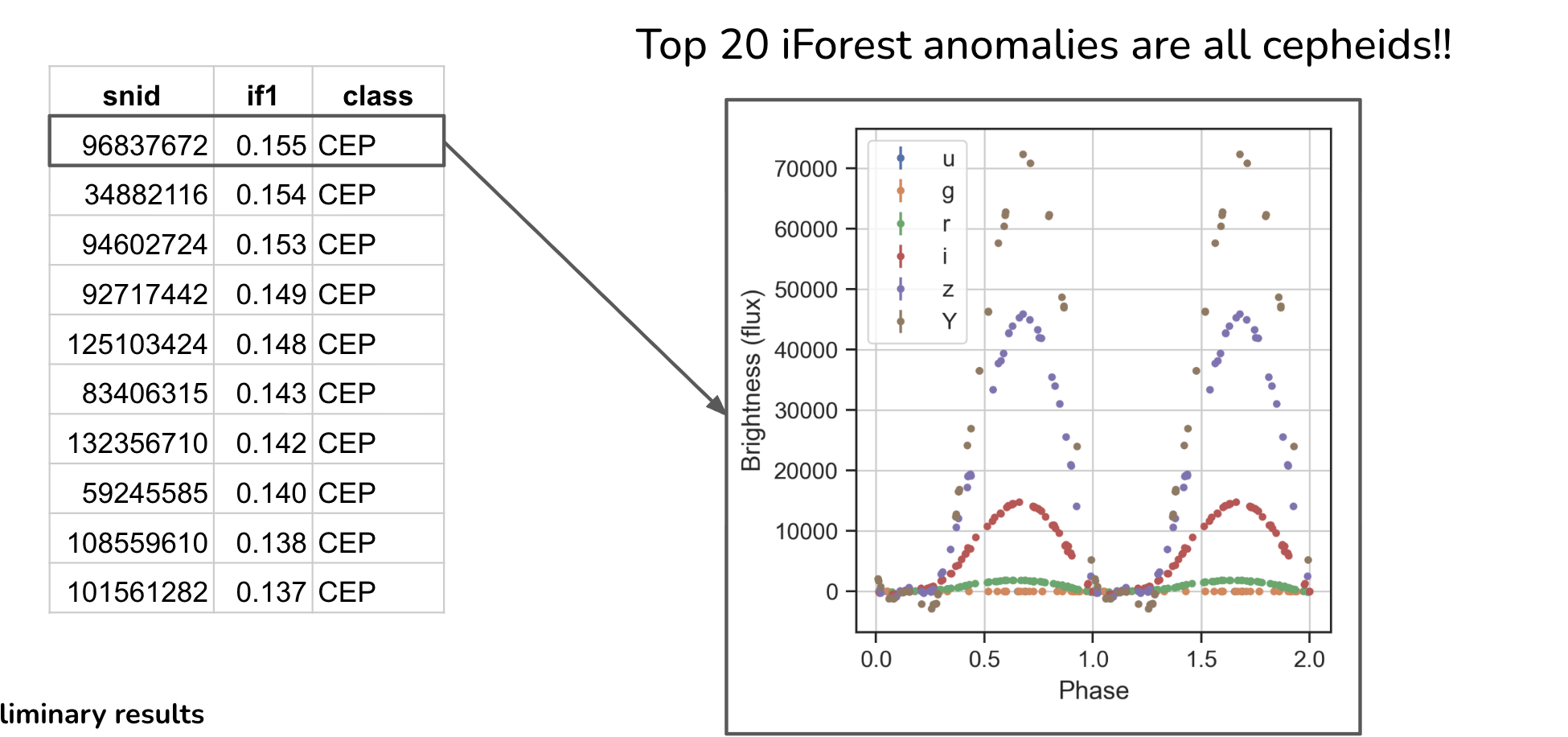

Text
Are we prepared to discover new physics?
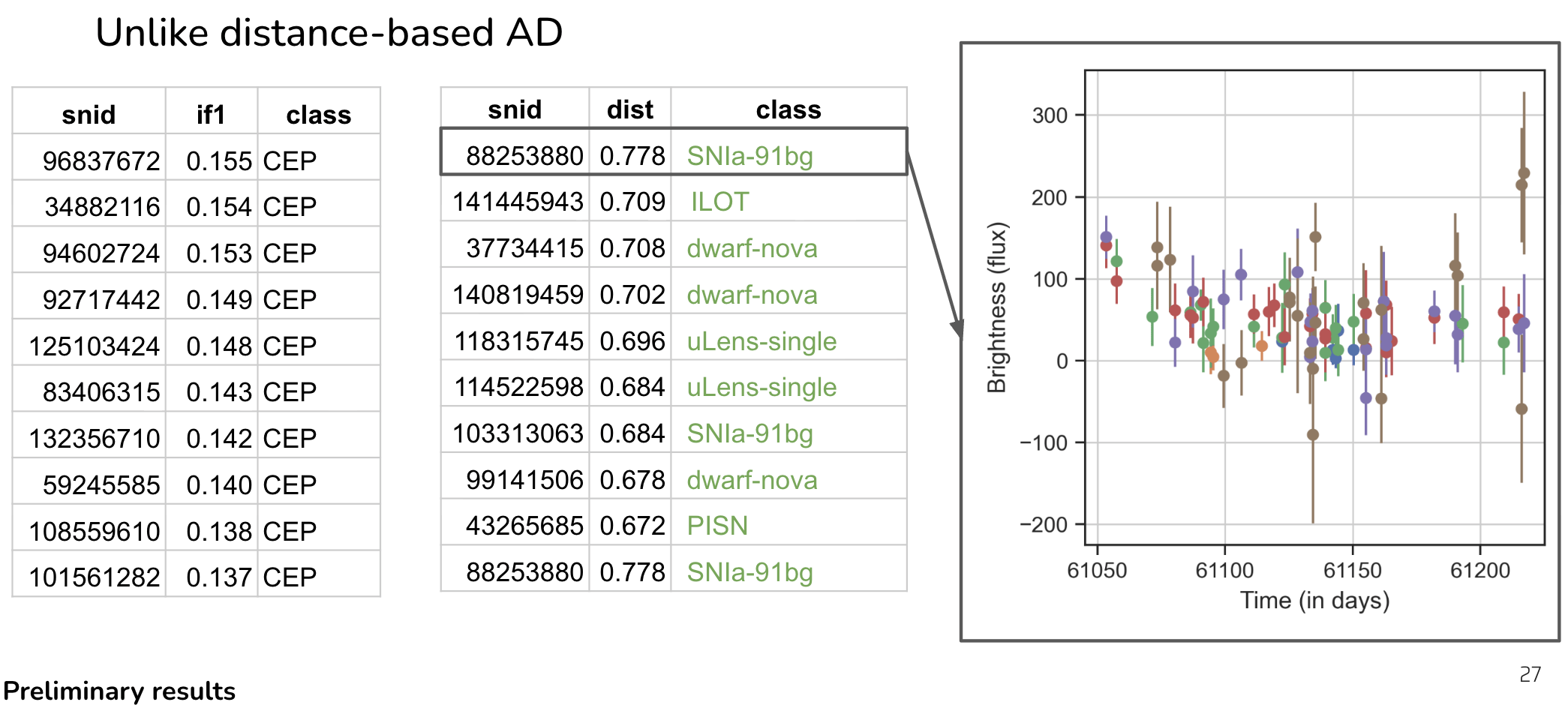

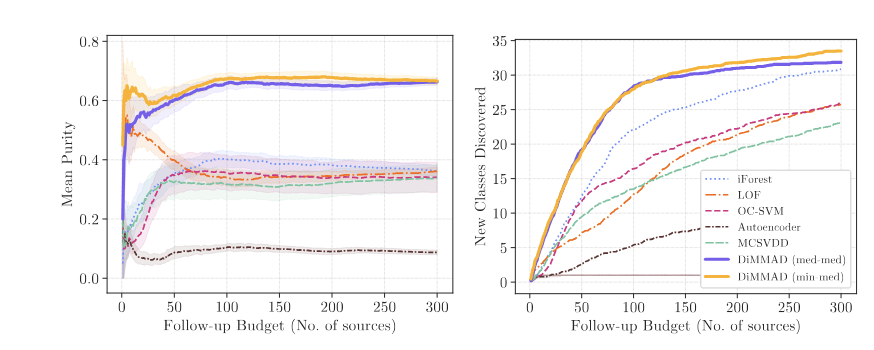
This ensamble distance method excells at identifying out of sample anomalies!
Text
Are we prepared to discover new physics?

NASA FINESST Fellow
Siddarth Chiaini, UDelaware
Siddarth Chiaini, FINESST NASA fellow

https://arxiv.org/pdf/2403.12120.pdf


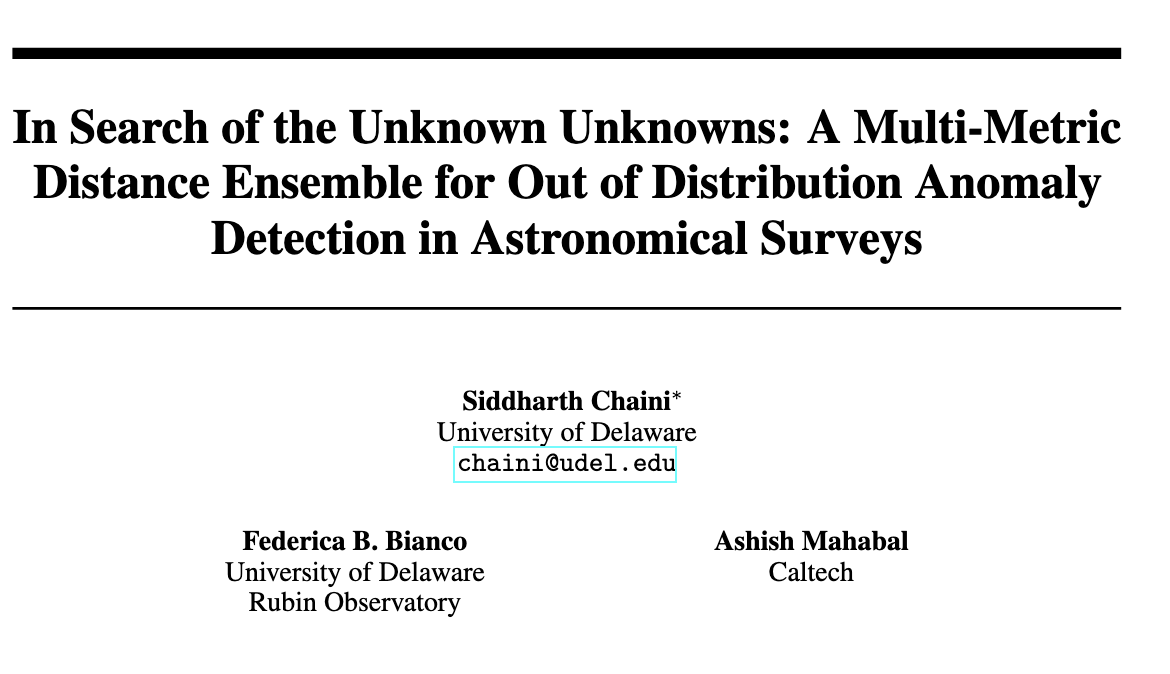
Siddarth Chiaini, UDelaware


FASTlab Flash highlight

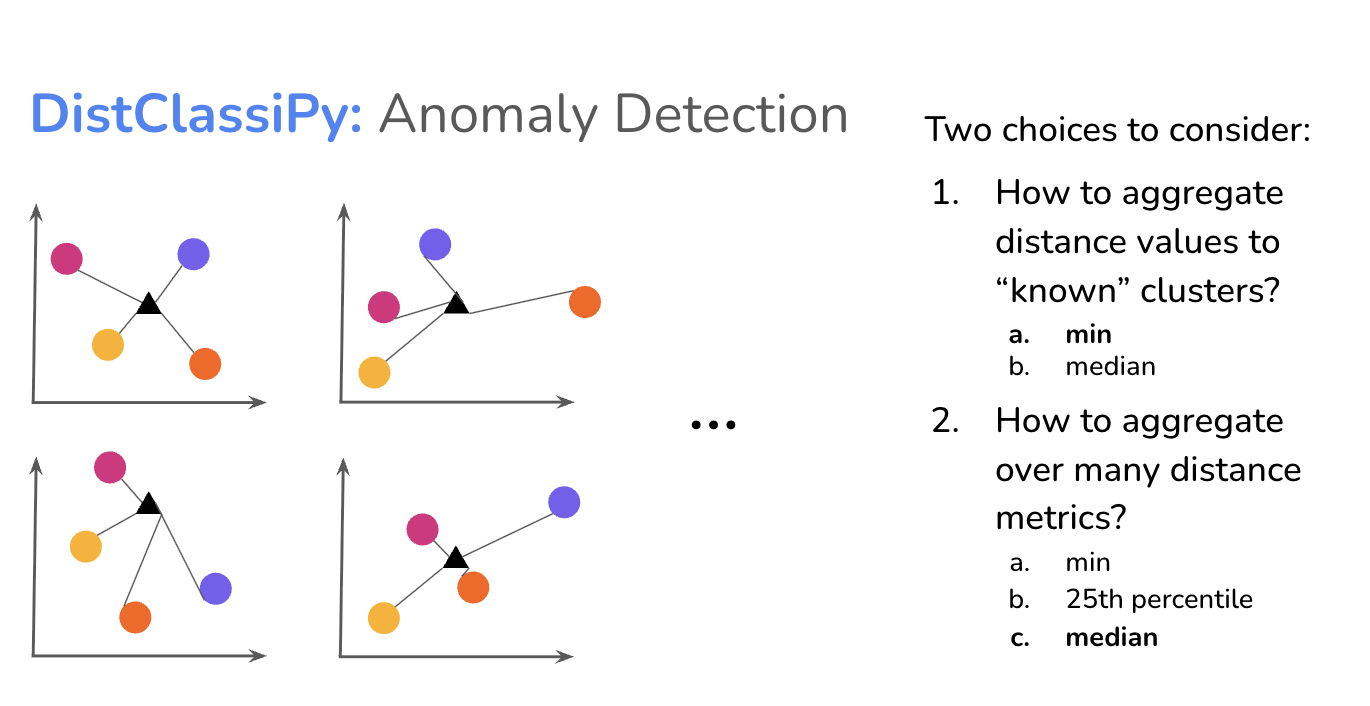
Siddarth Chiaini, UDelaware


FASTlab Flash highlight


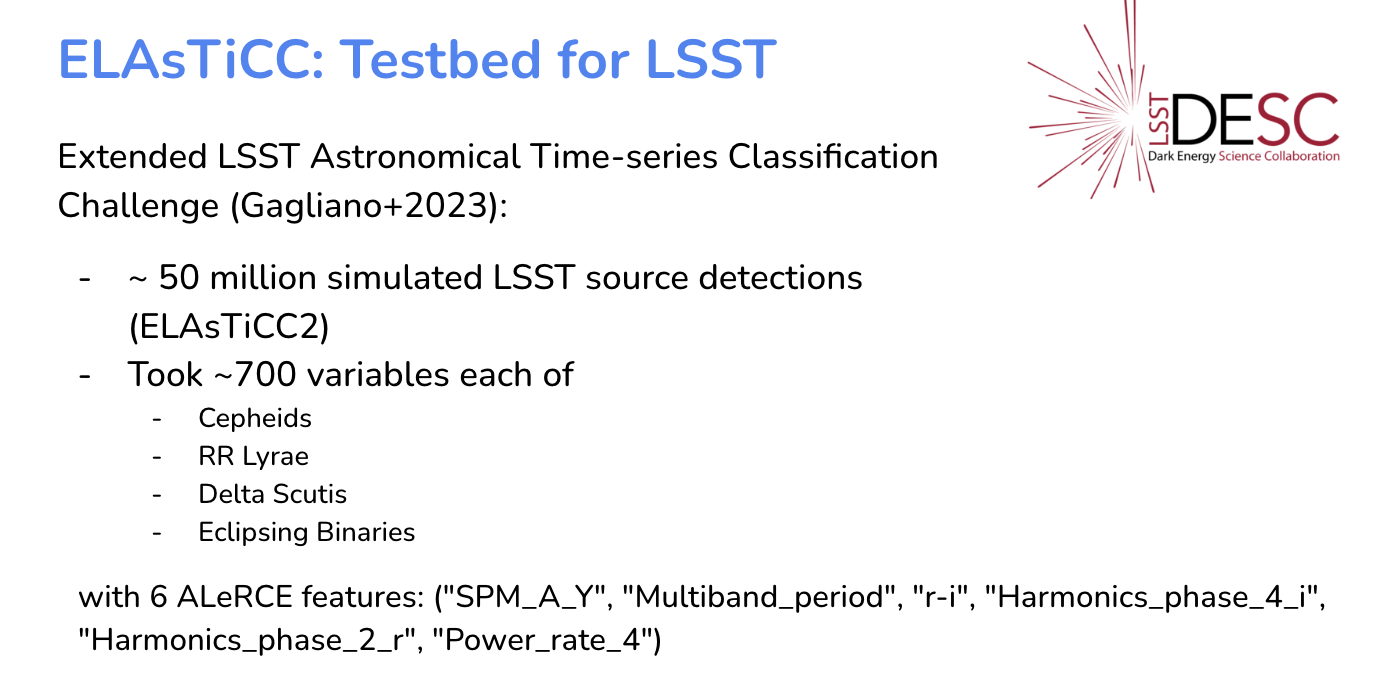
Siddarth Chiaini, UDelaware

FASTlab Flash highlight

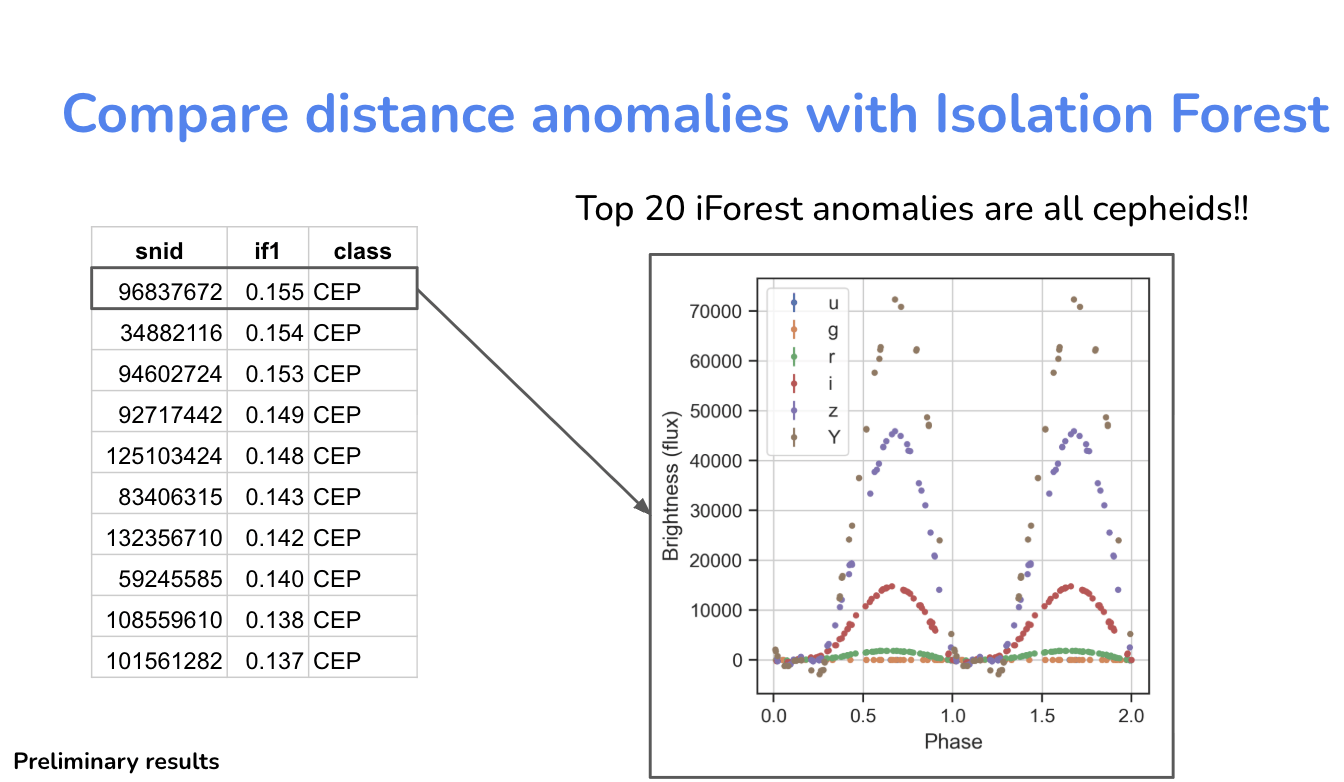
Siddarth Chiaini, UDelaware

FASTlab Flash highlight


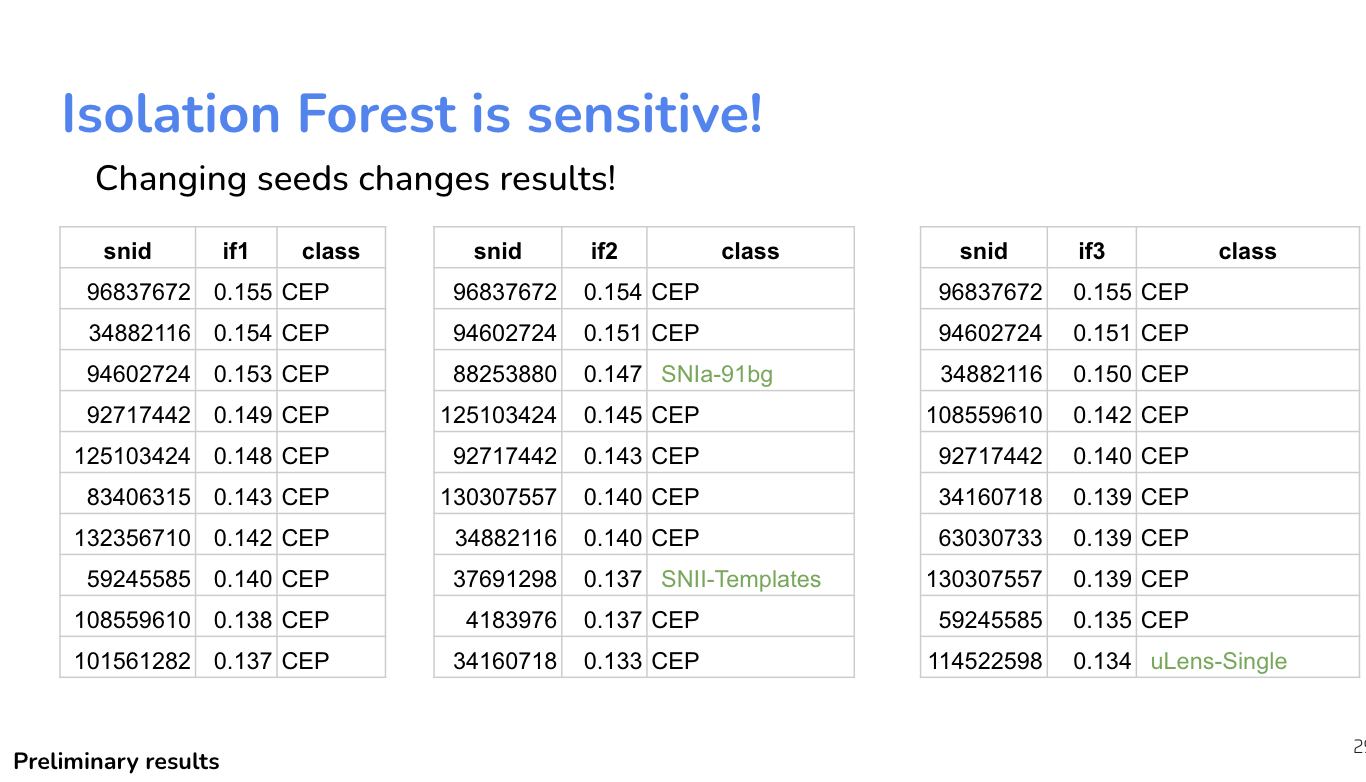
Siddarth Chiaini, UDelaware

FASTlab Flash highlight



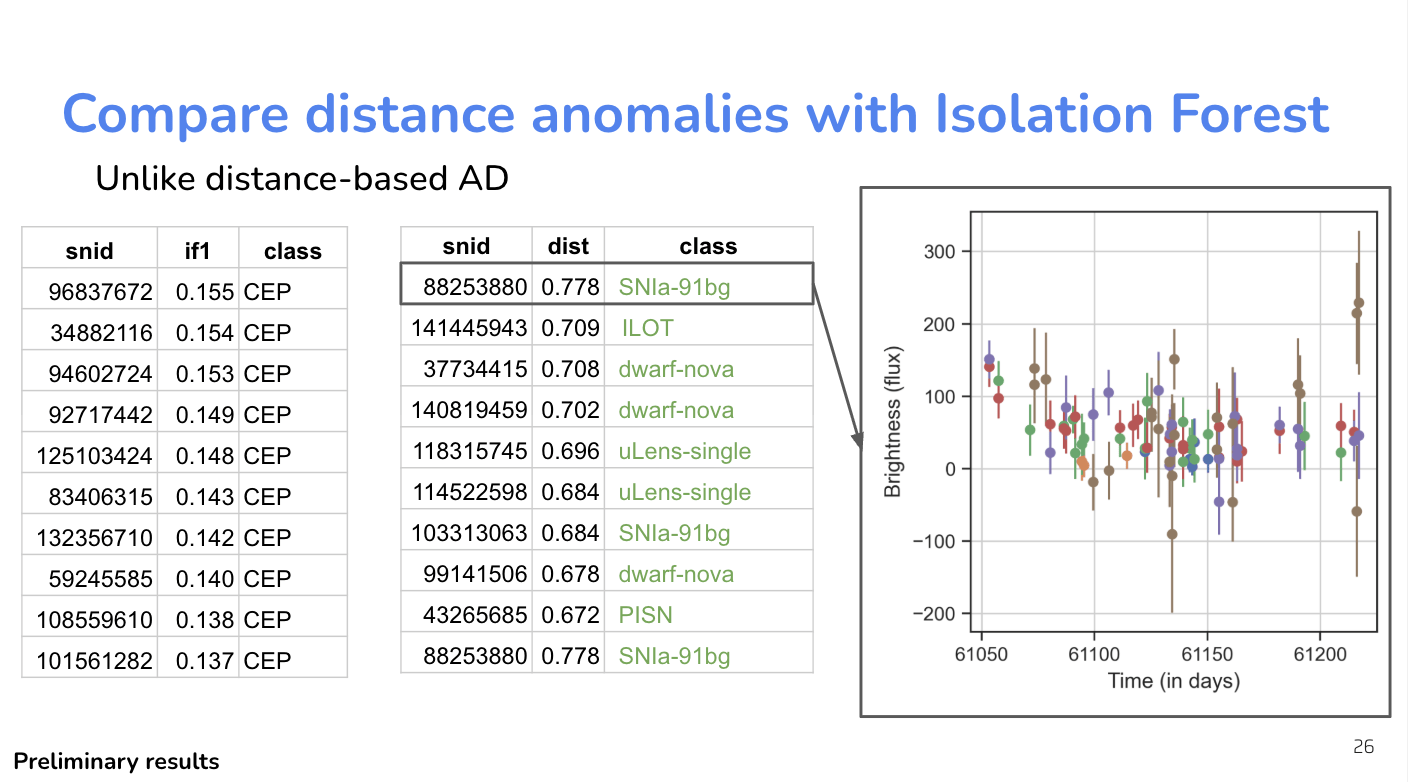
Text
This distance based methods can find true out of set anomalies, not just unusal presentatios of the usual physicis!
And its "explainable"!
When they go high, we go low... spectra classification at low resolution

Astrophysical spectra require the capture of enough photons at each wavelength:
large telescopes
long exposure times
bright objects

Willow Fox Fortino
UDelaware
When they go high, we go low
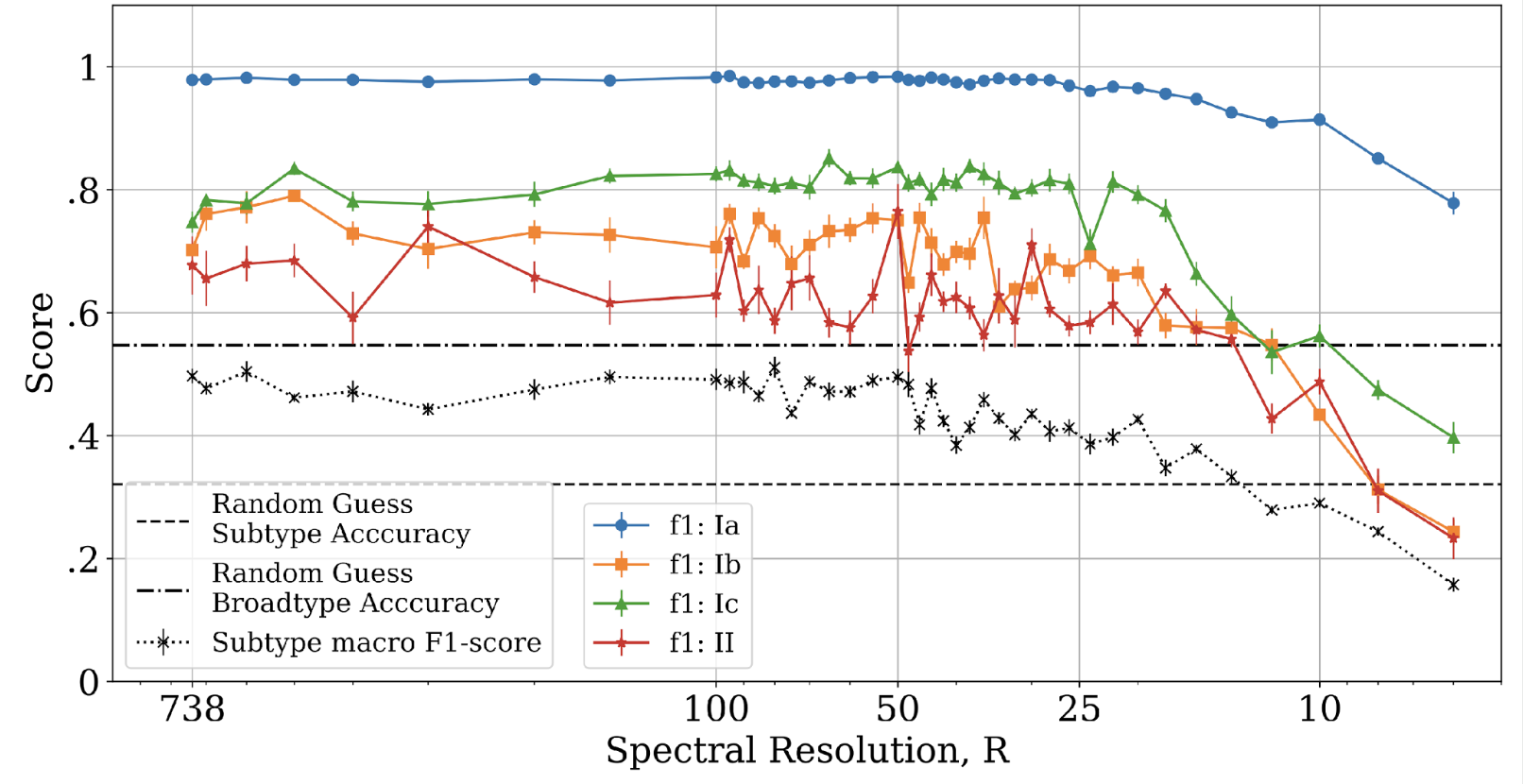
Classification power vs spectral resolution for SNe subtypes

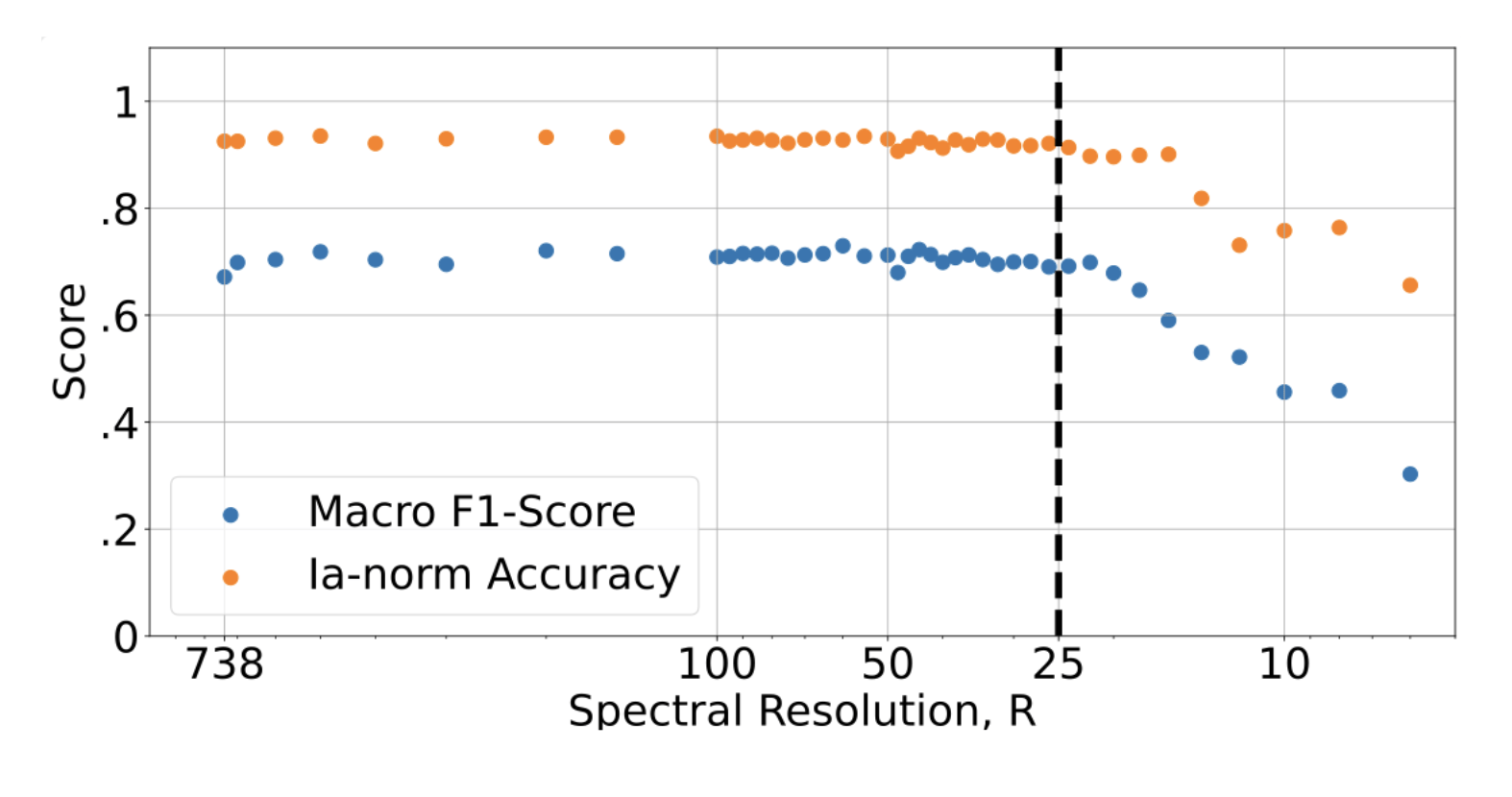


Willow Fox Fortino
UDelaware
When they go high, we go low

Classification power vs spectral resolution for SNe subtypes


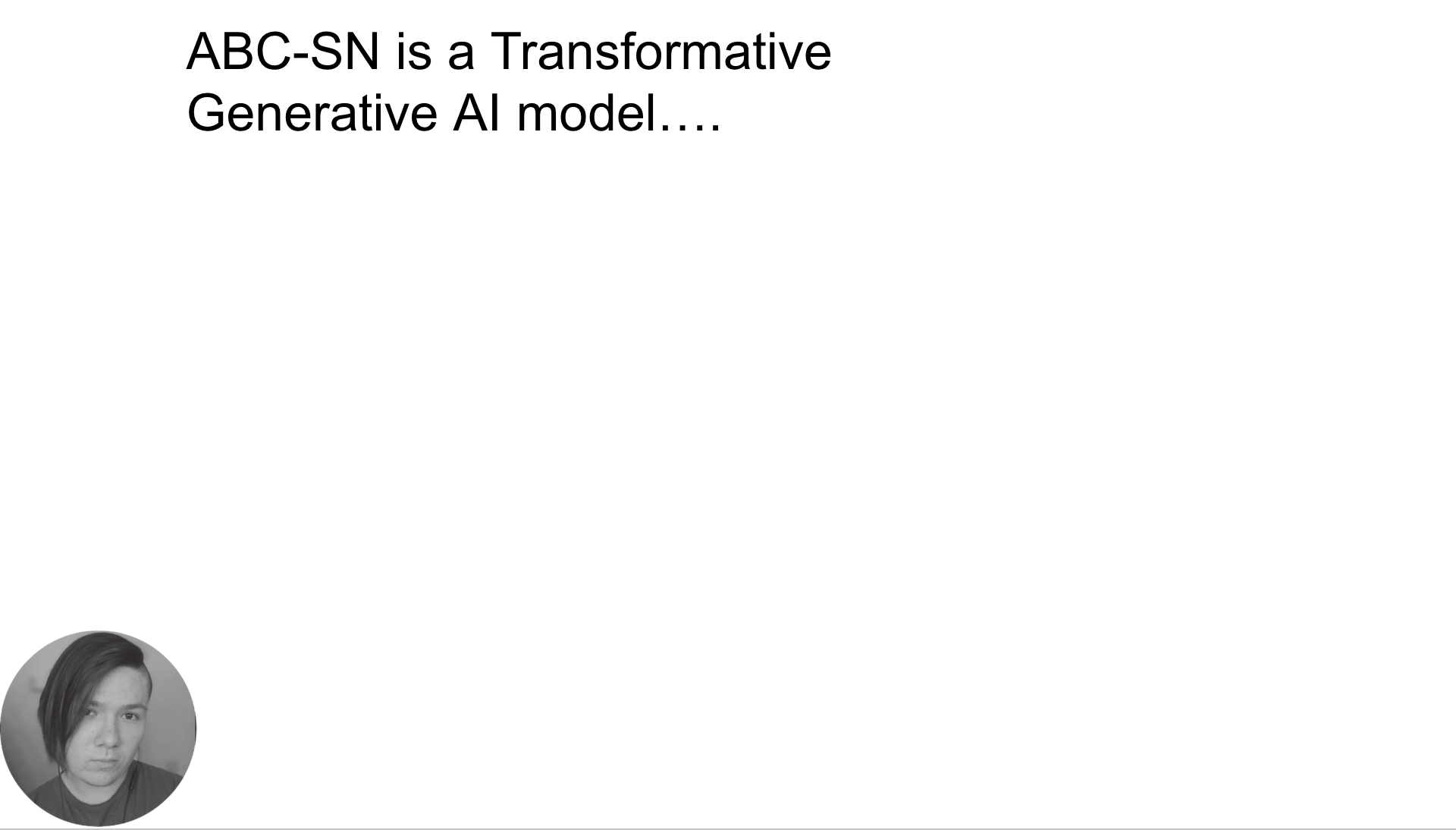



Willow Fox Fortino
UDelaware

Willow Fox Fortino
UDelaware
When they go high, we go low

Classification power vs spectral resolution for SNe subtypes



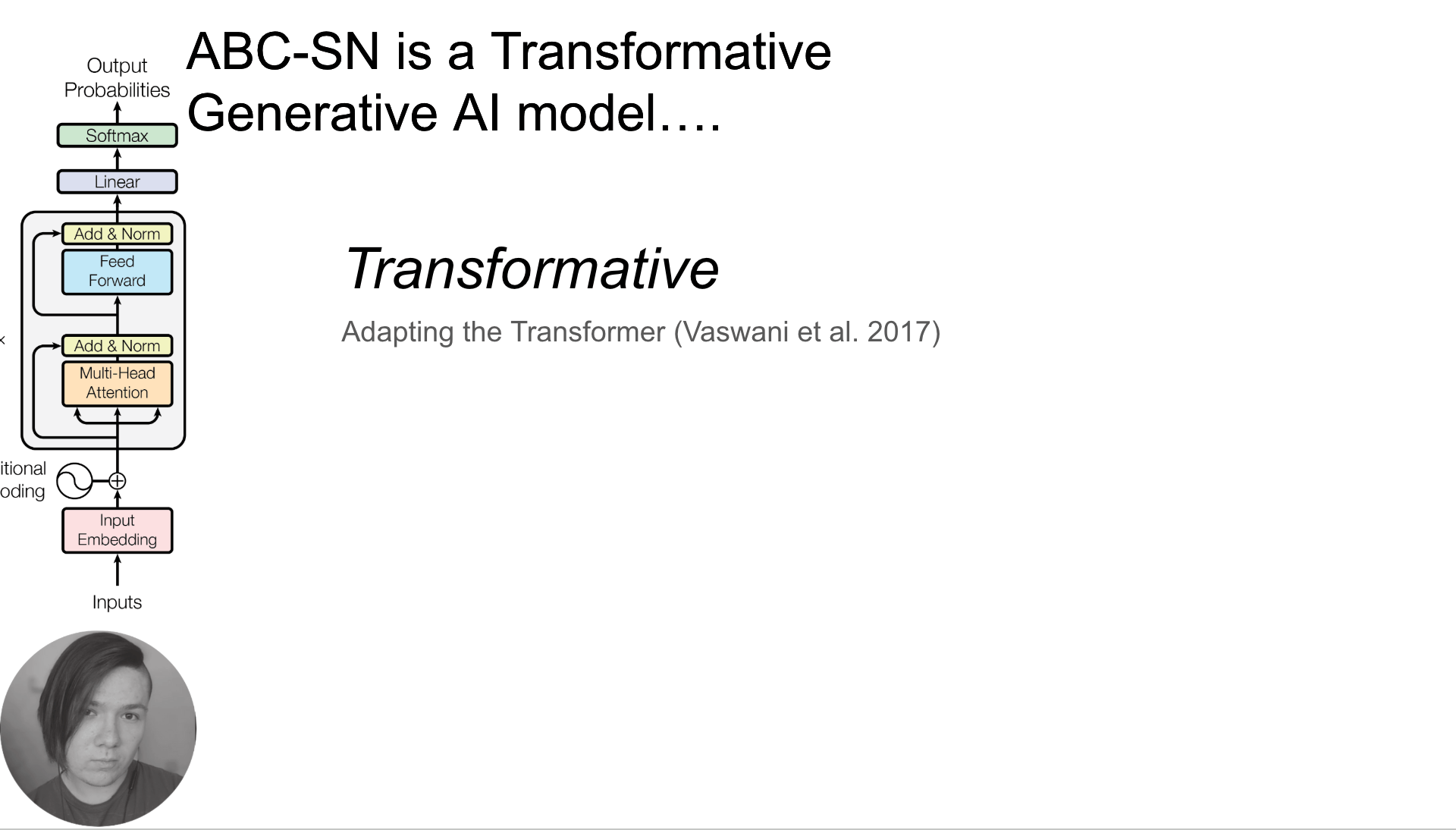


Willow Fox Fortino
UDelaware
Classification from sparse data: Lightcurves



Viswani 2017 Attention is all you need

AI was transformed in 2017 by this paper

Willow Fox Fortino
UDelaware
When they go high, we go low

Classification power vs spectral resolution for SNe subtypes




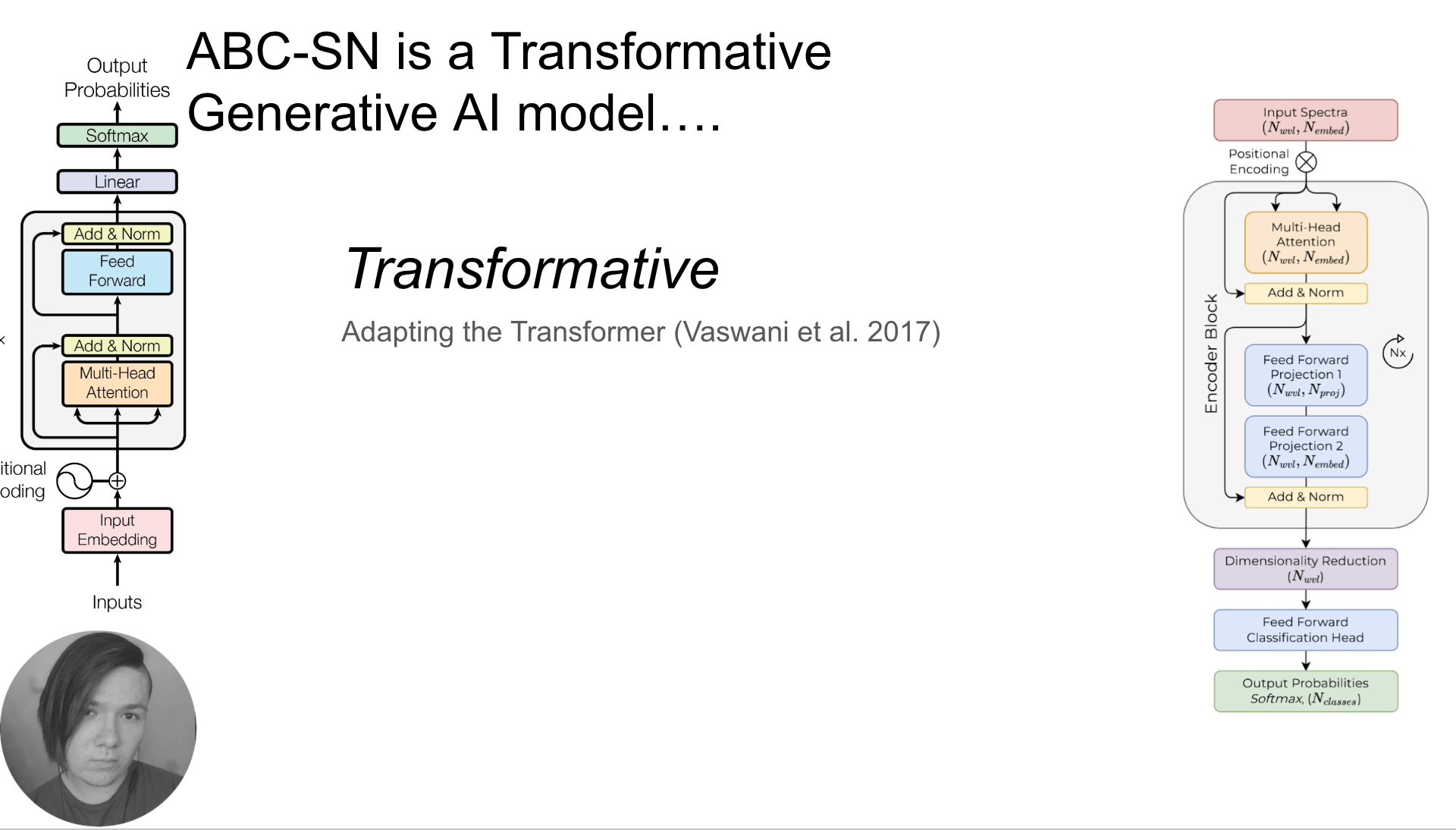
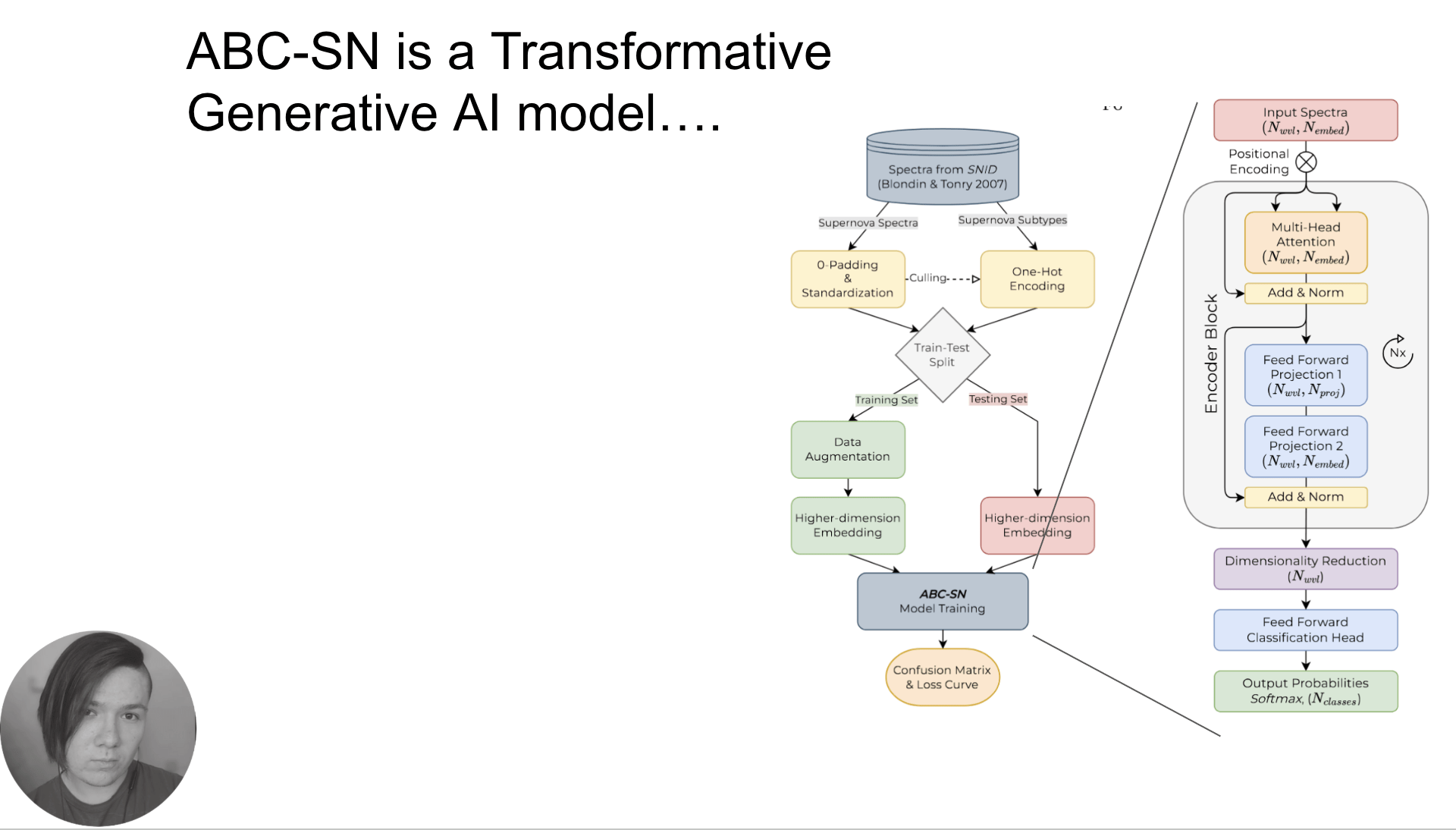



Willow Fox Fortino
UDelaware
When they go high, we go low

Classification power vs spectral resolution for SNe subtypes






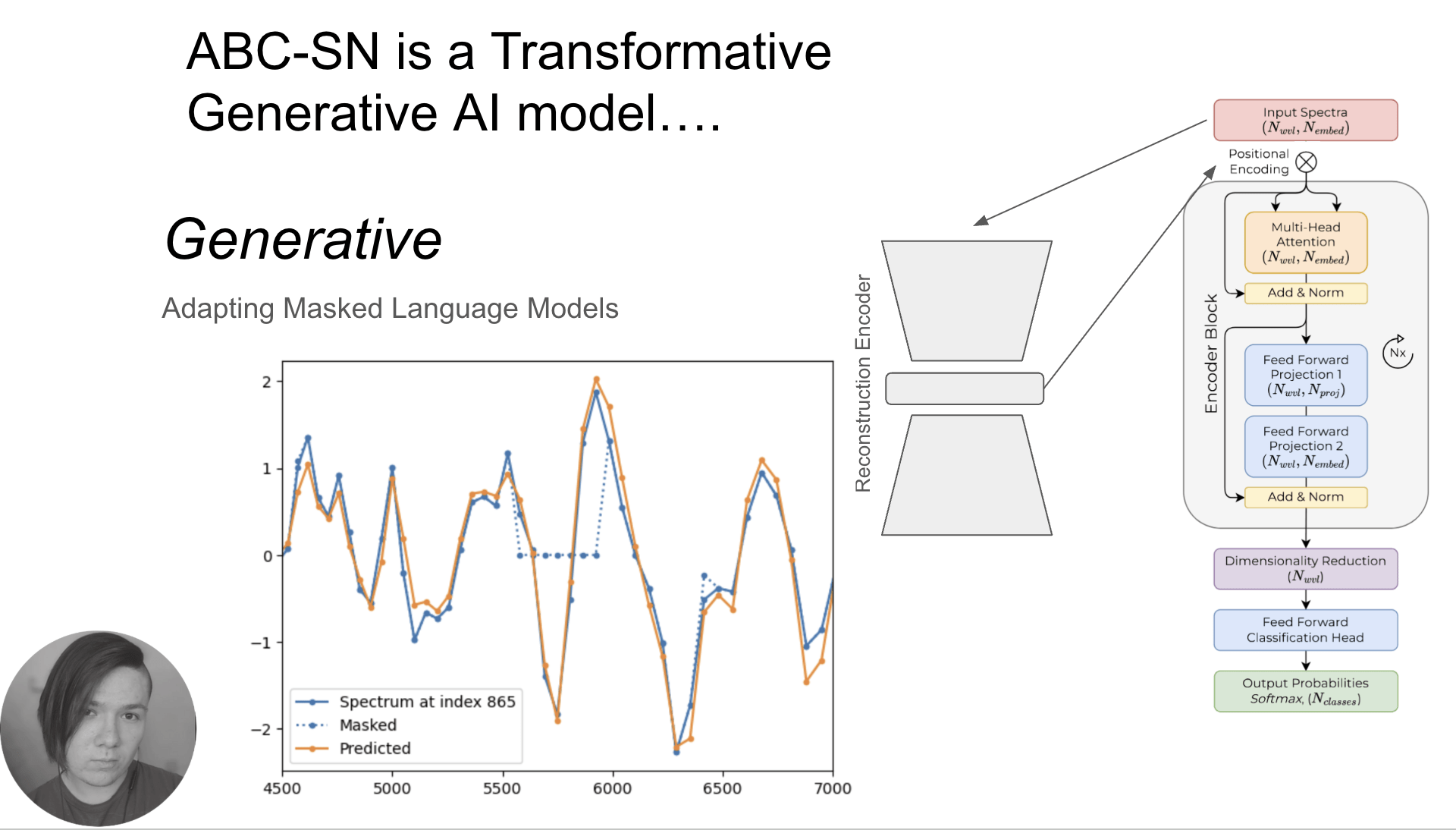


Willow Fox Fortino
UDelaware

Willow Fox Fortino
UDelaware
When they go high, we go low

Classification power vs spectral resolution for SNe subtypes

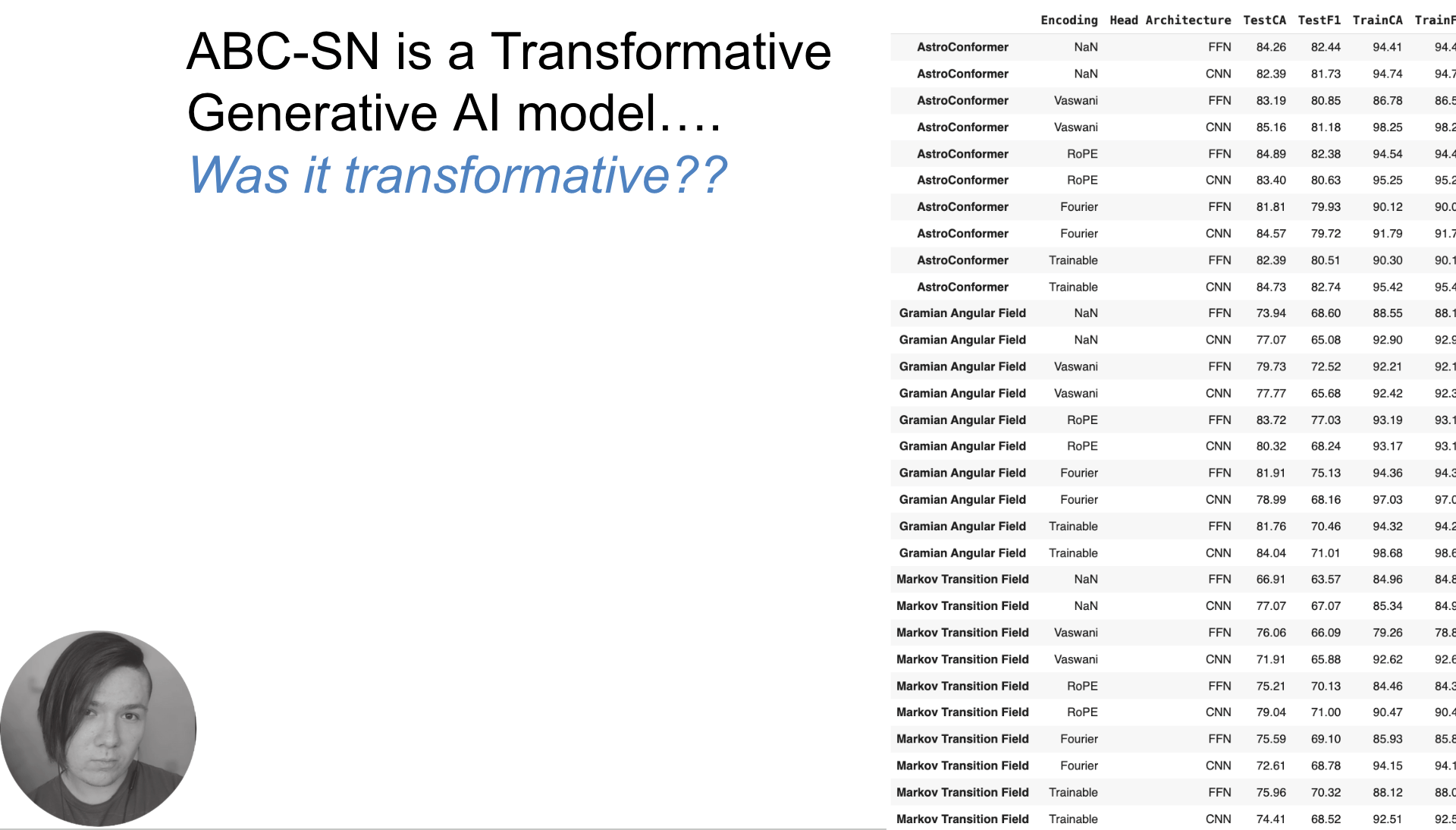


Willow Fox Fortino
UDelaware
Optimal deep learning architectures for transients' spectral classification
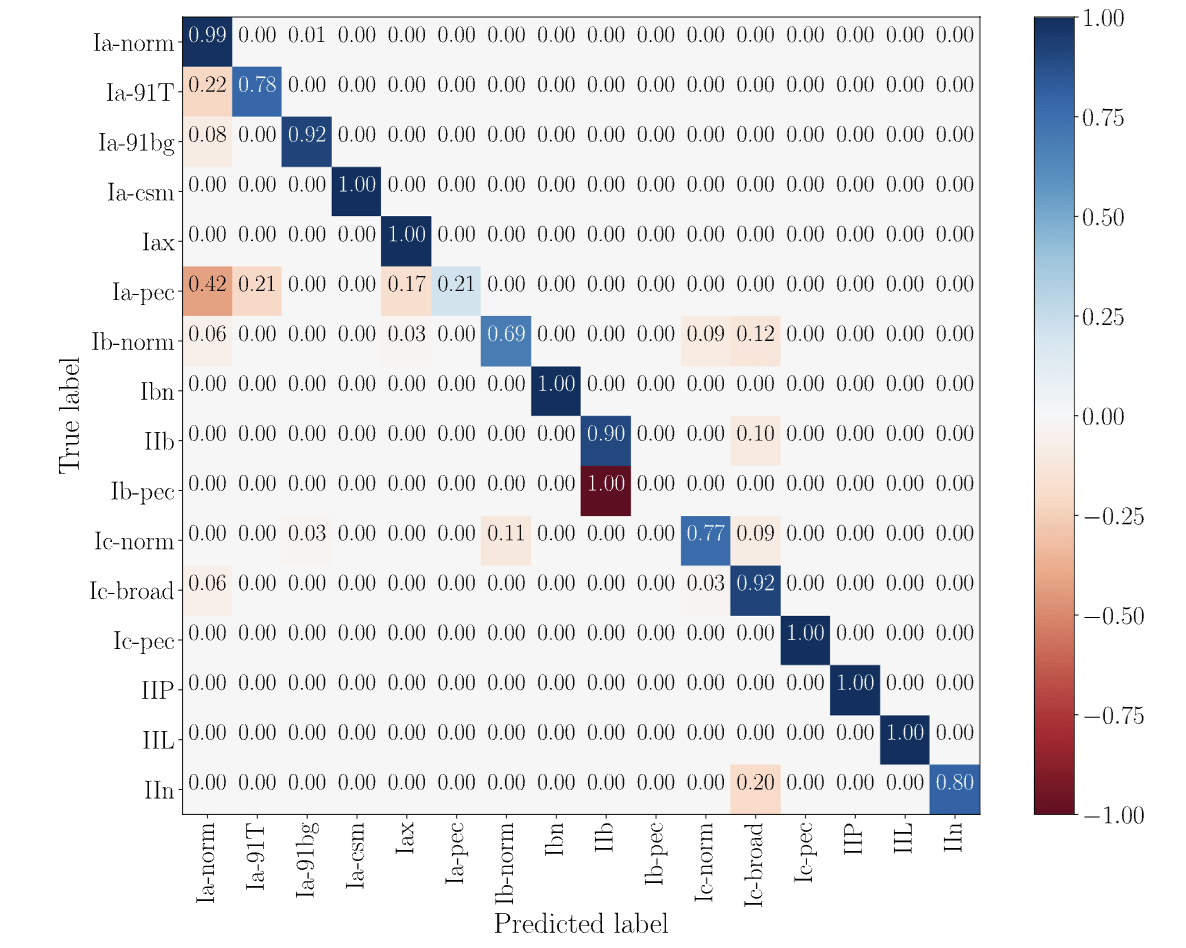
As seen in Muthukrishna+2019




Willow Fox Fortino
UDelaware
Optimal deep learning architectures for transients' spectral classification

As seen in Muthukrishna+2019




Willow Fox Fortino
UDelaware

As seen in Muthukrishna+2019


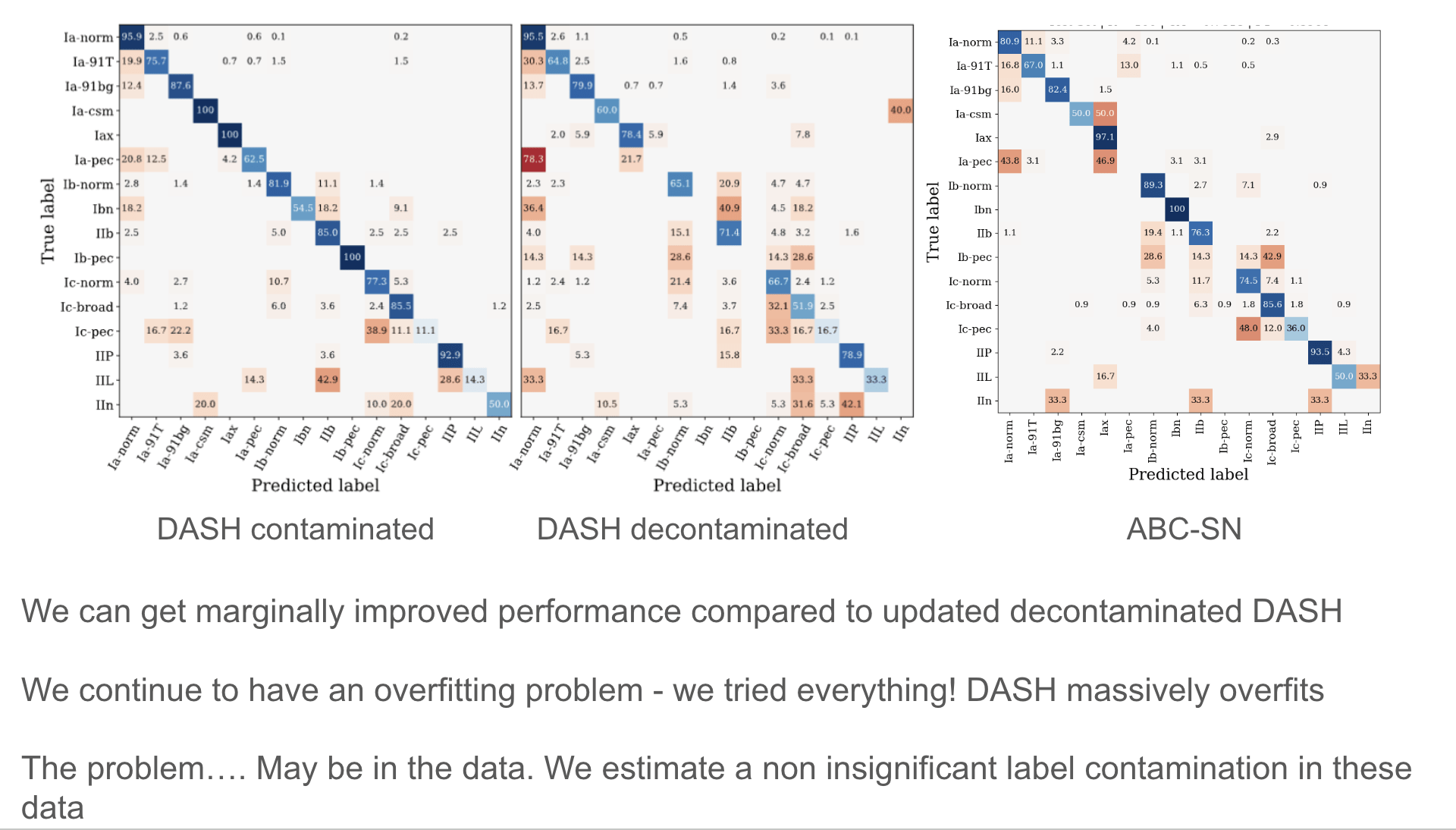

Text
A new AI-based classifier for SN spectra at low resolution
Willow Fox Fortino
UDelaware
Optimal deep learning architectures for transients' spectral classification


As seen in Muthukrishna+2019


Training a NN:
- labels are provided (e.g. SN Ia)
- epoch 1: NN guesses label by setting weights at random
- epoch 2-last: NN adjusts weights based on label distance (gradient descent)
Results are based on test data, unseen in training


Willow Fox Fortino
UDelaware
Optimal deep learning architectures for transients' spectral classification

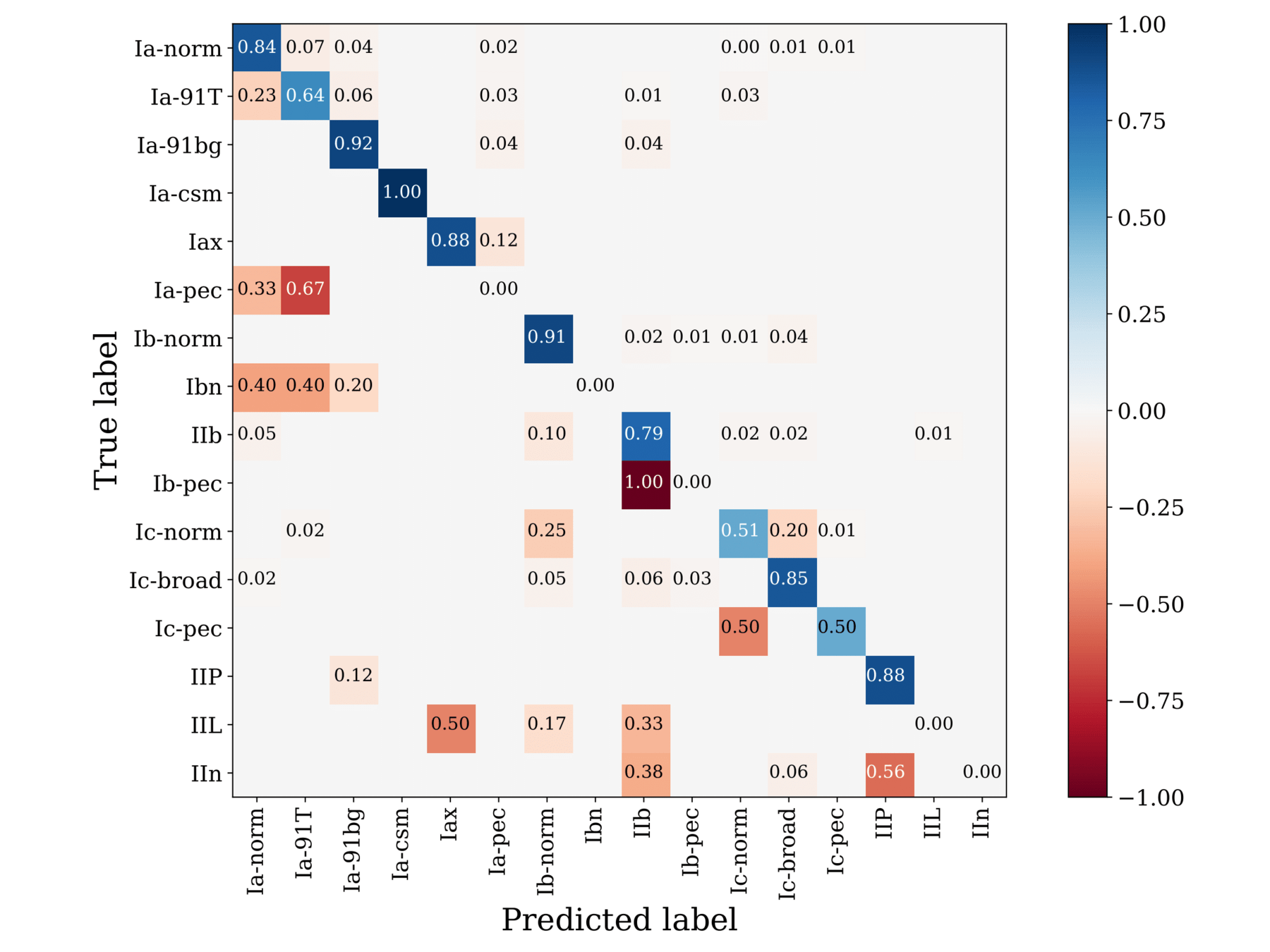
DASH model (M19)
Correcting training mistakes
(new baseline)
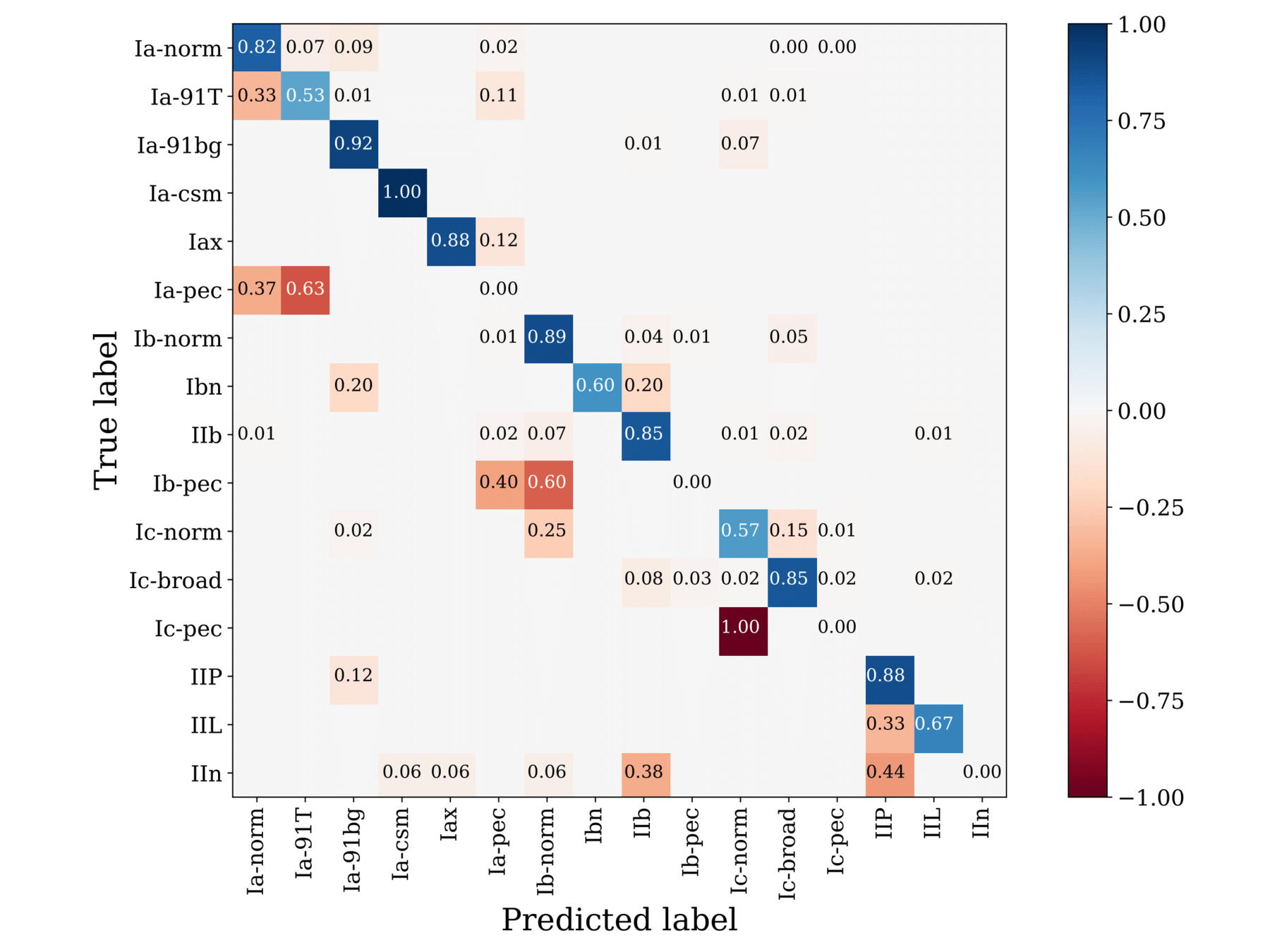
New Transformer model
(Fortino+ in prep)

(Transformer as in... ChatGPT)
Fast transients with LSST
The violent and rapidly varying radiation from black holes, neutron stars, and white dwarfs makes them promising targets for high time resolution imaging.
Thomas and Kahn, 2018
Additional targets
- cataclysmic variable stars,
- X-ray binary stars,
- flare stars,
- blazars
- Fast Radio Bursts
- technosignatures

cepheid


cepheid
Stellar flares are short lived (~minutes) brightening events caused by magnetic reconnections in stars' atmospheres. Stellar flare impact planetary habitability. Fast and unpredictable, they are hard to study and their physical properties, like temperature, are poorly constrained.

atmosphere-aided studies with LSST

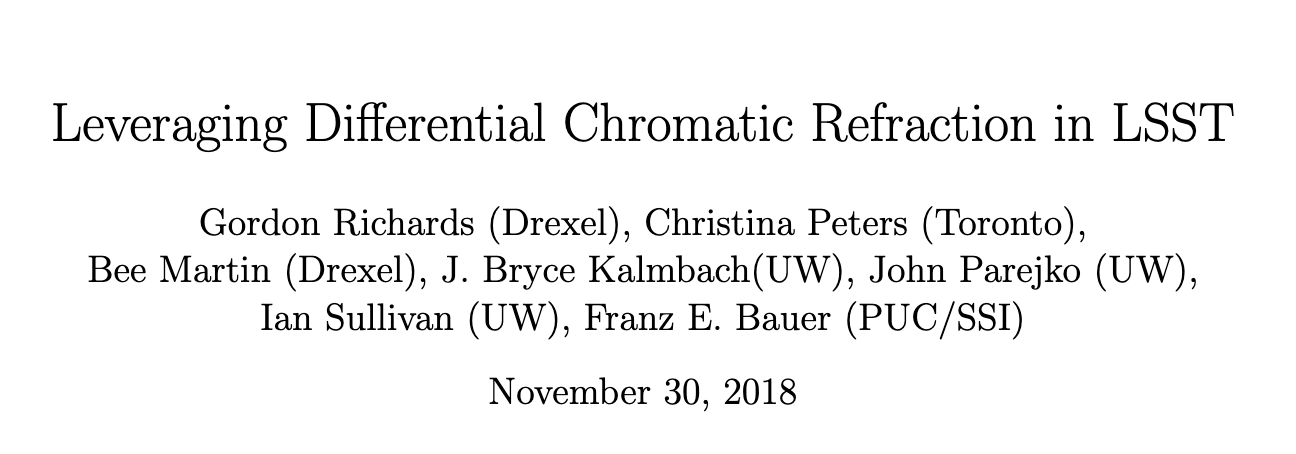

Quasars redshift
via spectral features falling in different observation bands
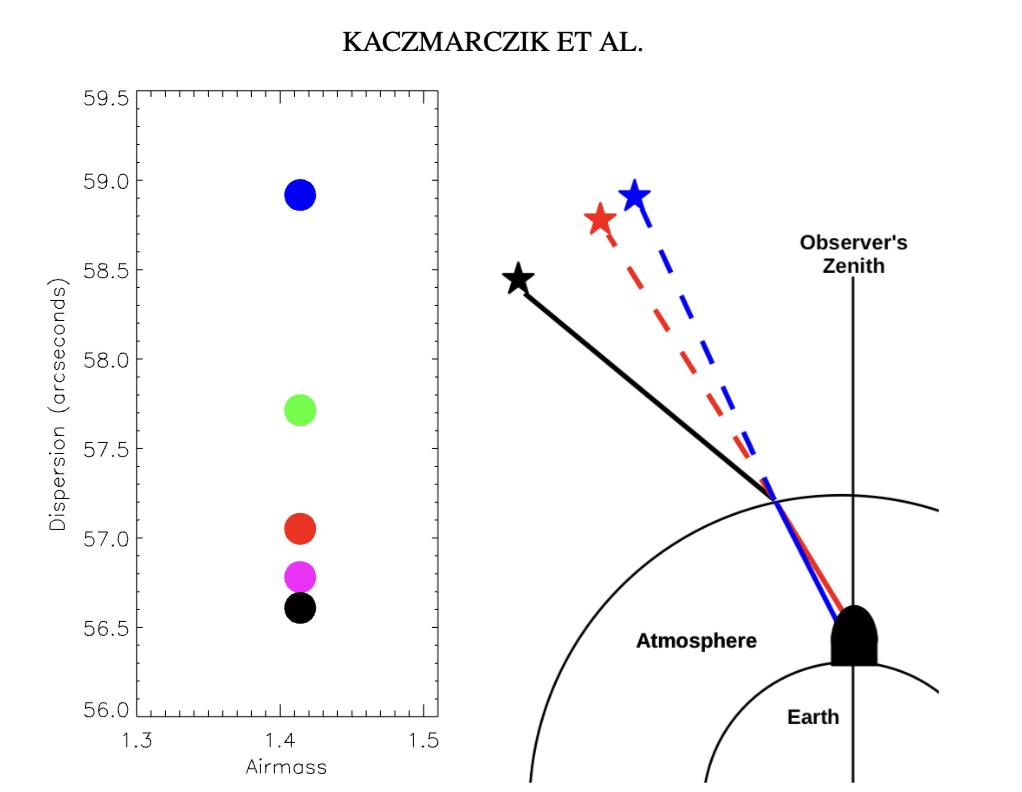
dDCR color Flare temperature

atmosphere-aided studies with LSST
Riley Clarke, UDelware
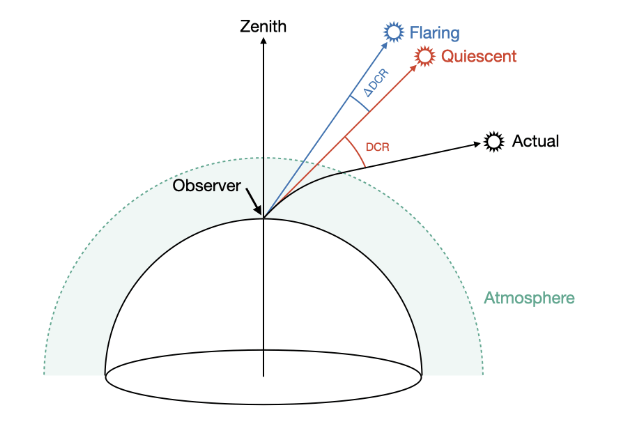
dM Flare energy
dDCR color Flare temperature

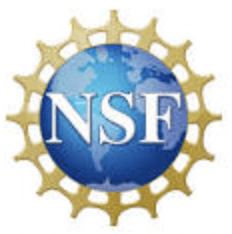
NSF Award #2308016
Riley Clarke et al. 2024 ApJS

on the job market!

LSST ΔDCR detectability
Riley Clarke, UDelware

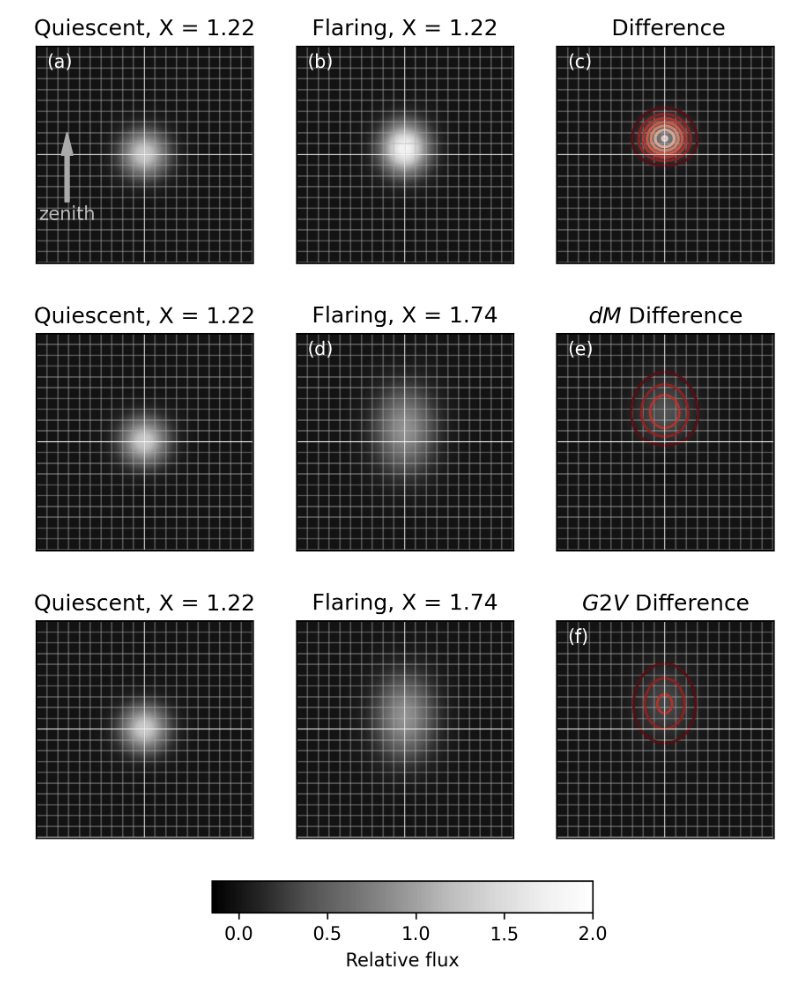
on the job market!
atmosphere-aided studies with LSST
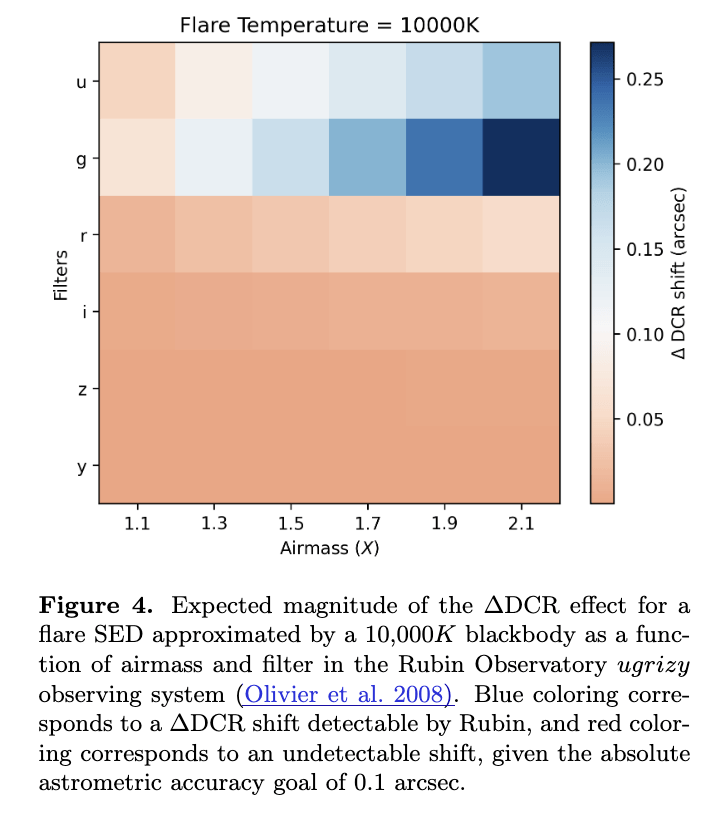



LSST ΔDCR detectability

atmosphere-aided studies with LSST
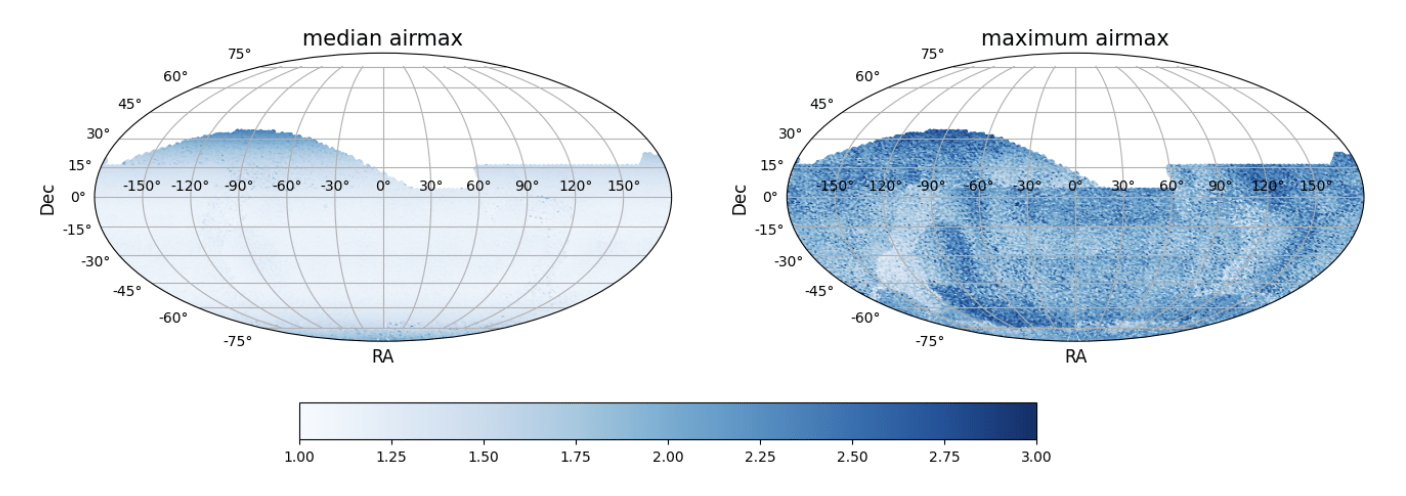
Riley Clarke, UDelware



Riley Clarke, UDelware


Stars that flare ΔDCR
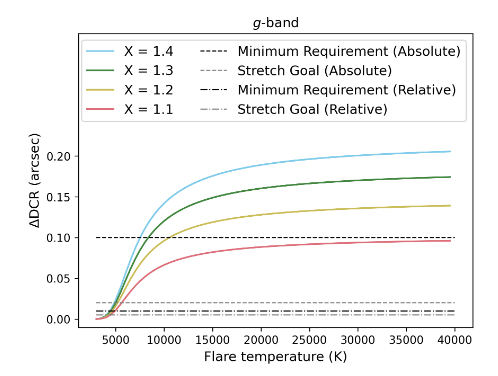
Stars that flare ΔDCR
on the job market!

Riley Clarke, UDelware

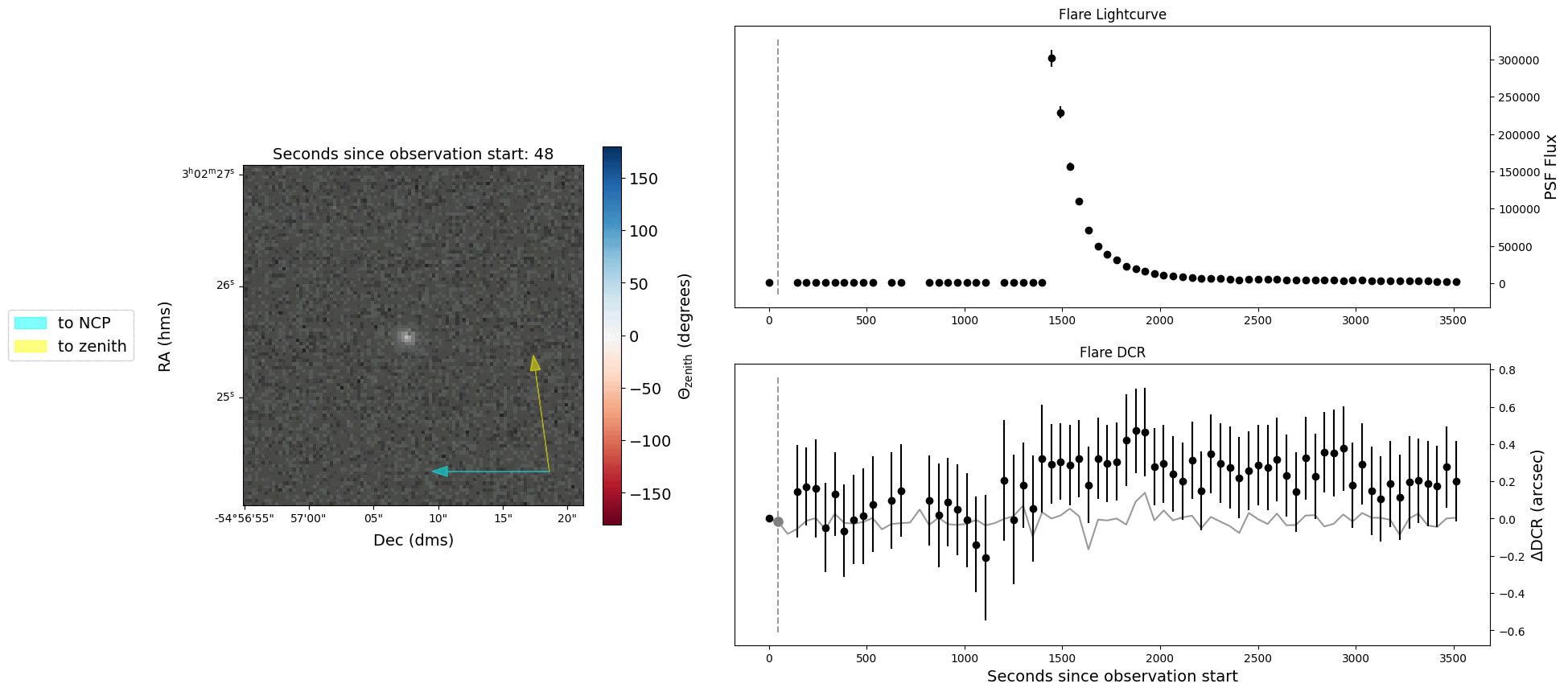
DWF030225.574-545707.456_1251218


Riley Clarke, UDelware
on the job market!

DWF030225.574-545707.456_1251218
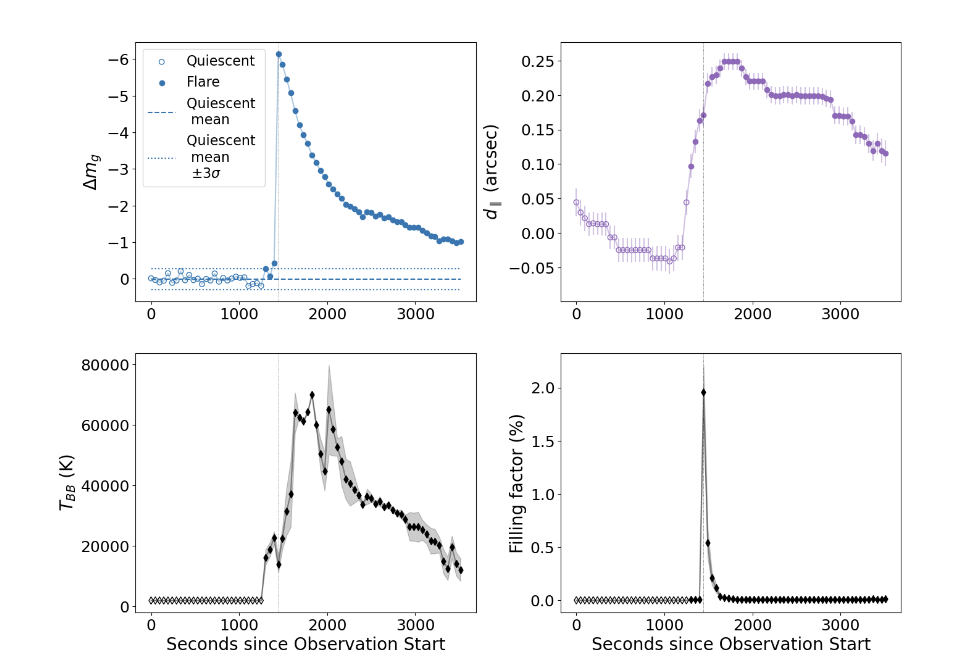

https://arxiv.org/abs/2507.19584 ApJL in press


STAND UP FOR SCIENCE
PEOPLE
A community of practice funded on principles of Equity, Inclusivity, Cooperation


A dystopian present, not future
what's in a name?

The first ground-based national US observatory named after a woman, Dr. Vera C. Rubin

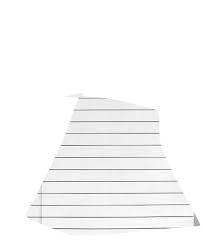

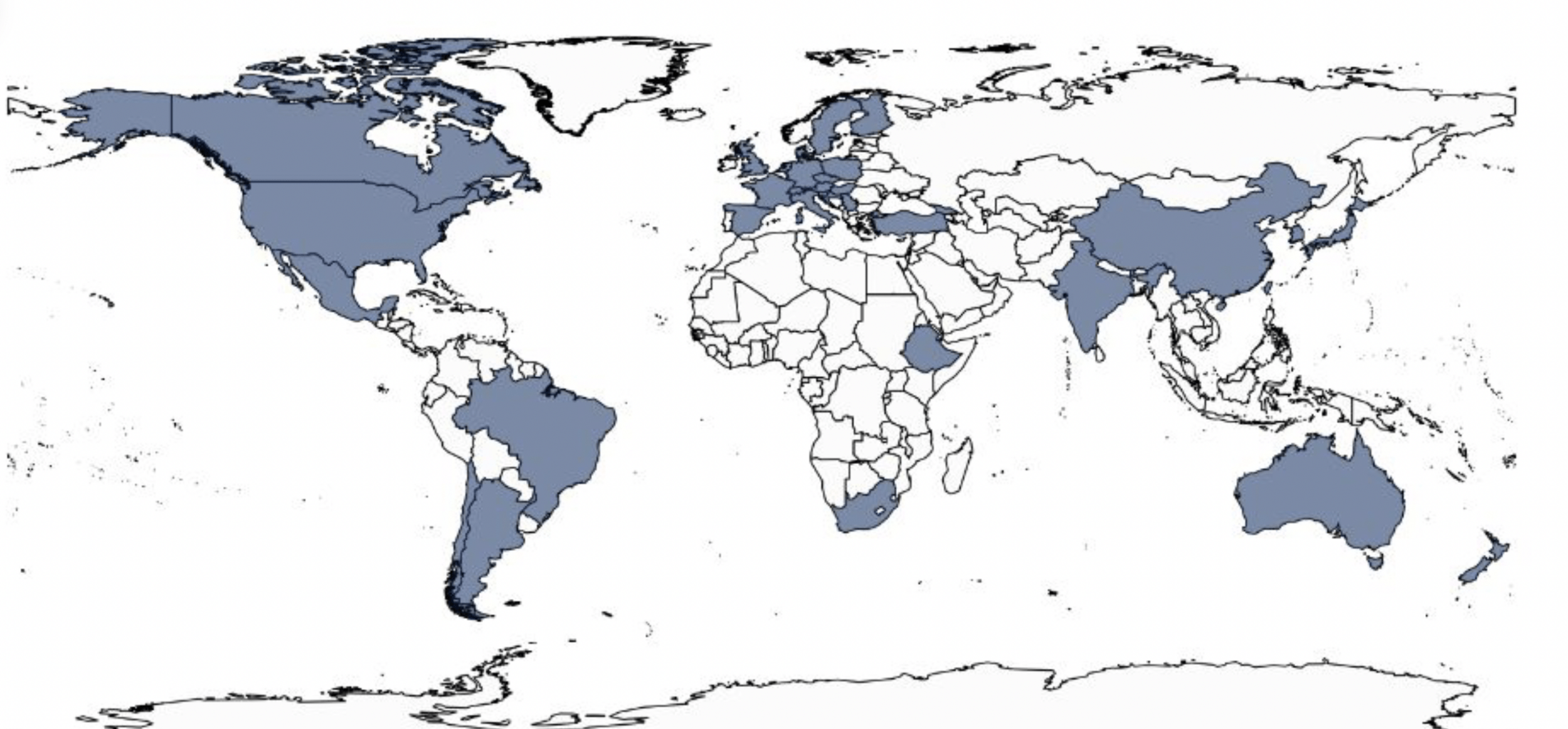
An international community of practice built on principles of cooperation, equity, and solidarity
is a word I am borrowing from Margaret Atwood to describe the fact that the future is us.
However loathsome or loving we are, so will we be.
Whereas utopias are the stuff of dream dystopias are the stuff of nightmares, ustopias are what we create together when we are wide awake

US-TOPIA
thank you!
University of Delaware
Department of Physics and Astronomy
Biden School of Public Policy and Administration
Data Science Institute
federica bianco
